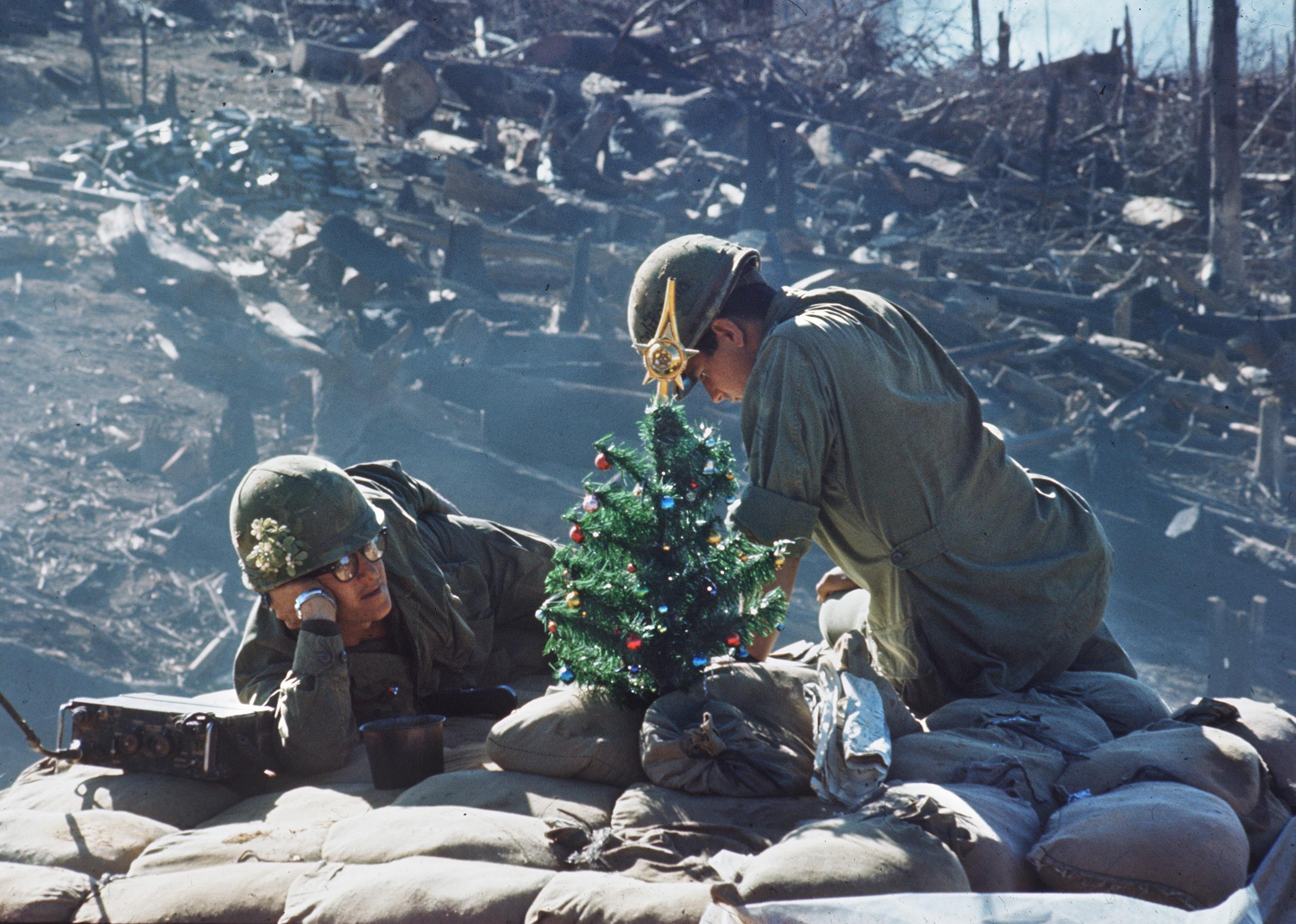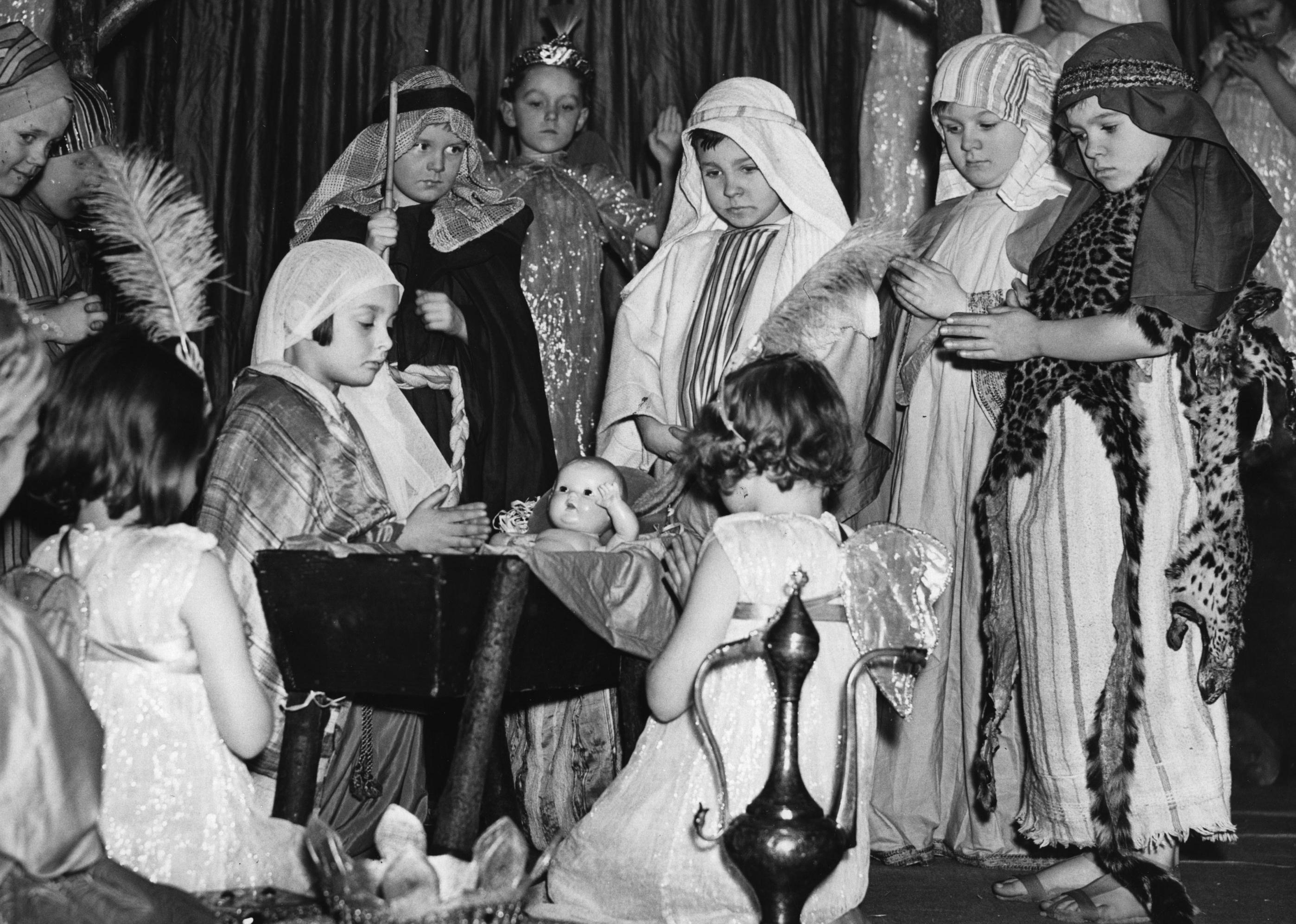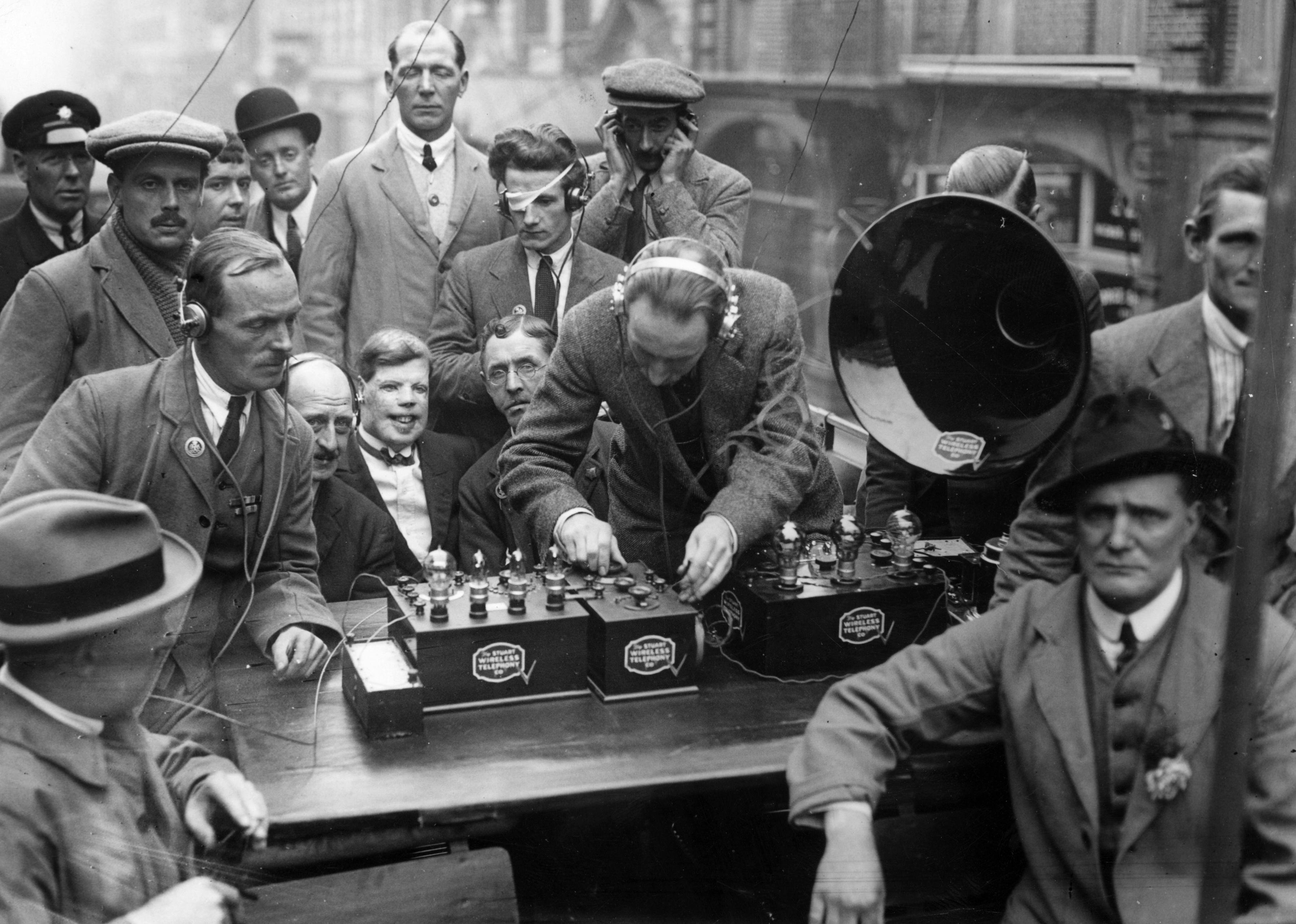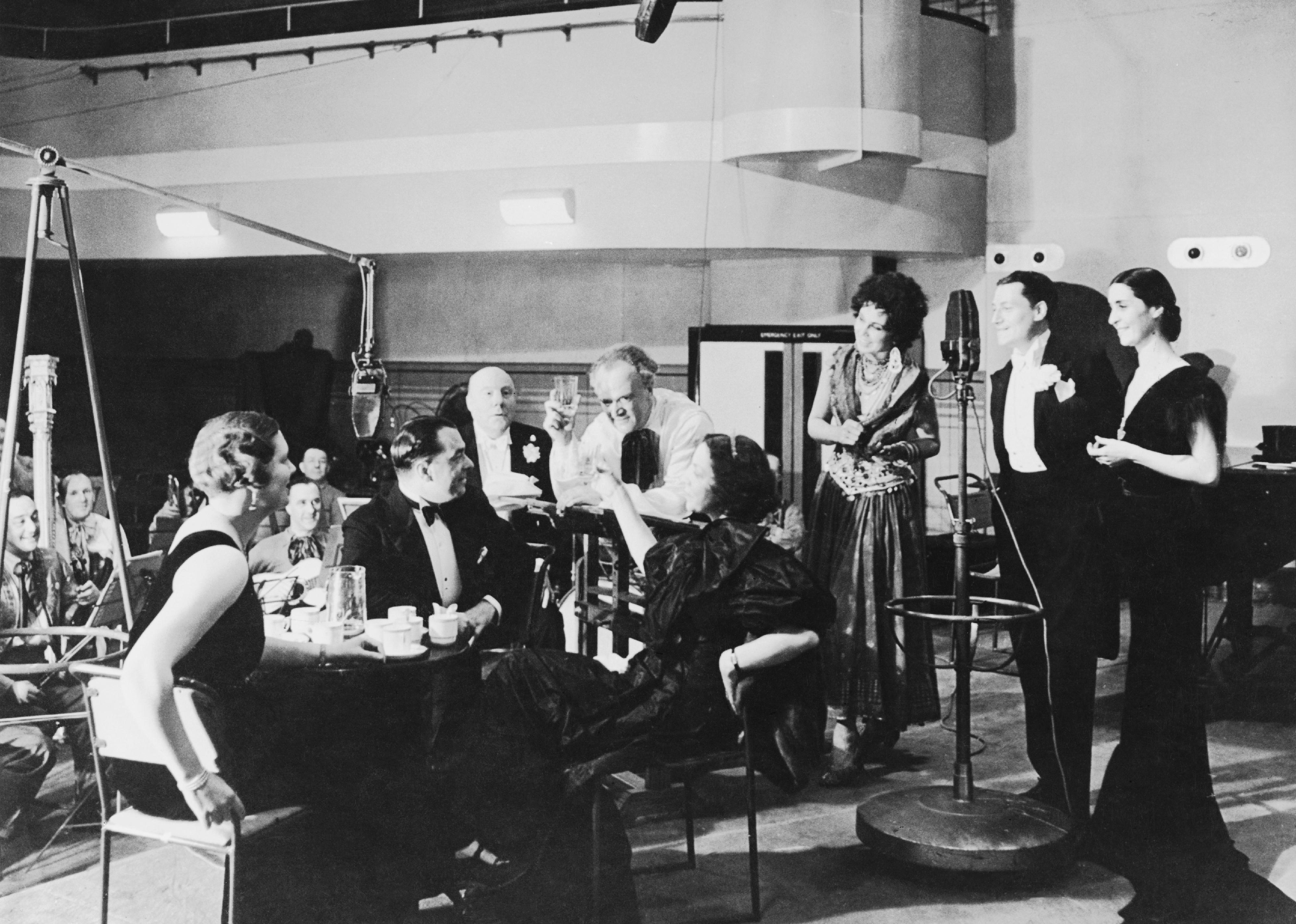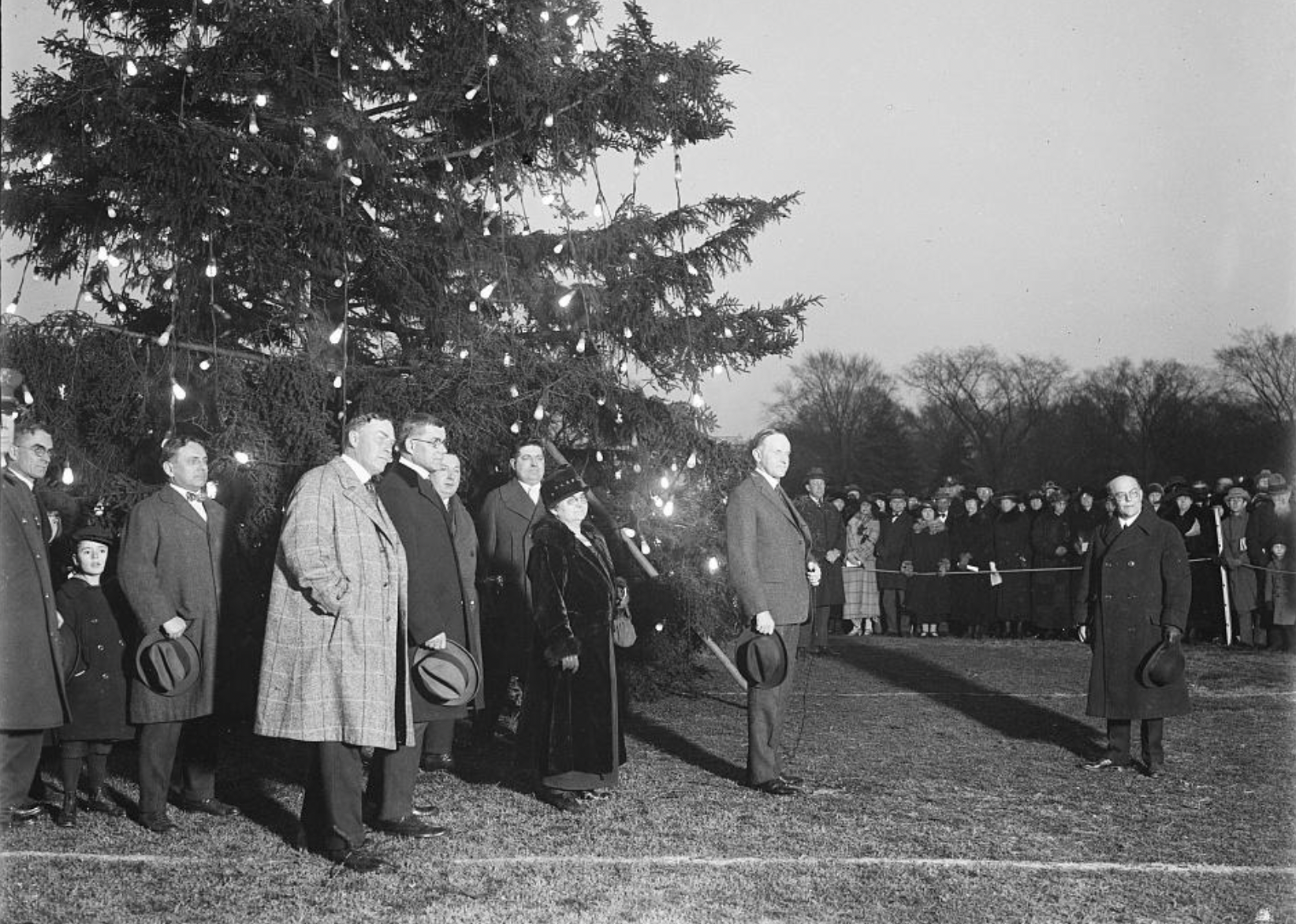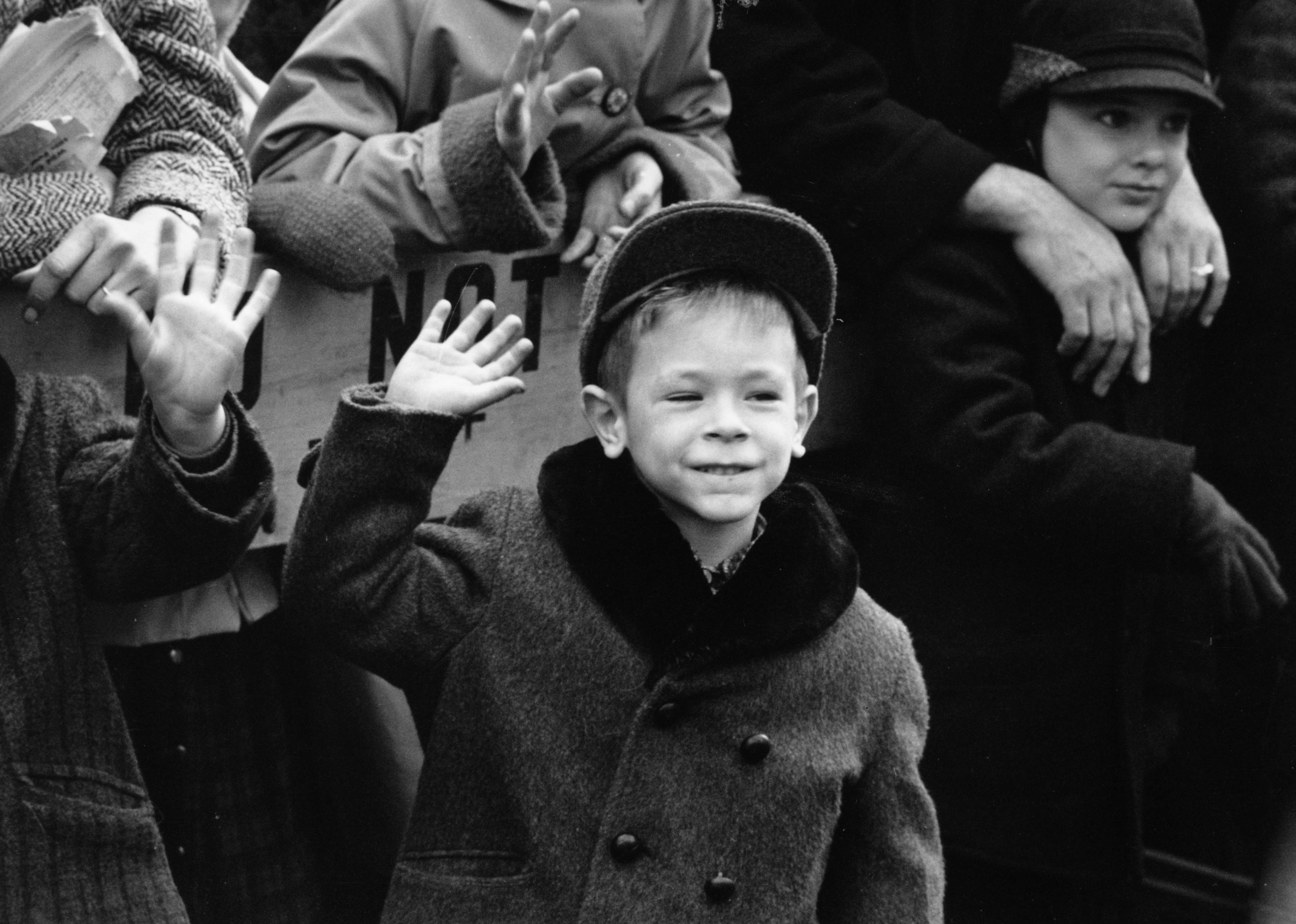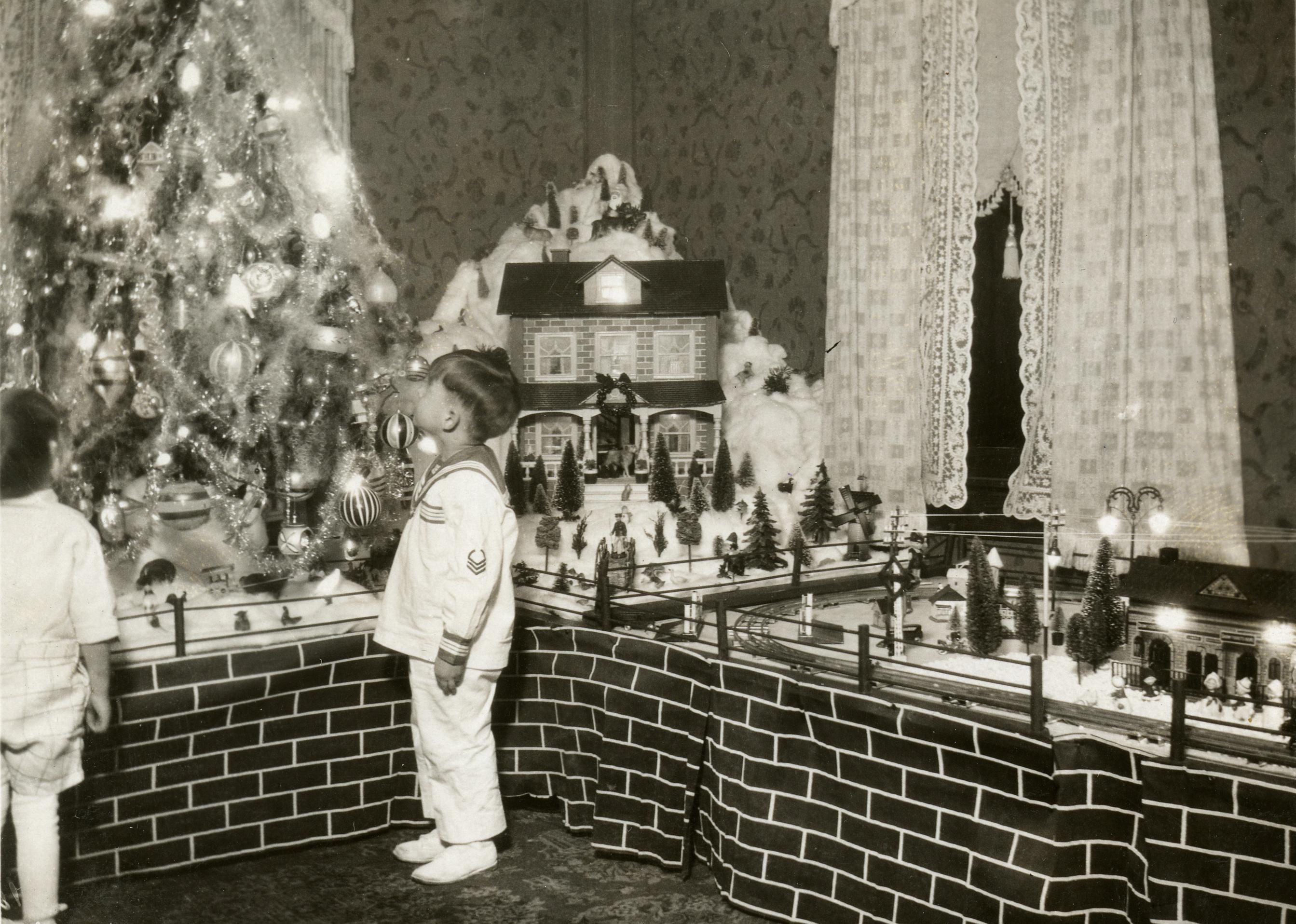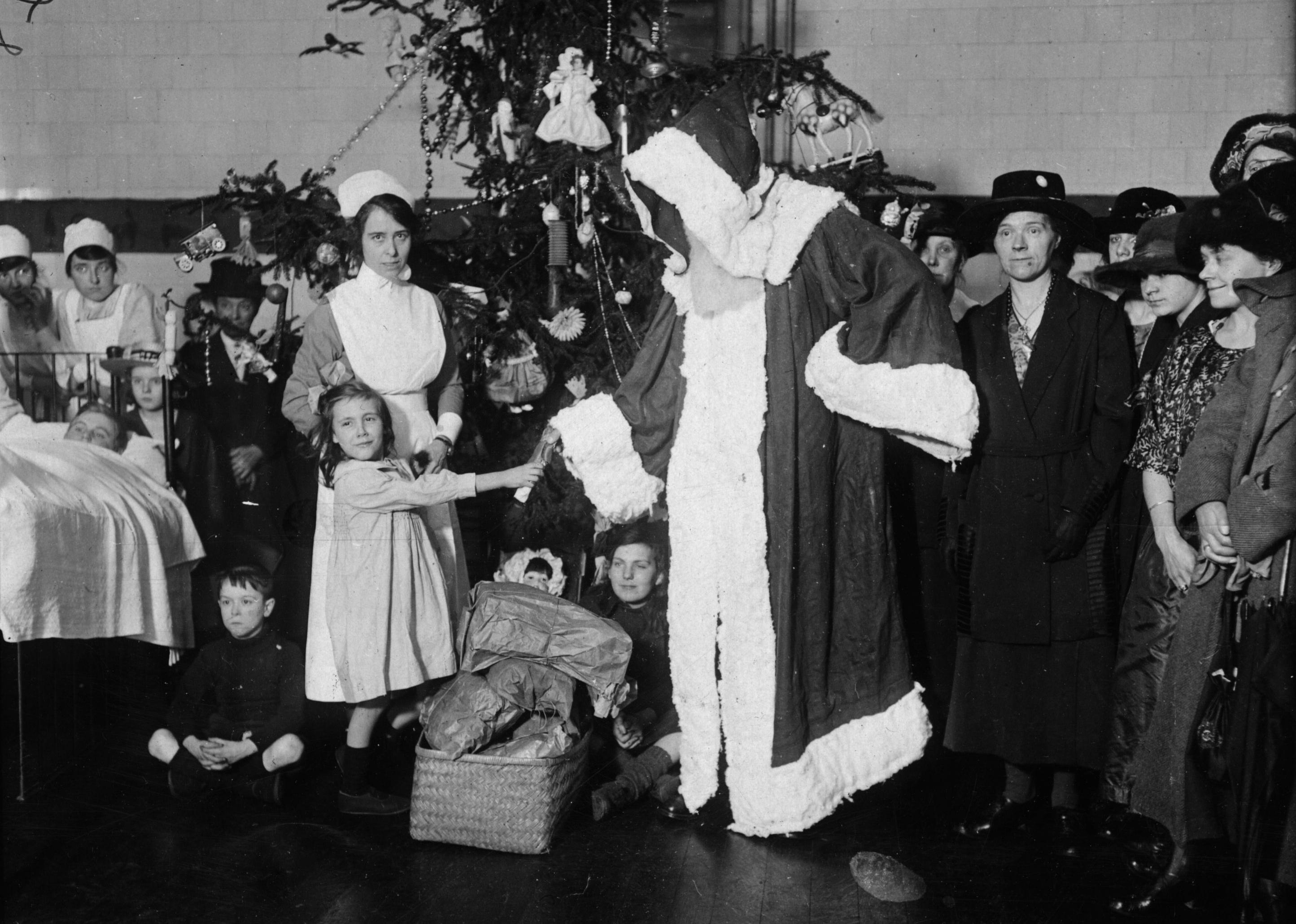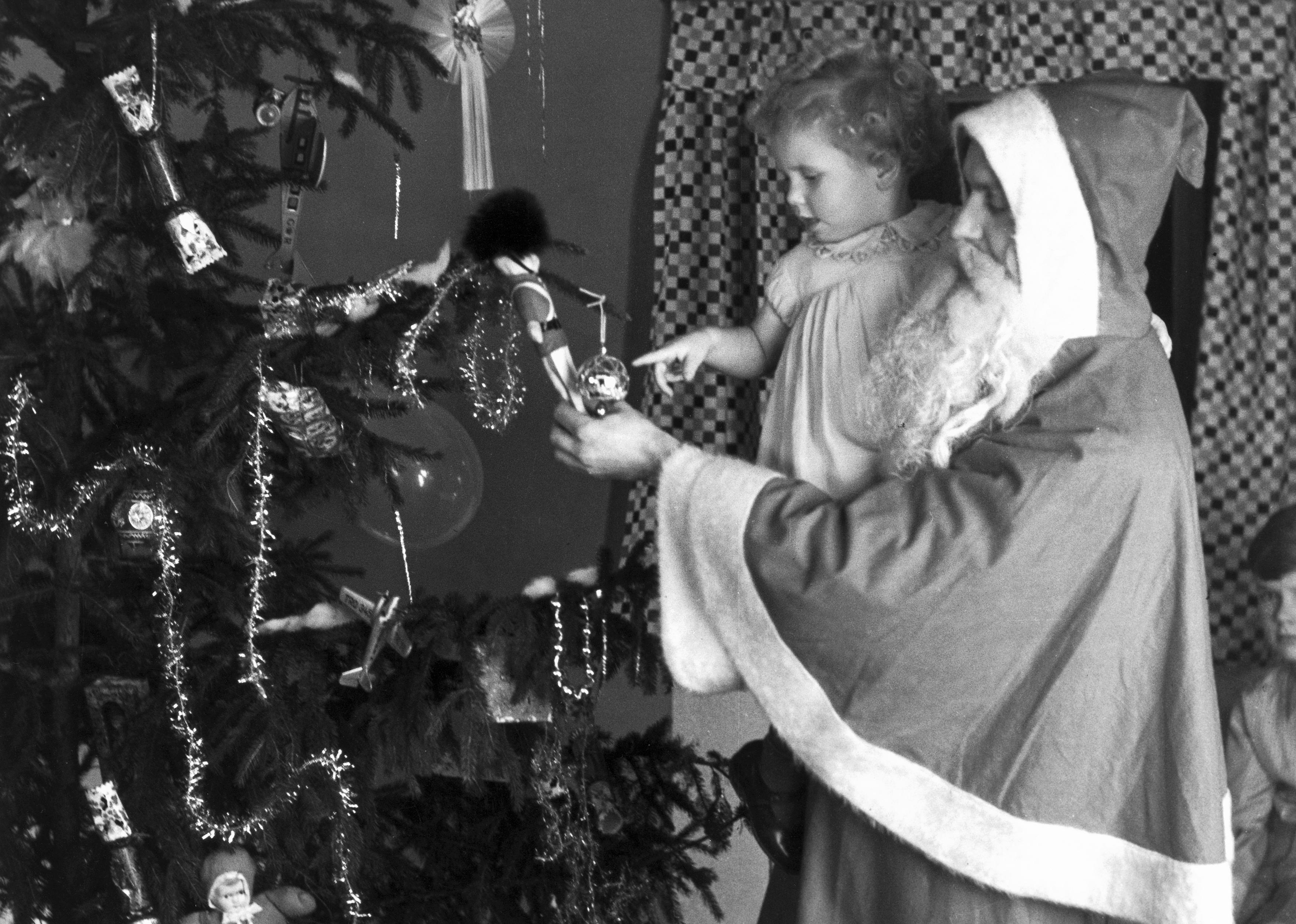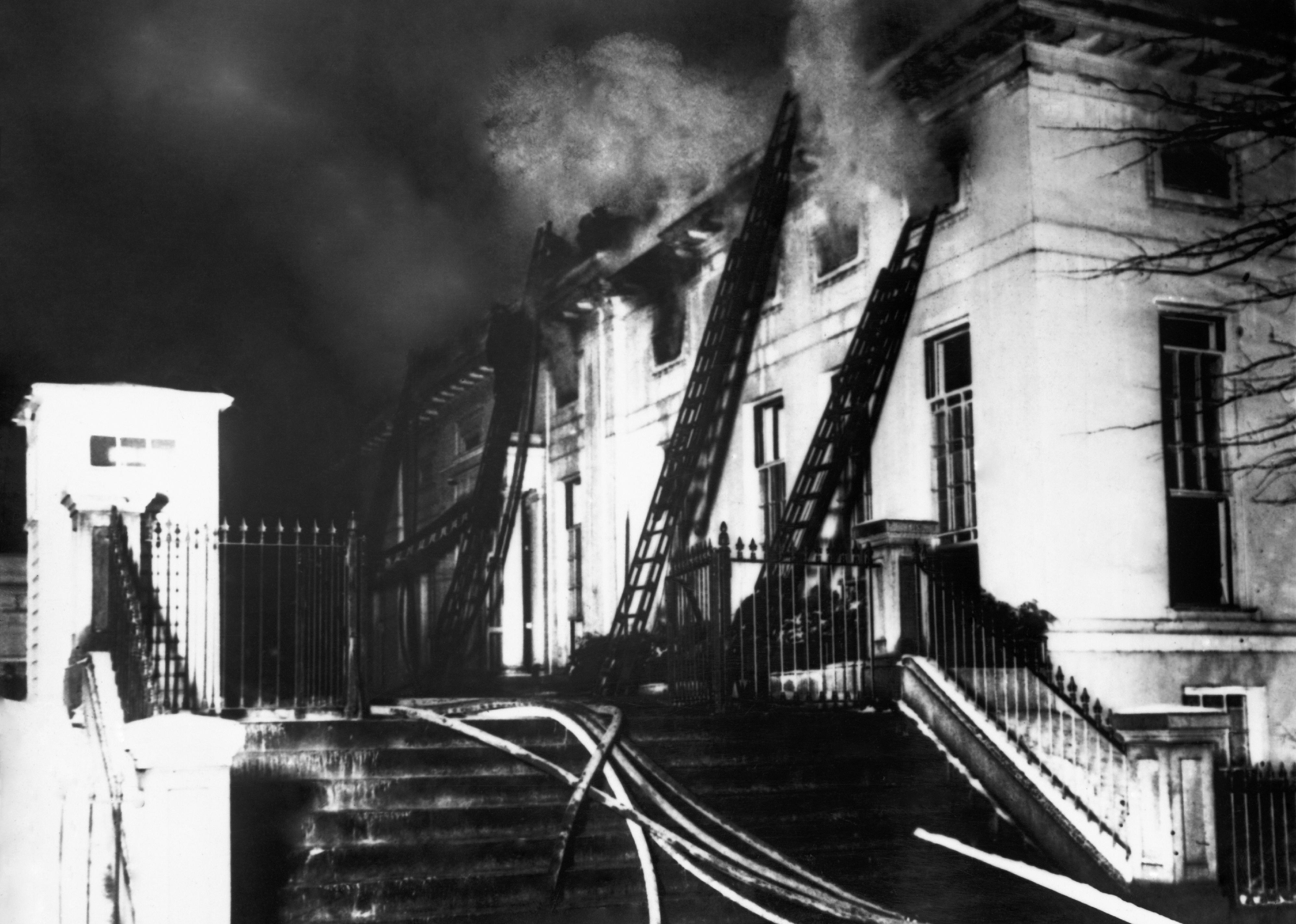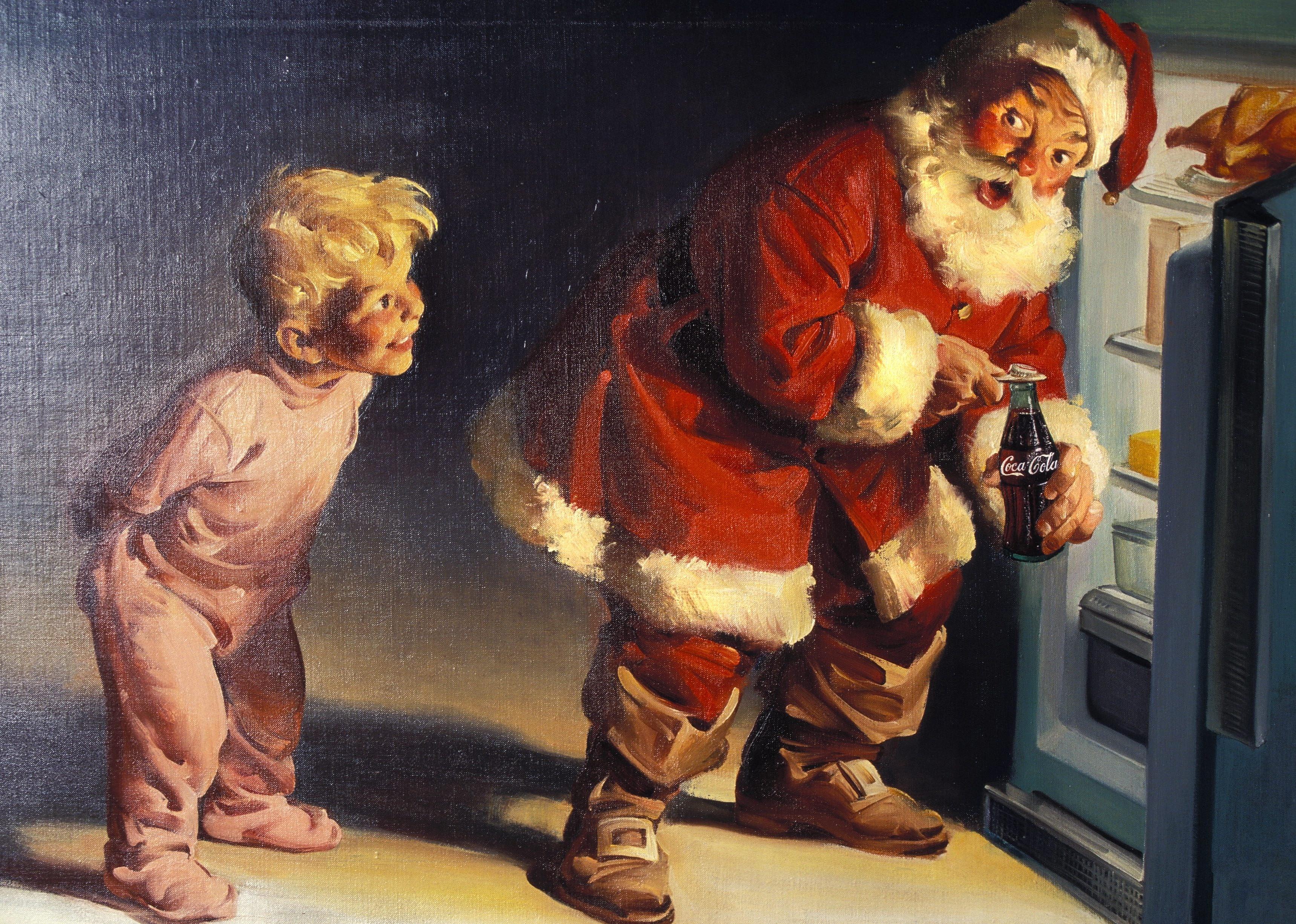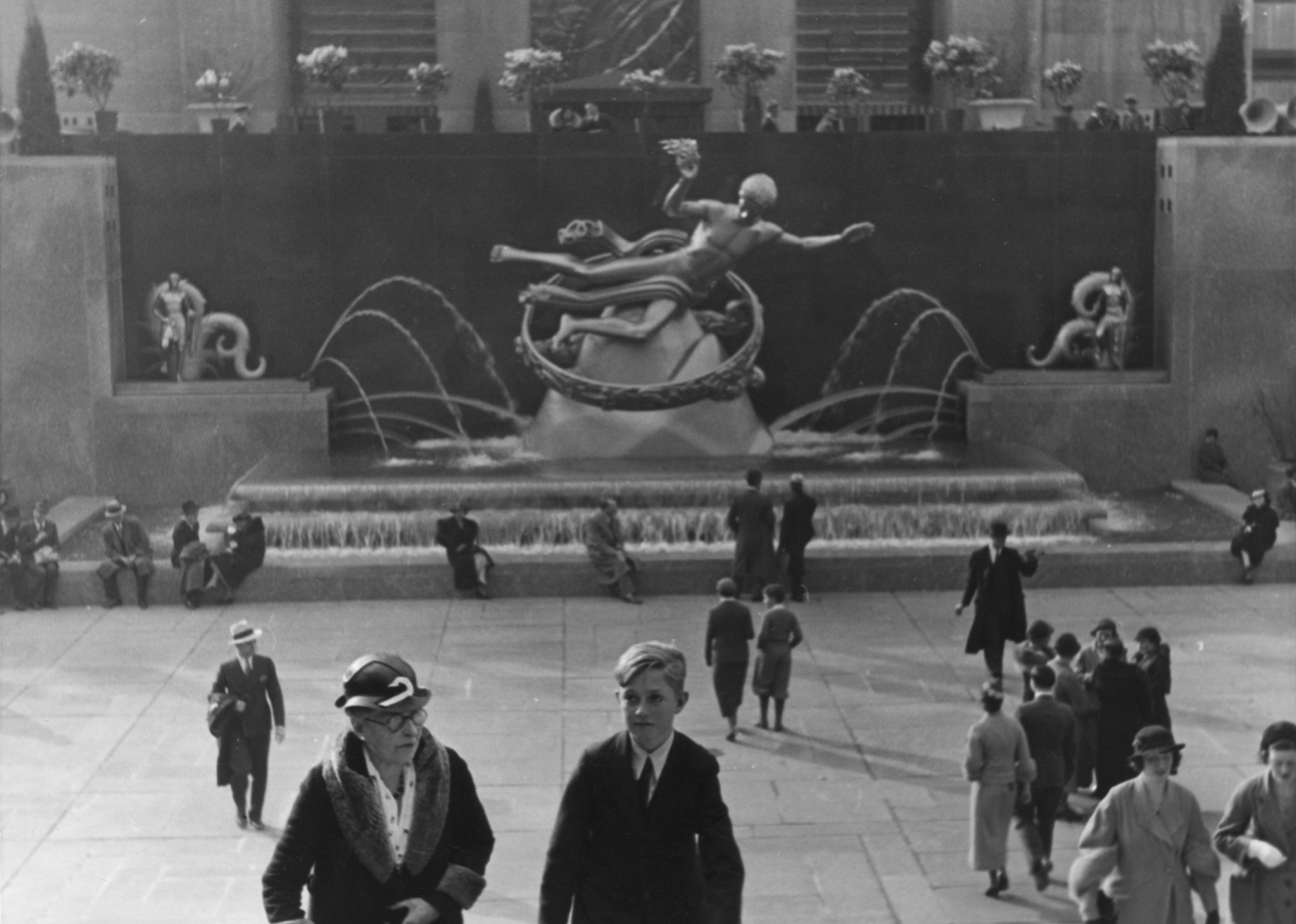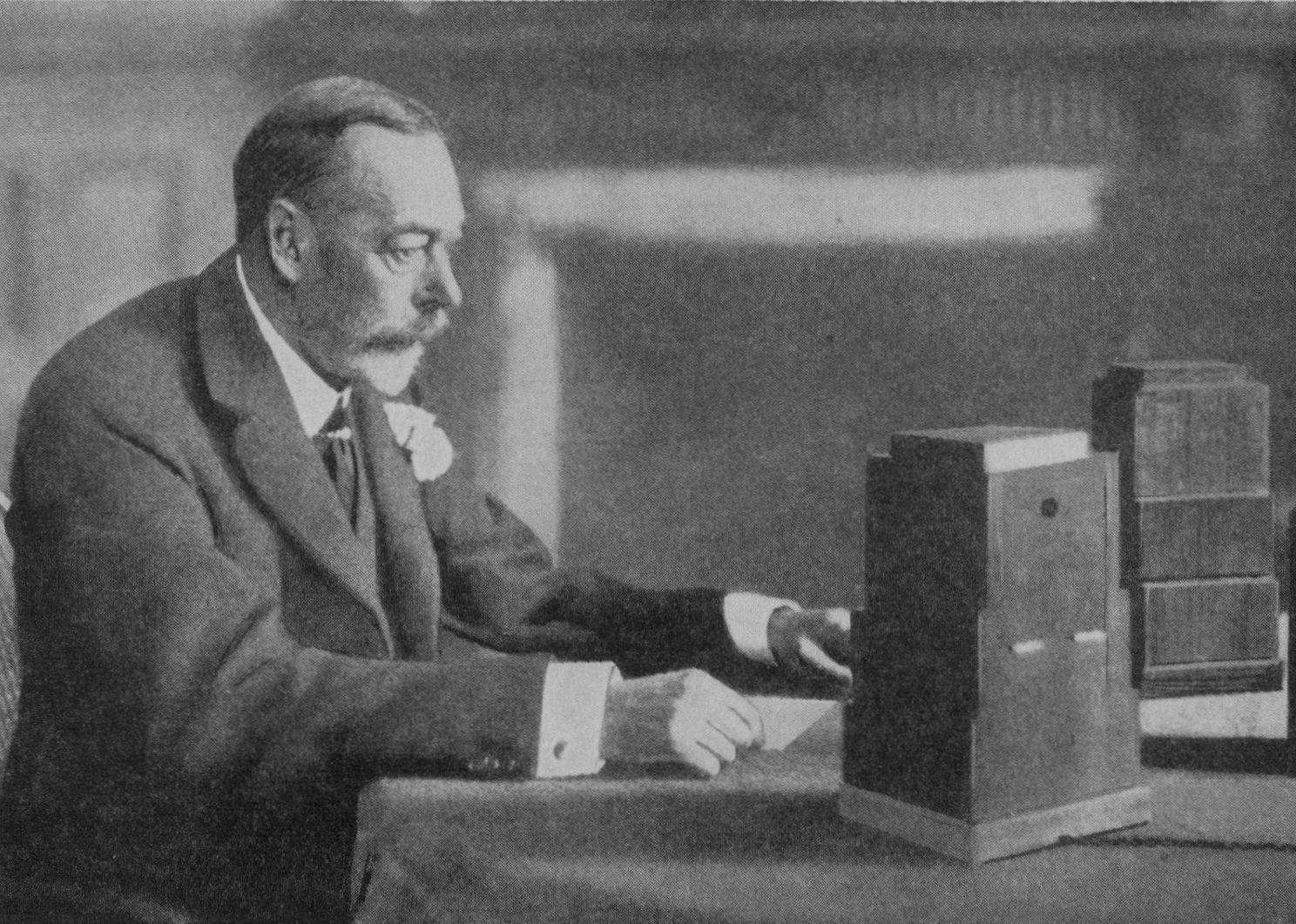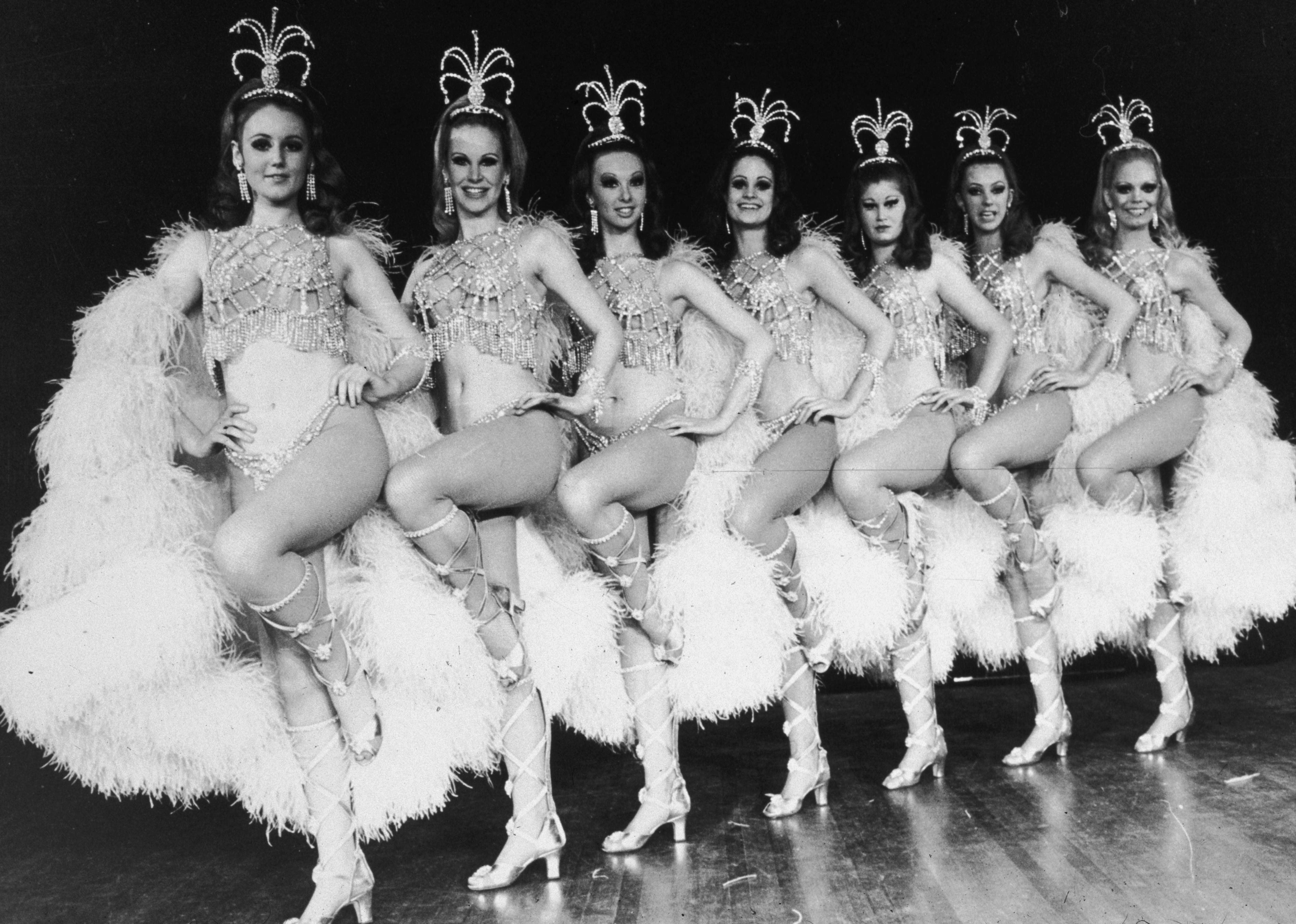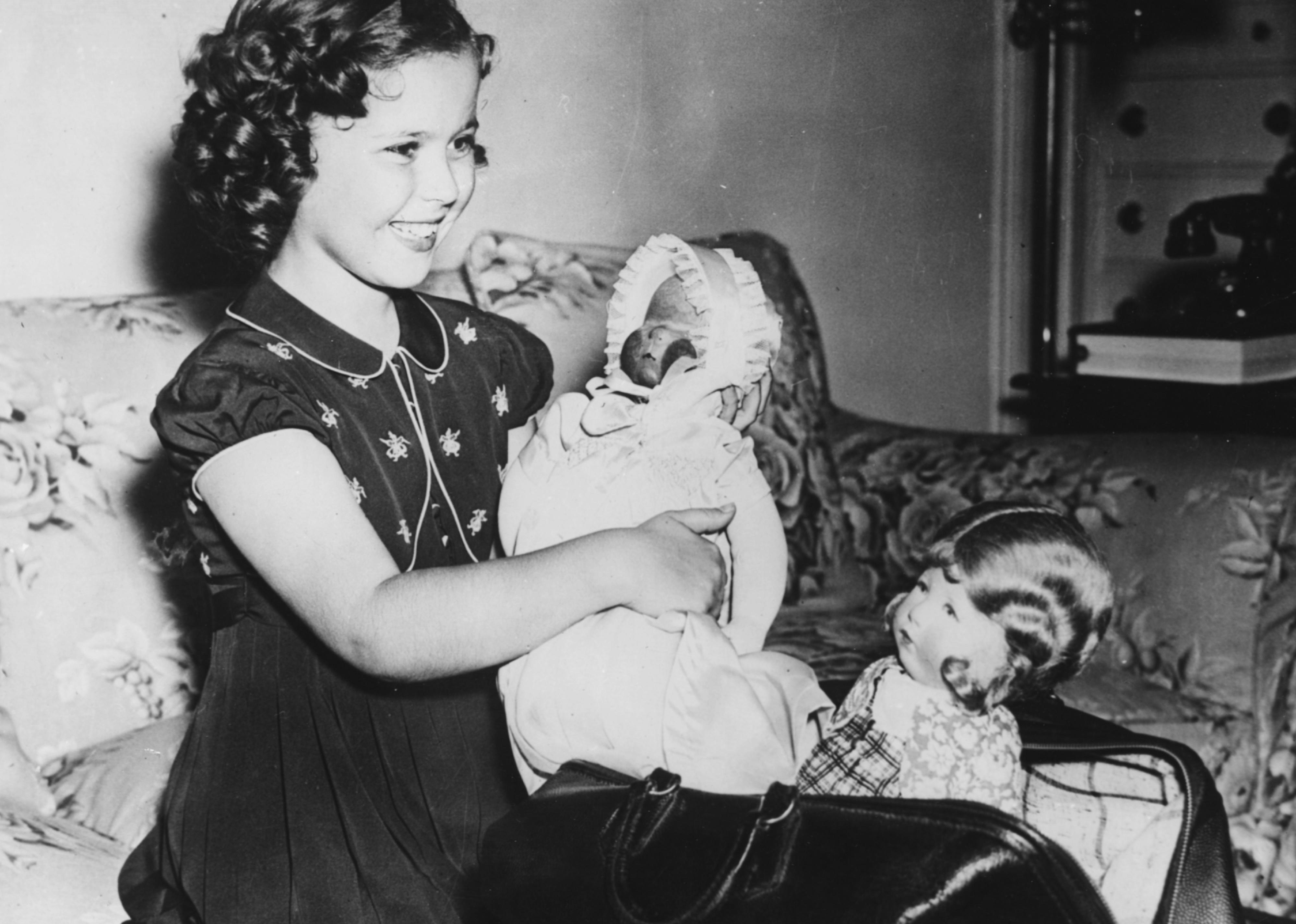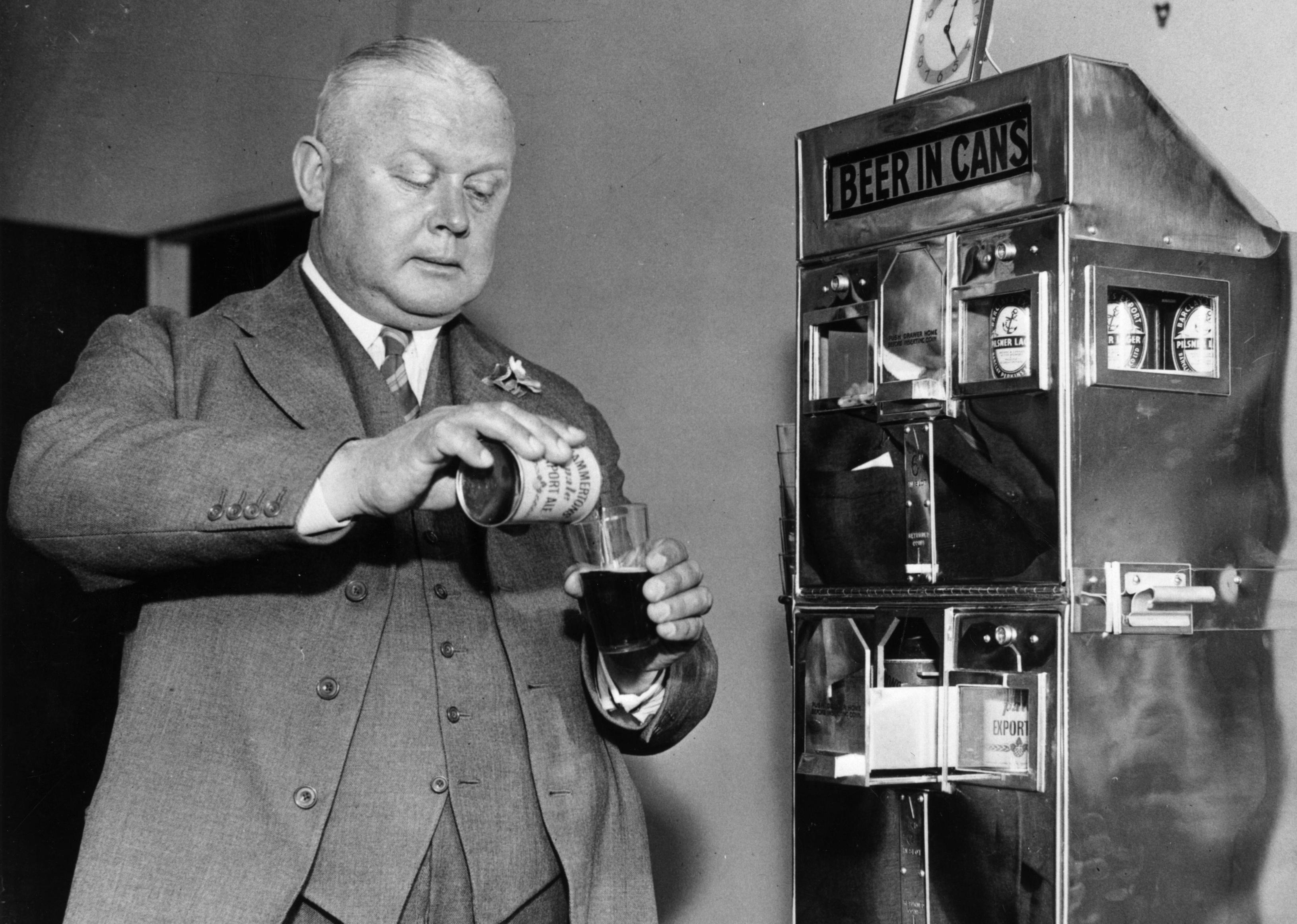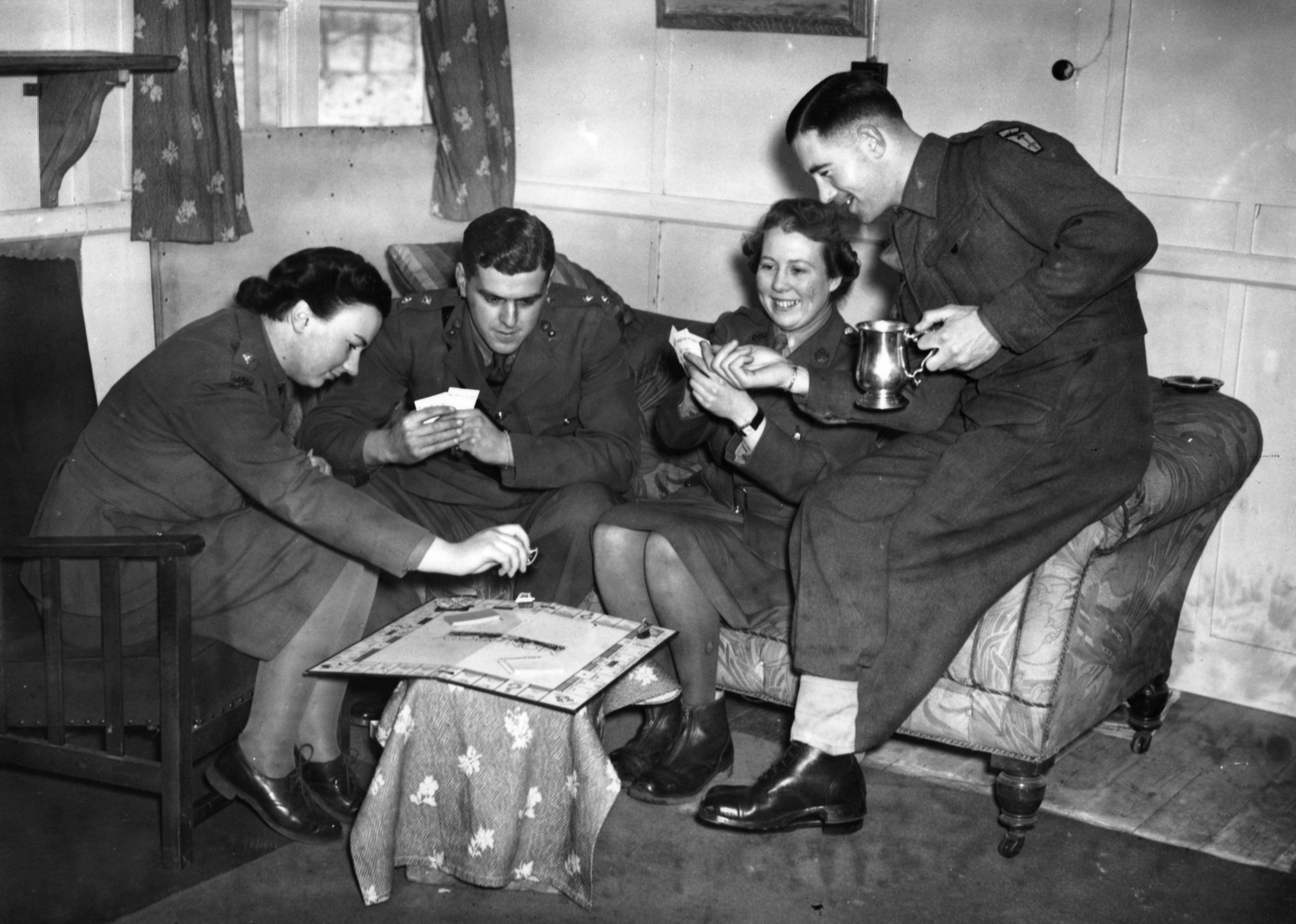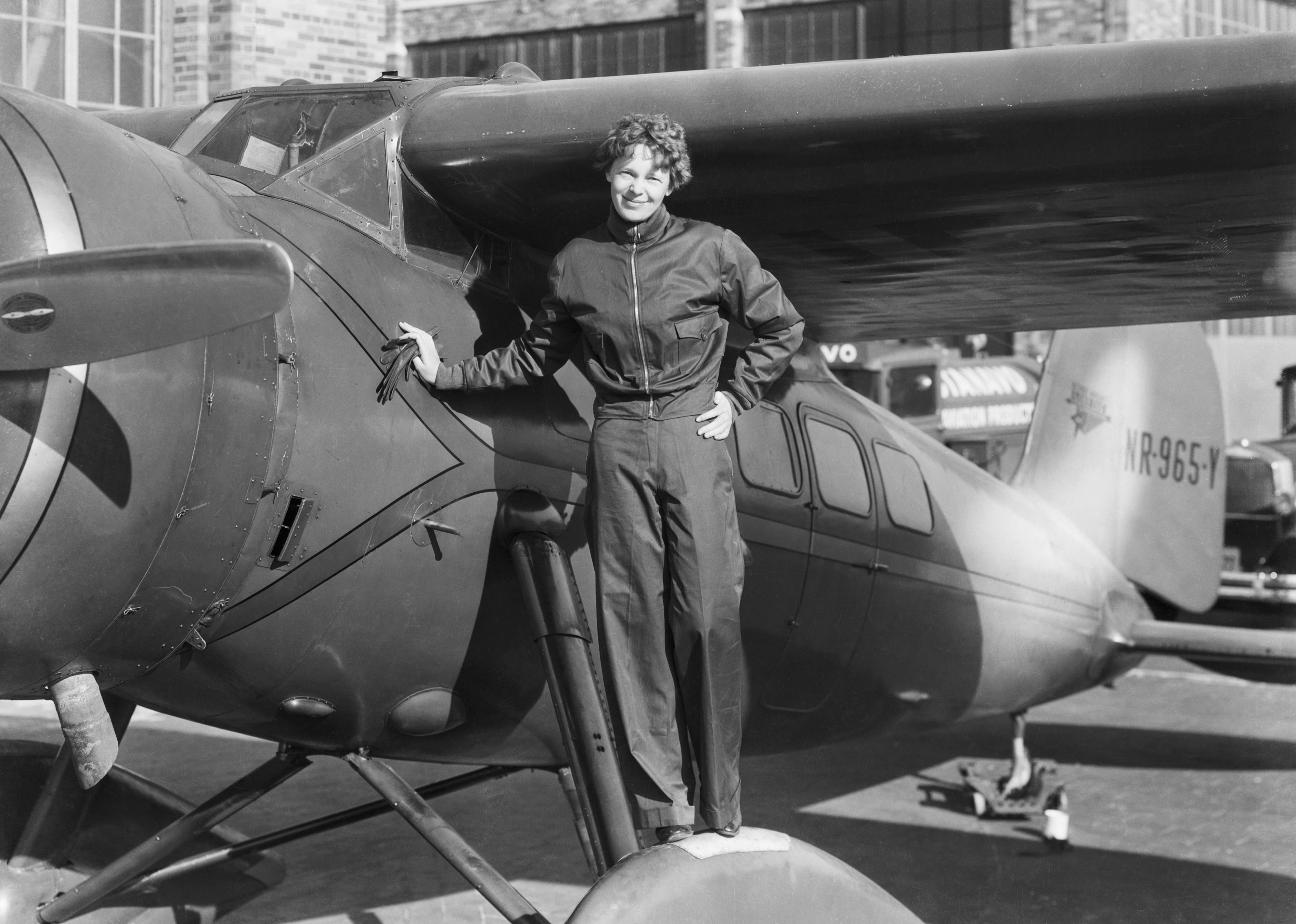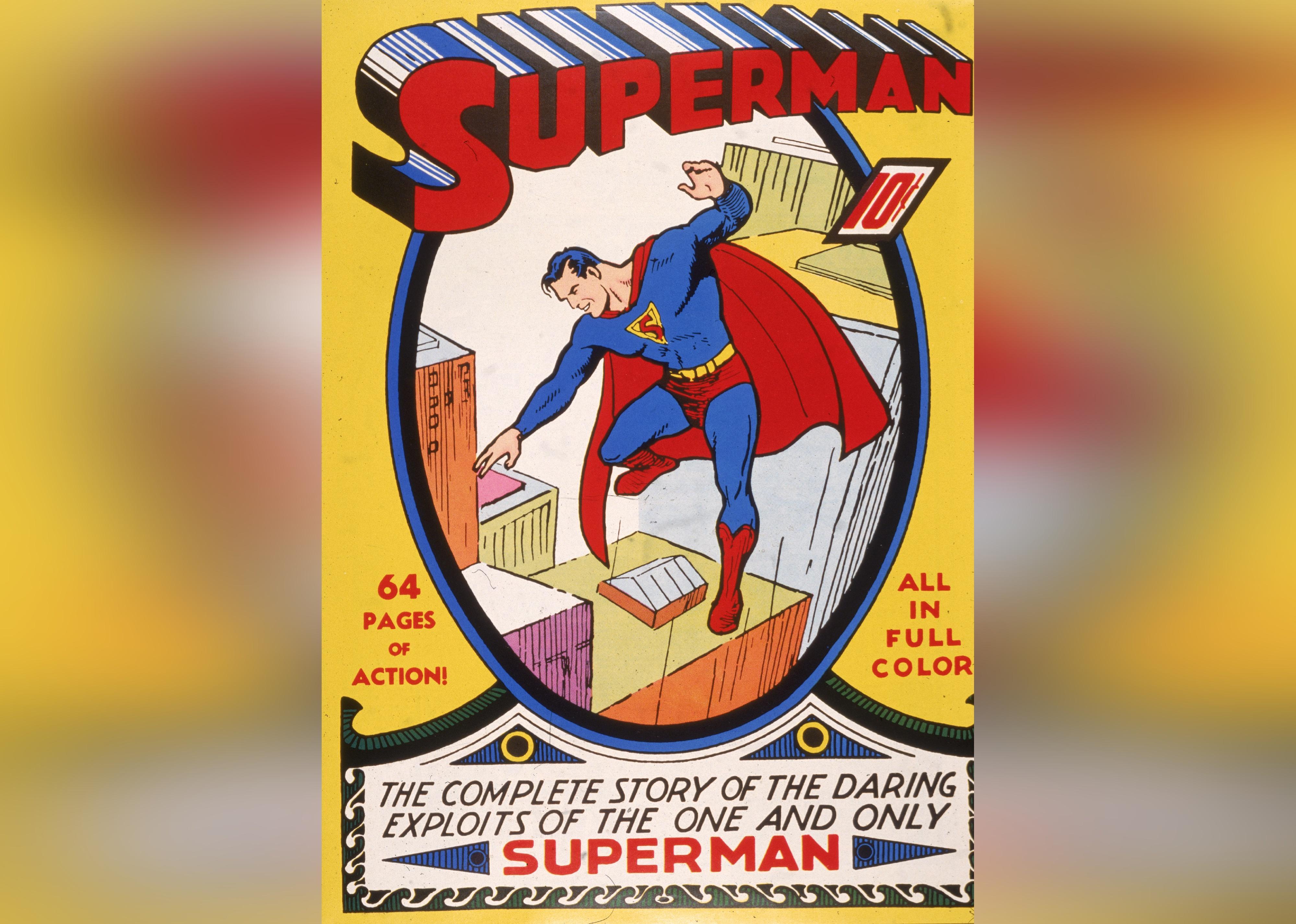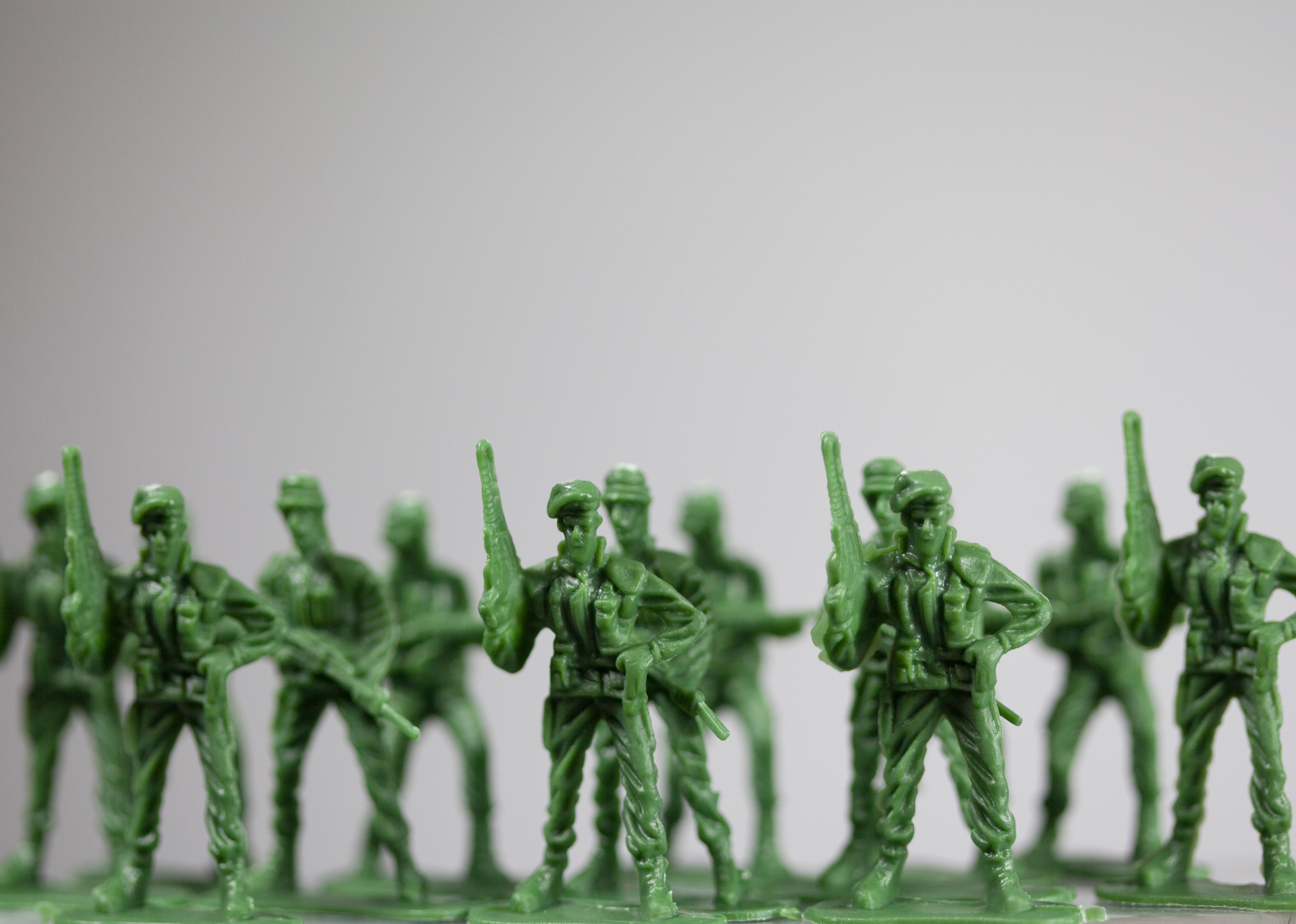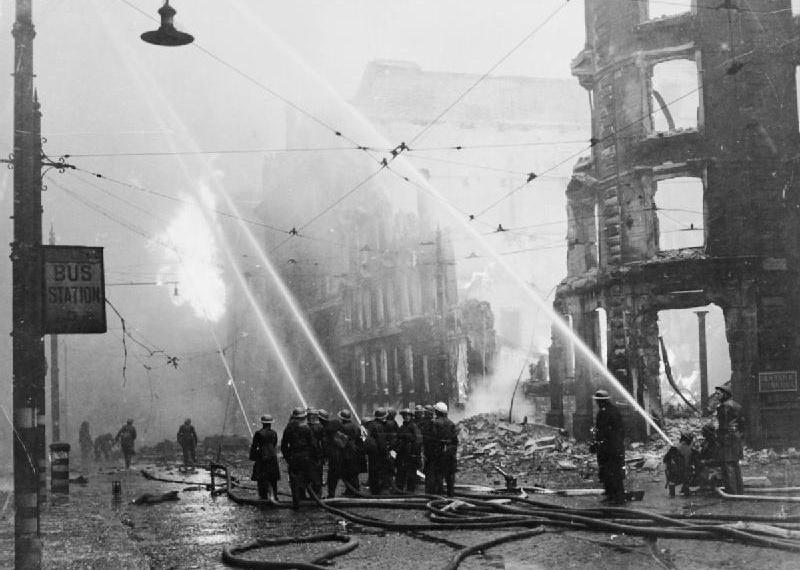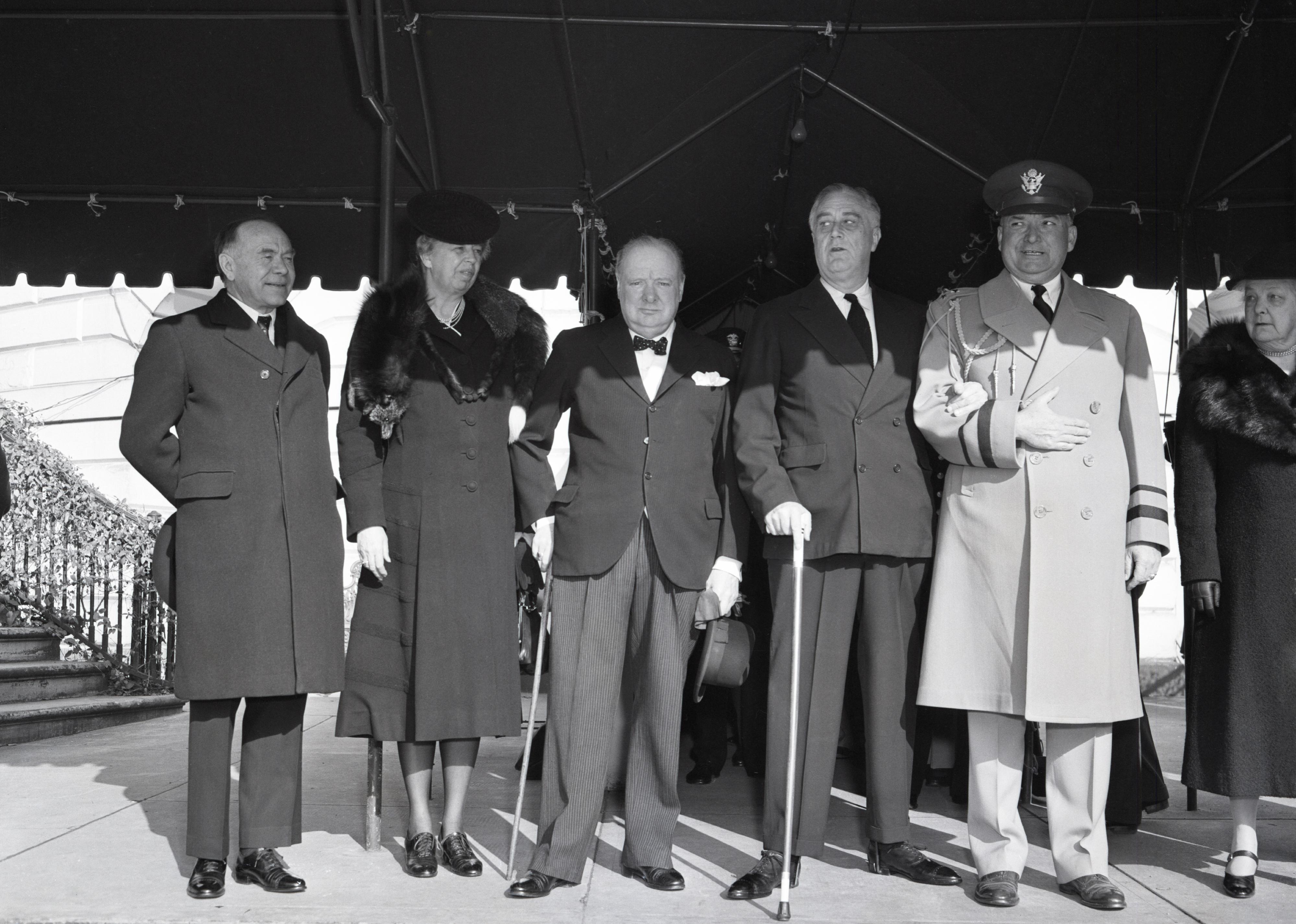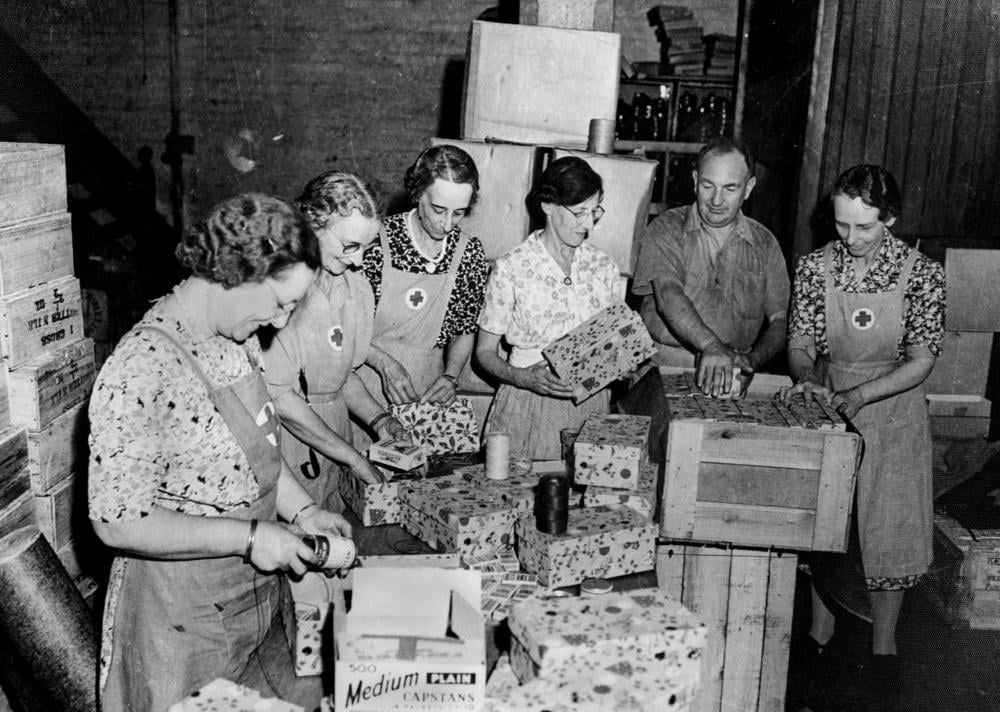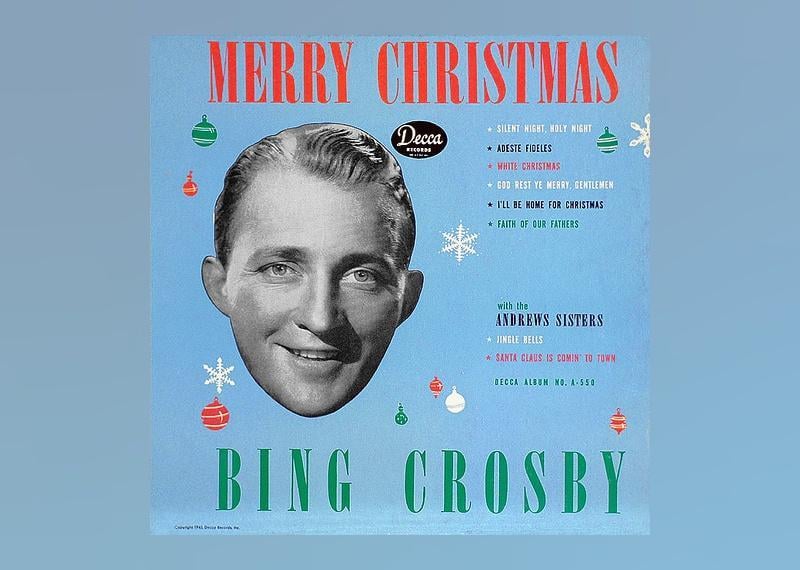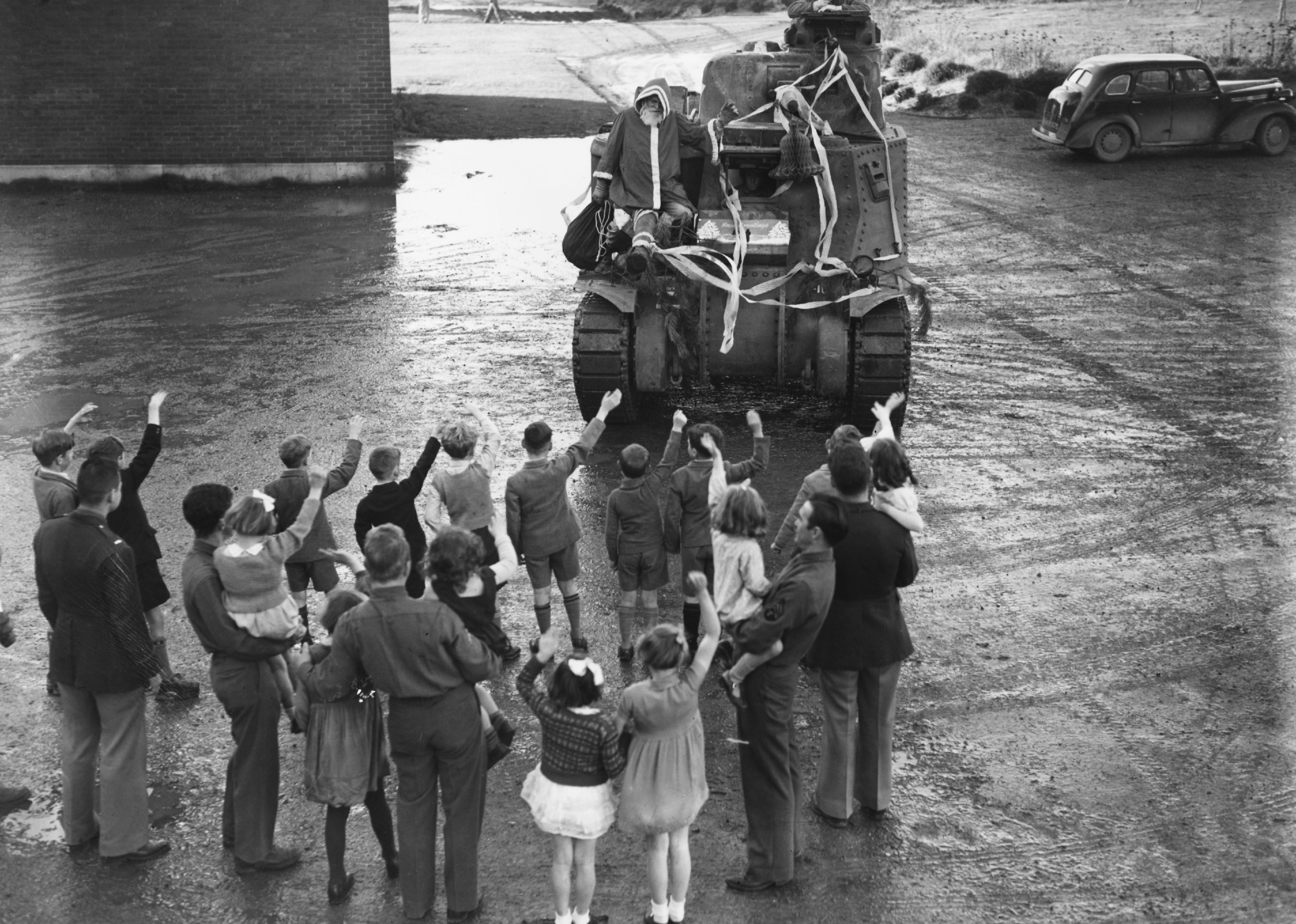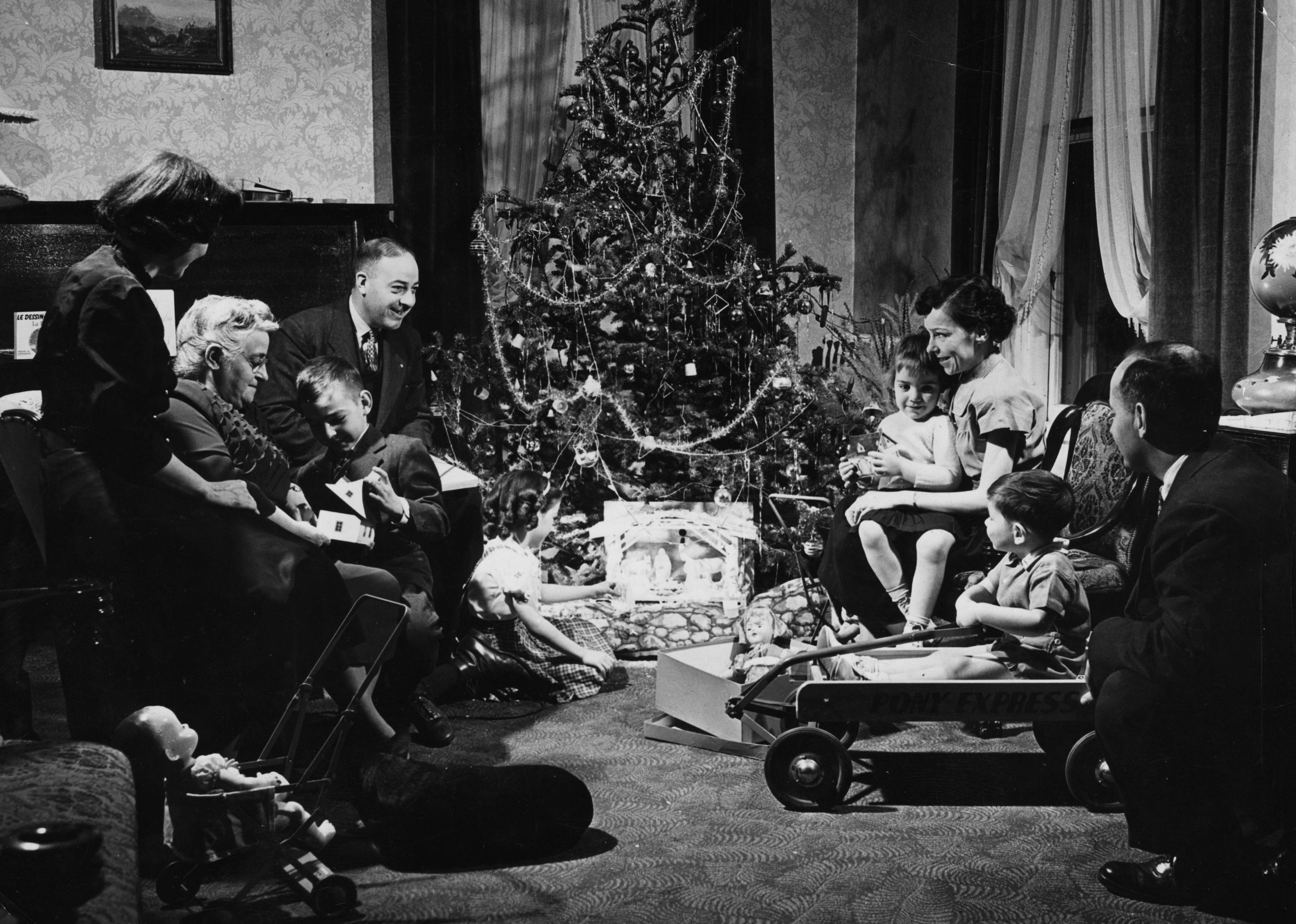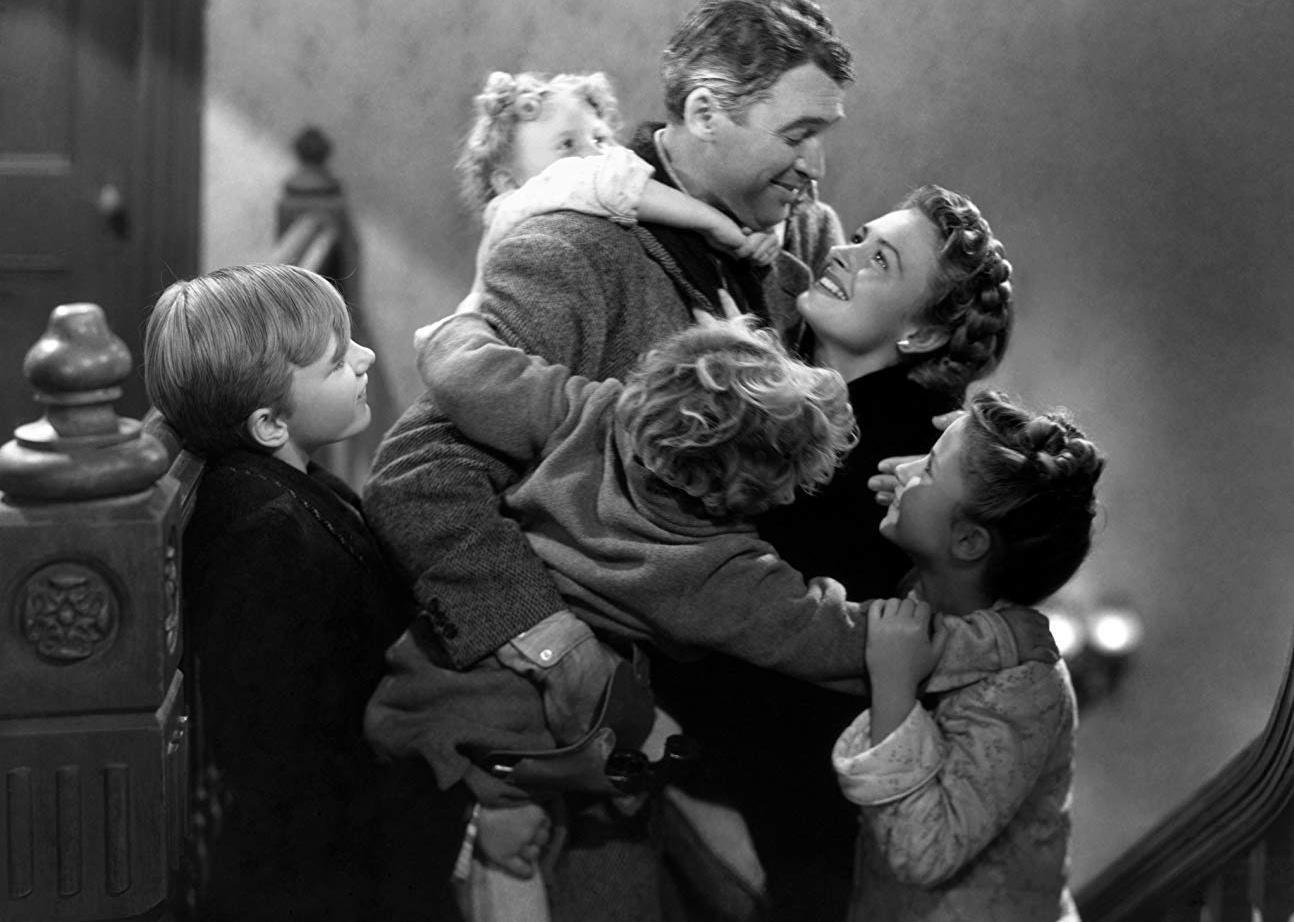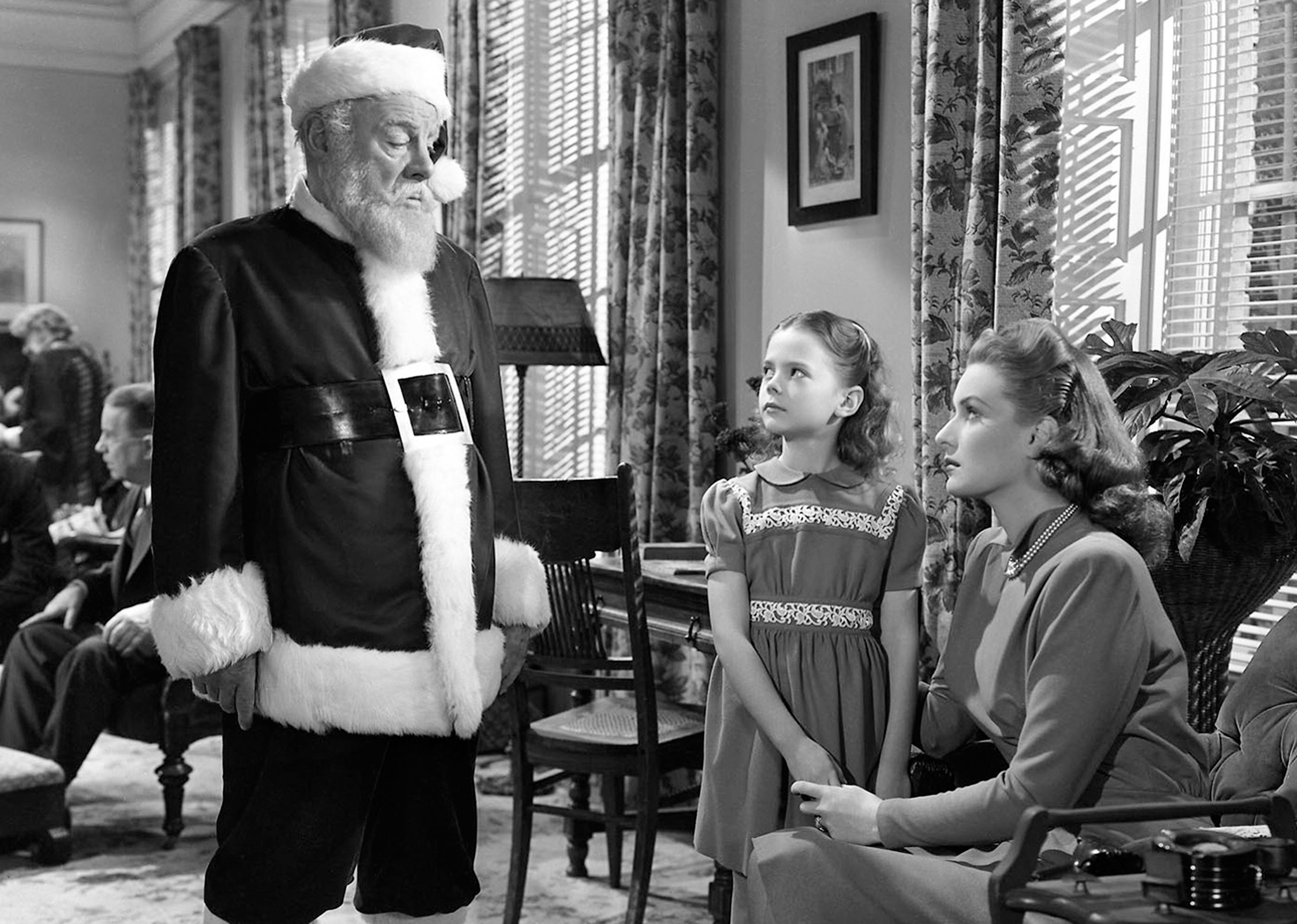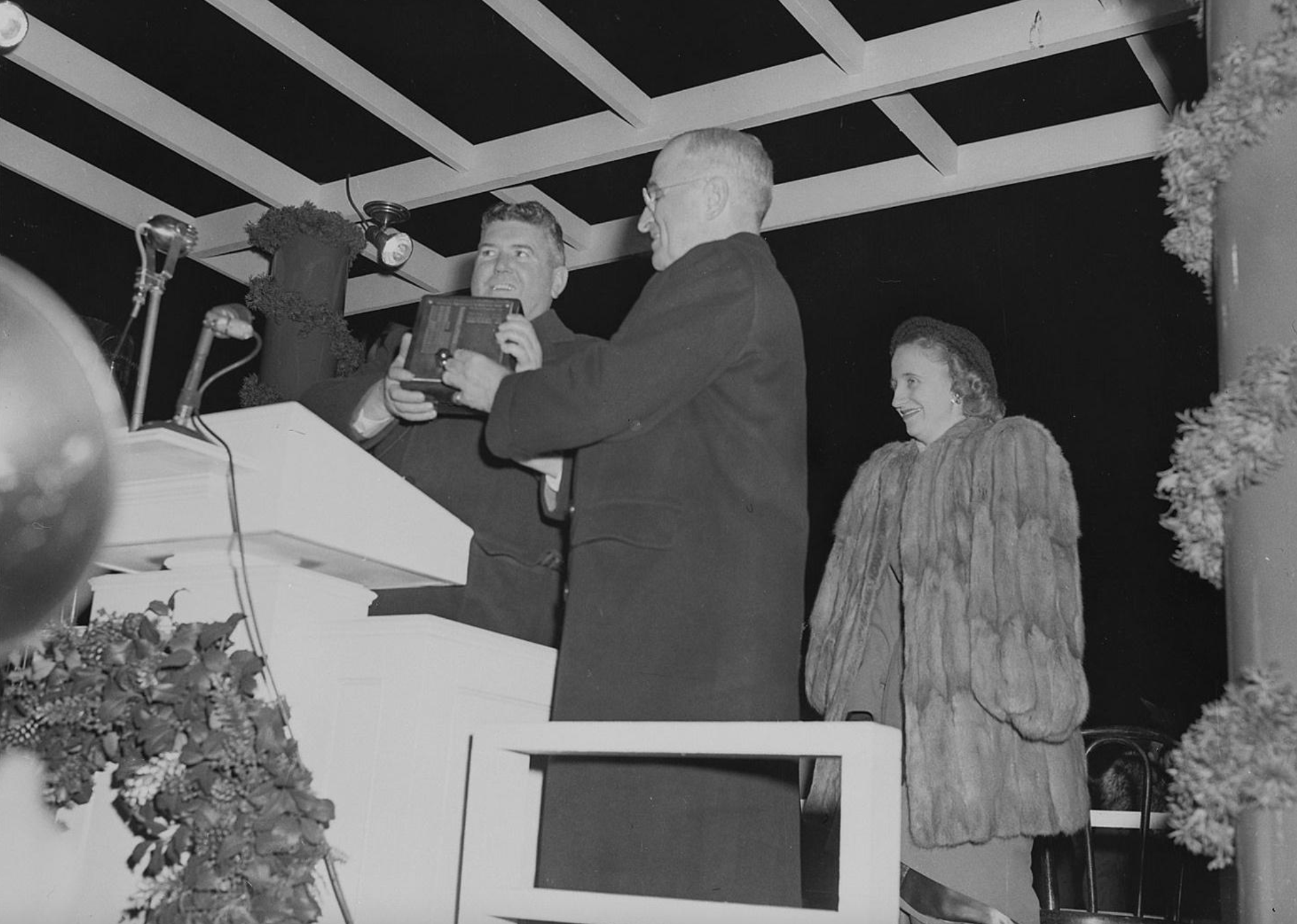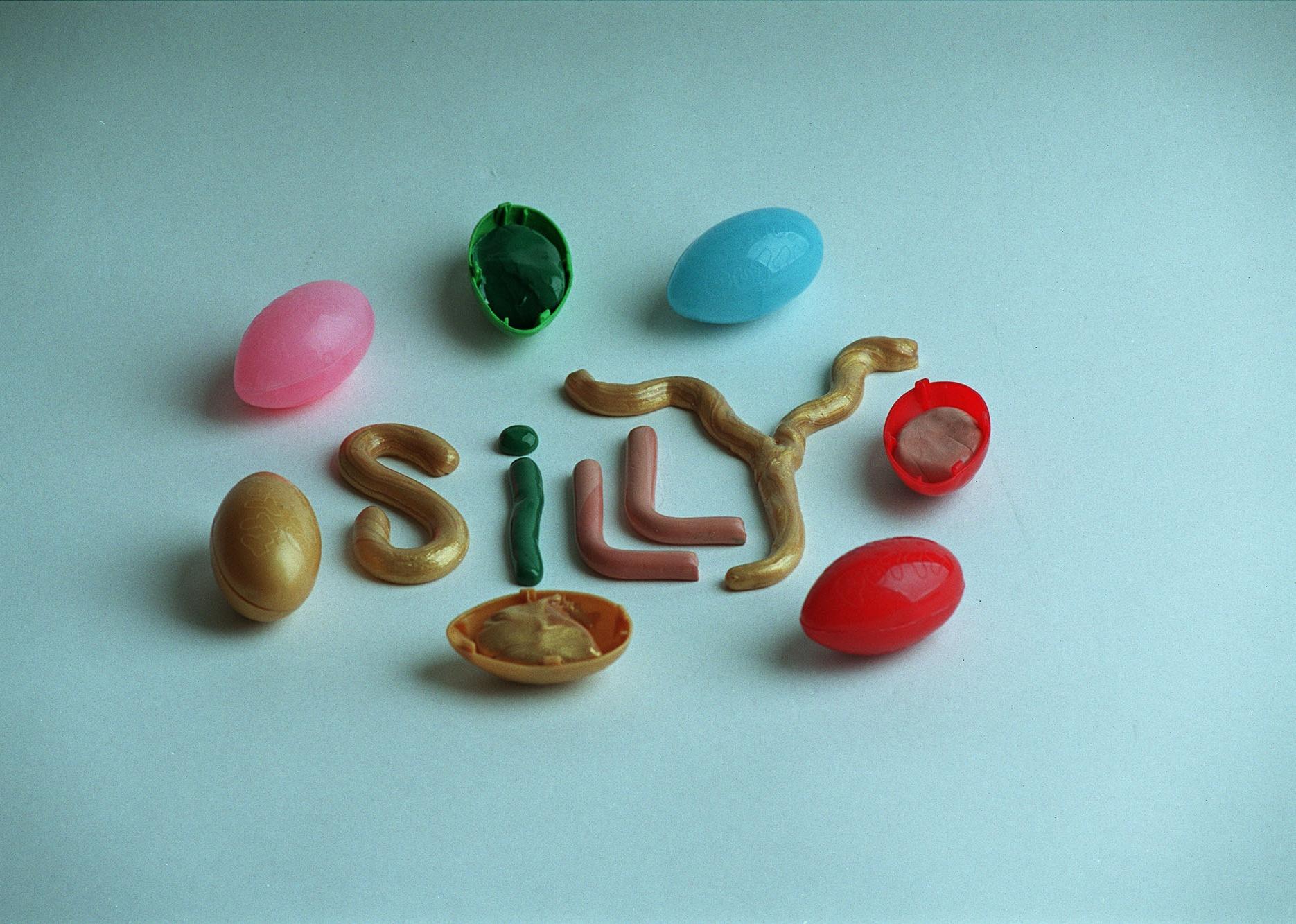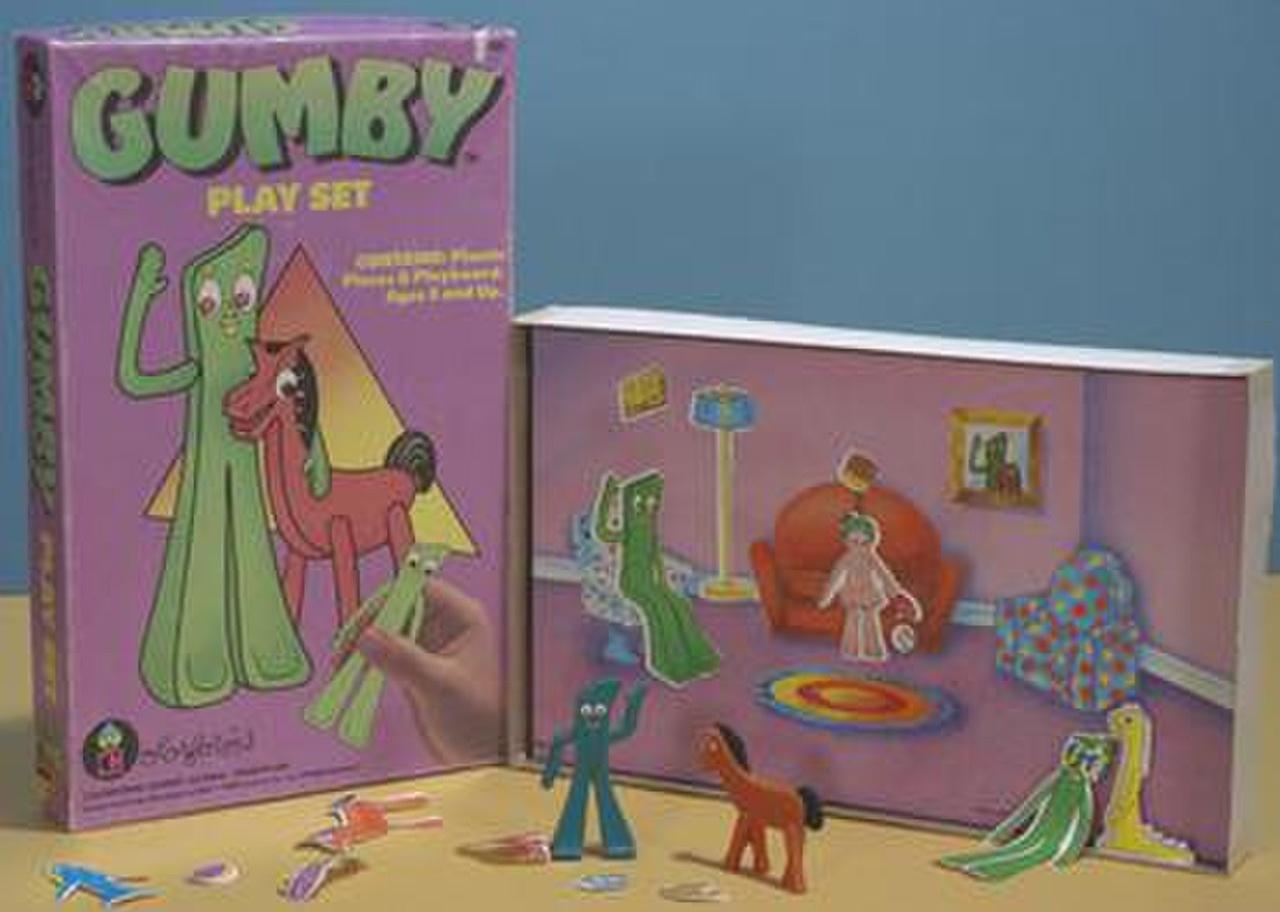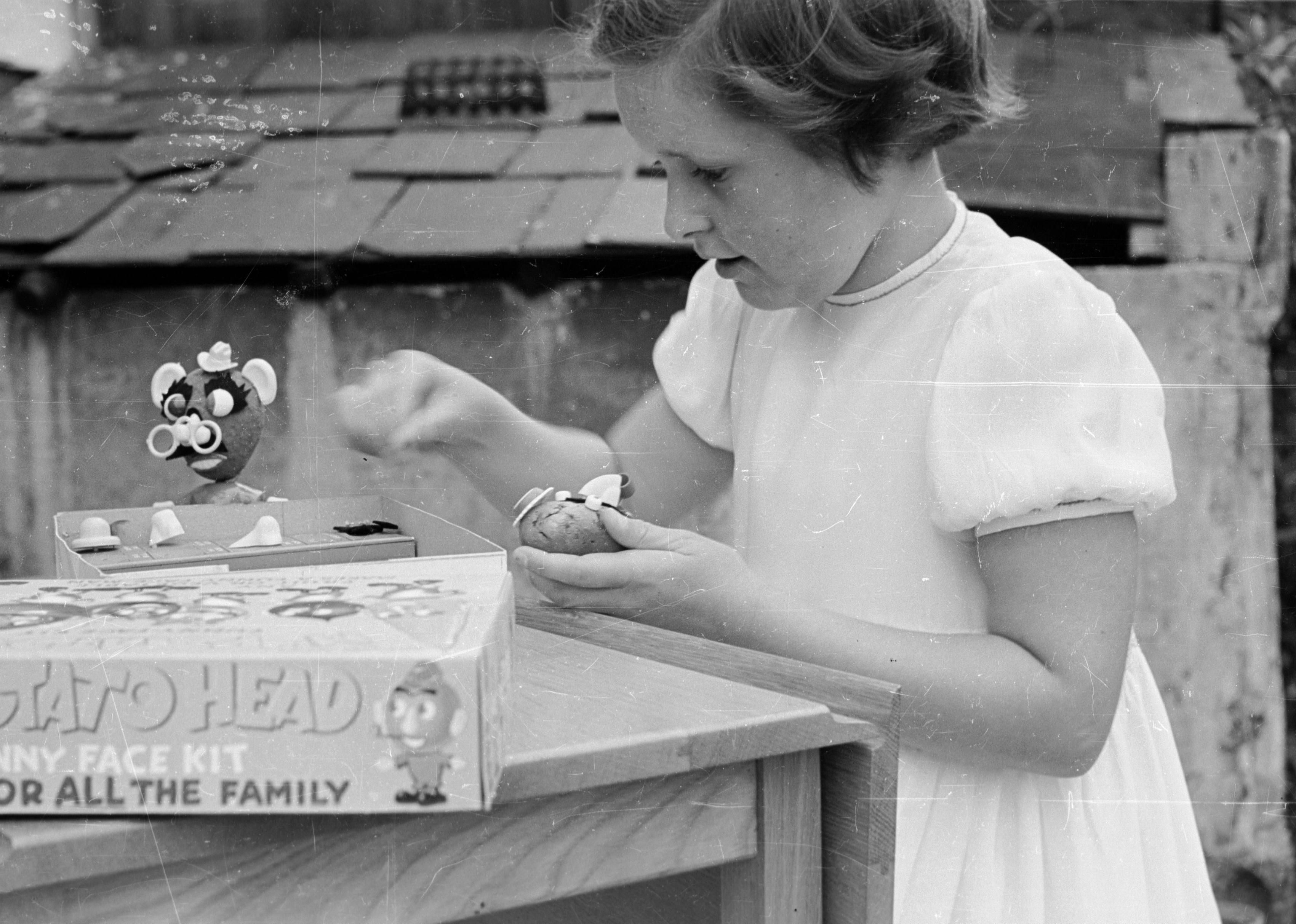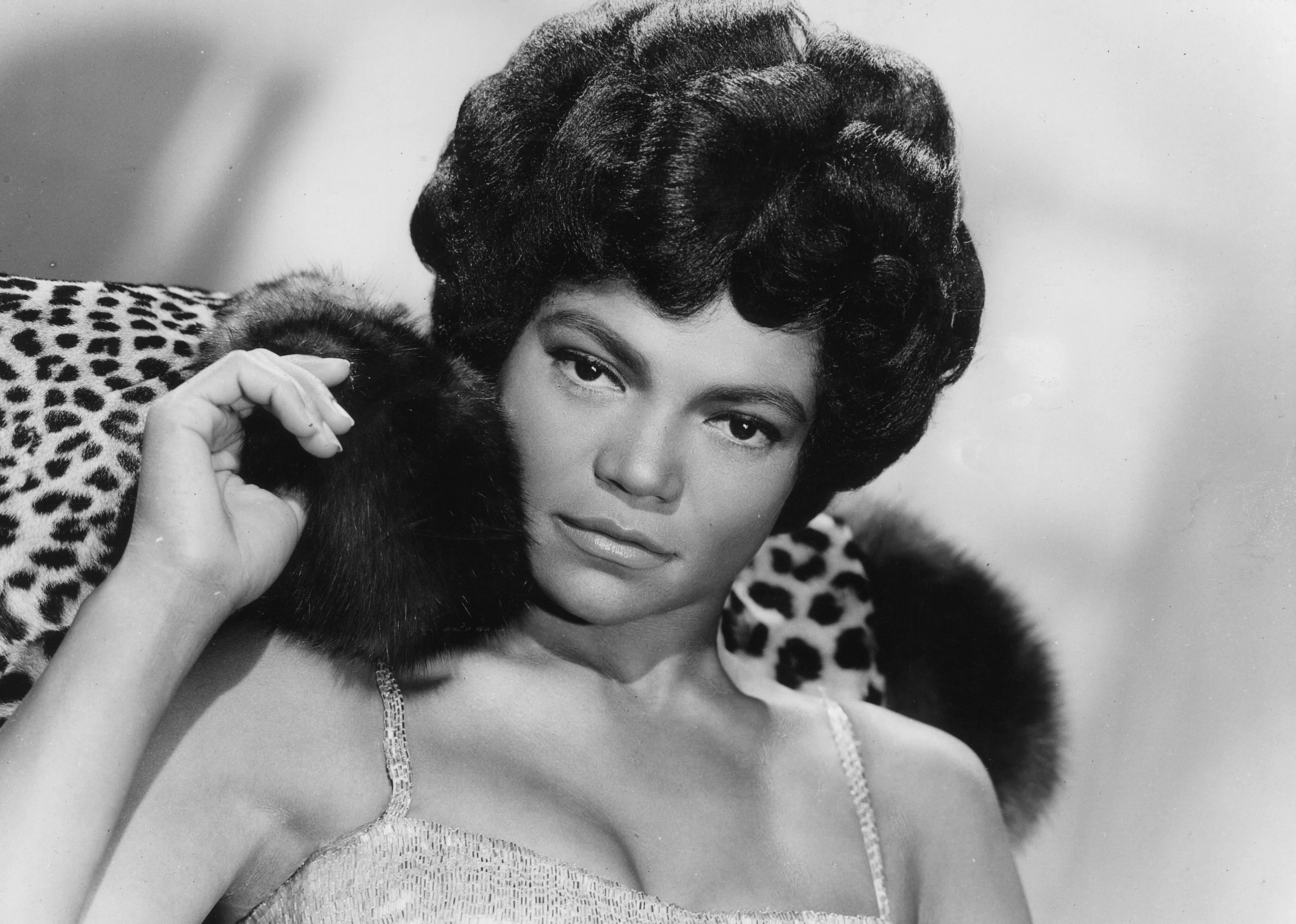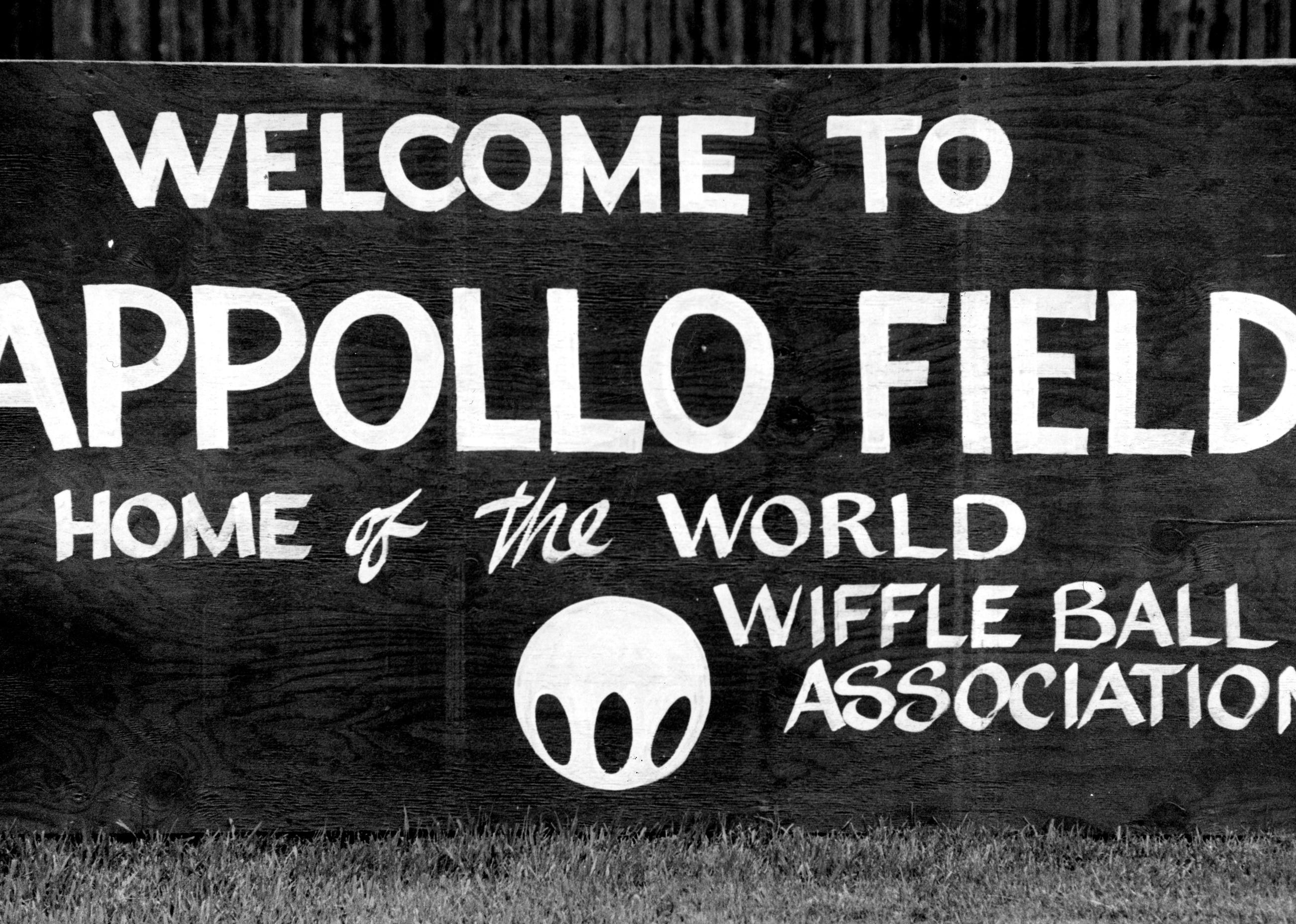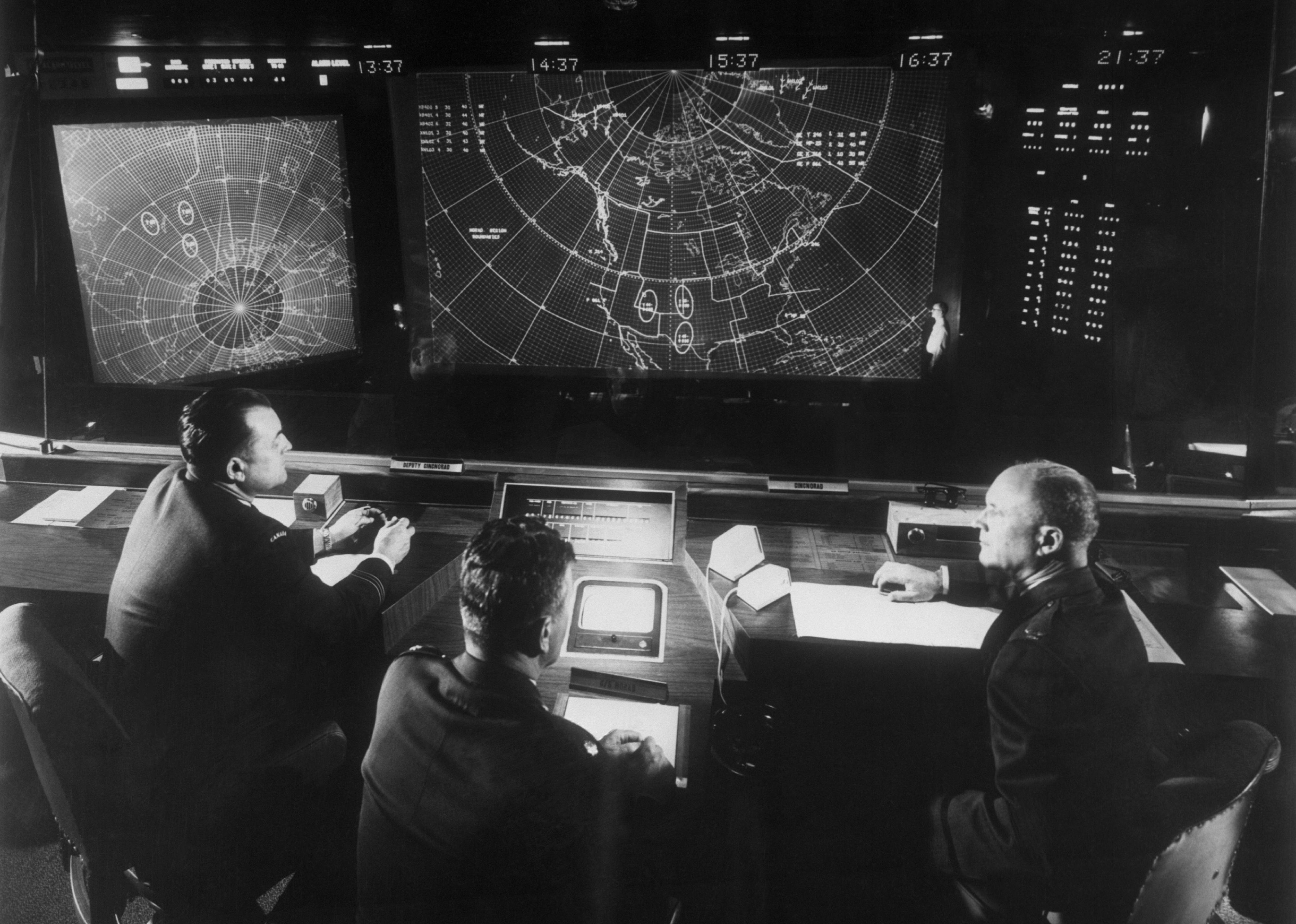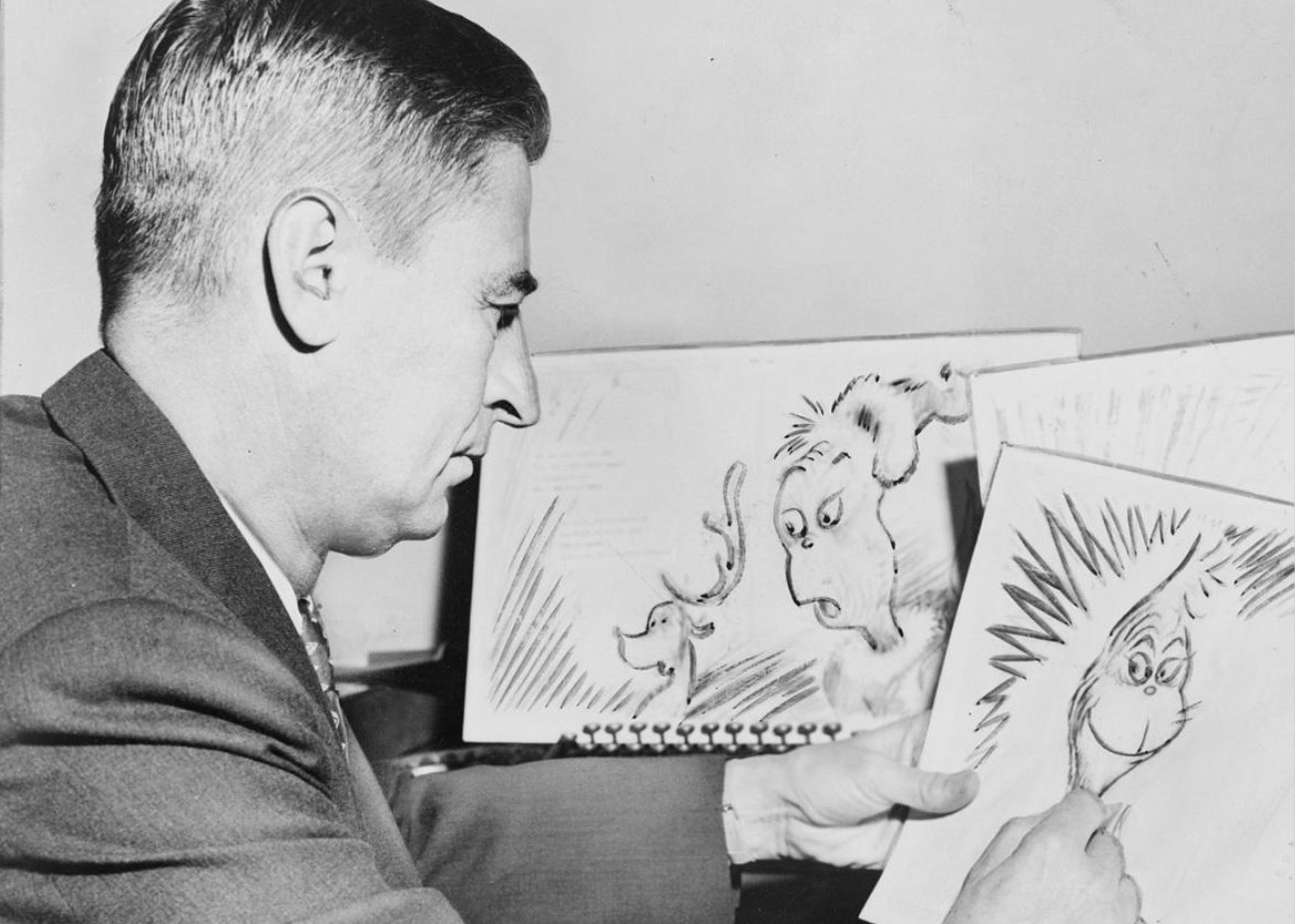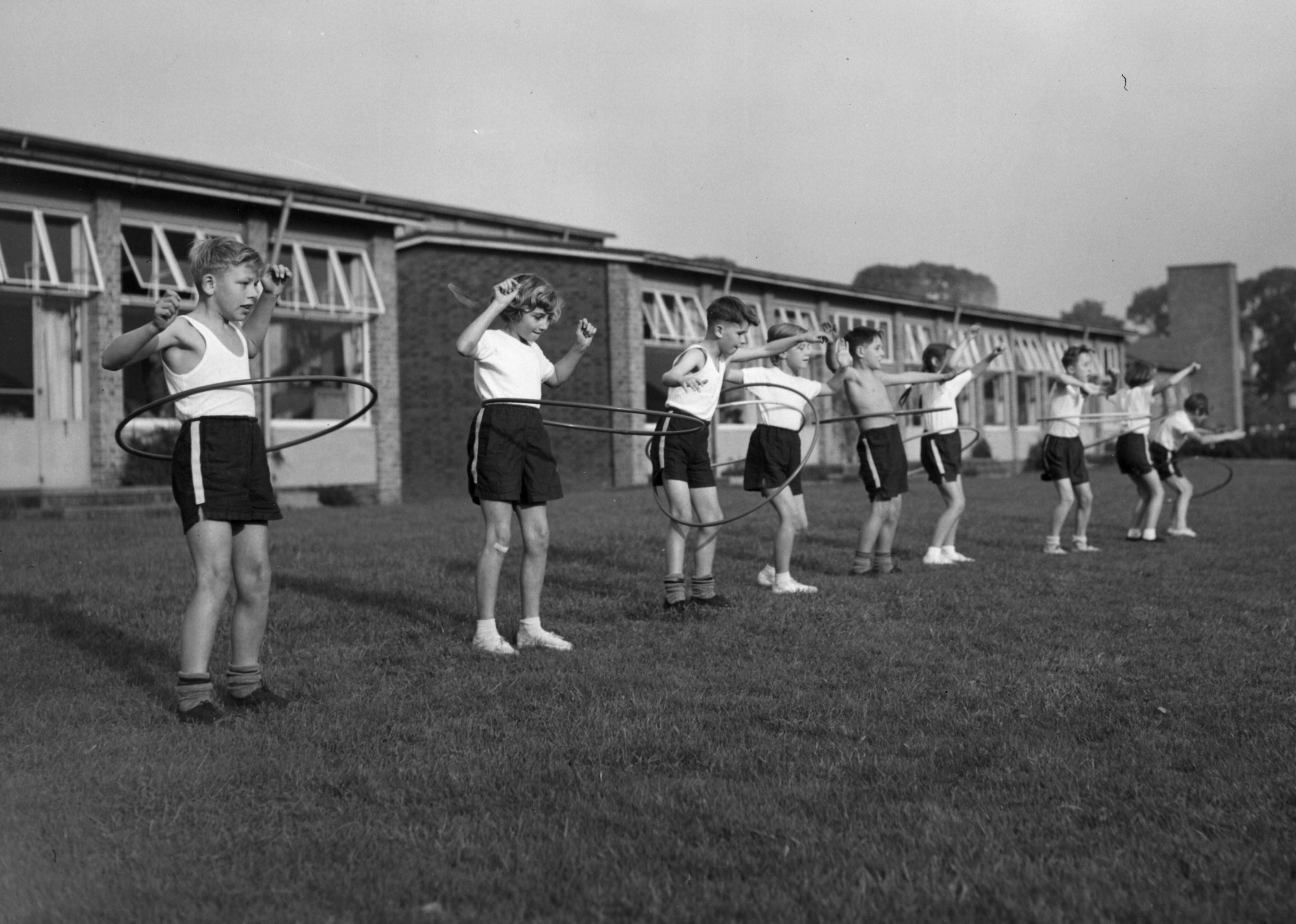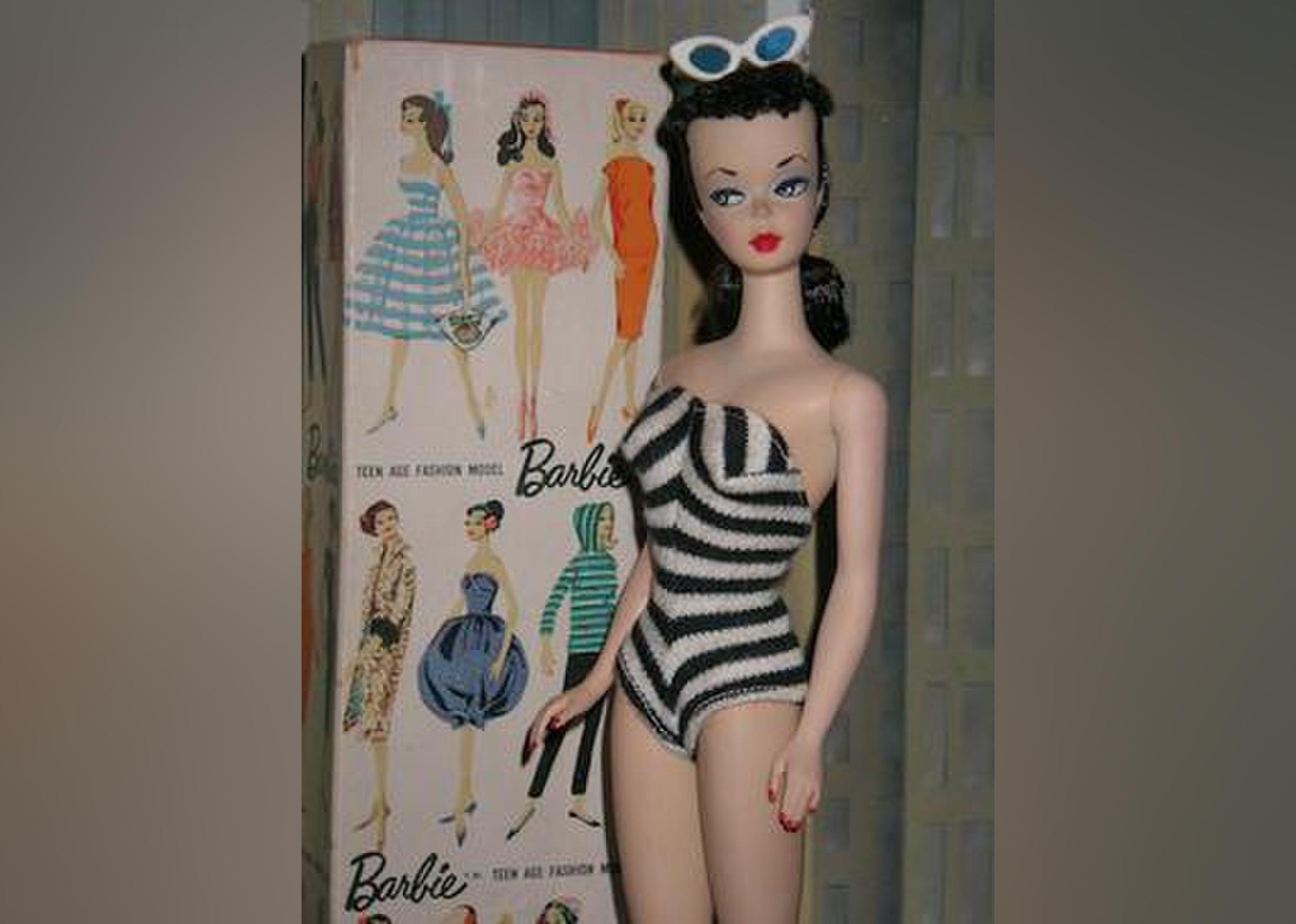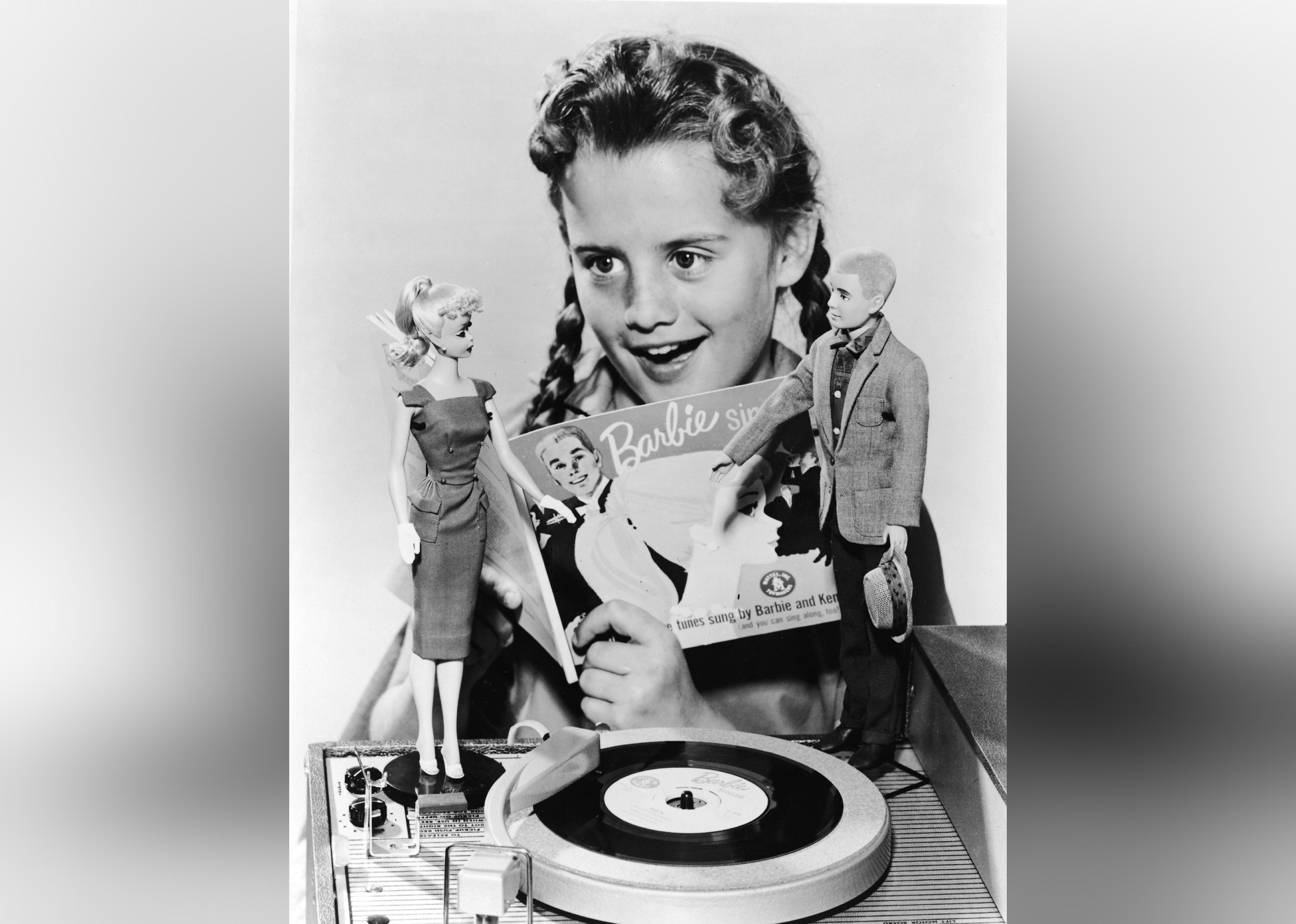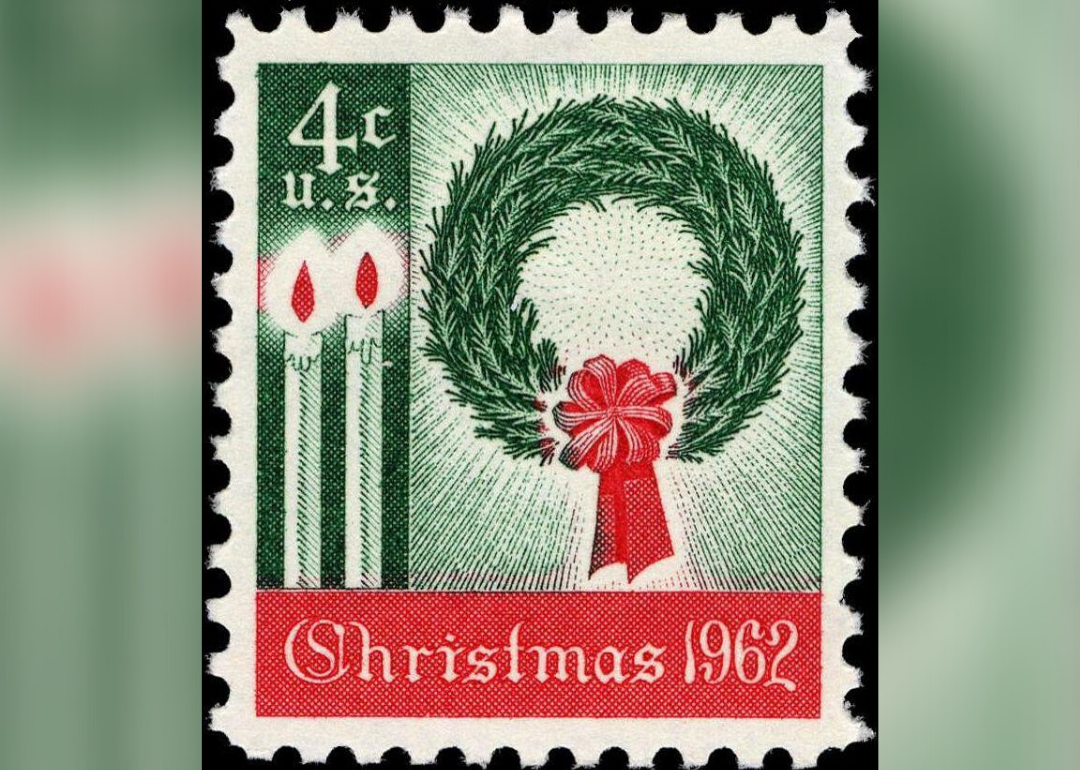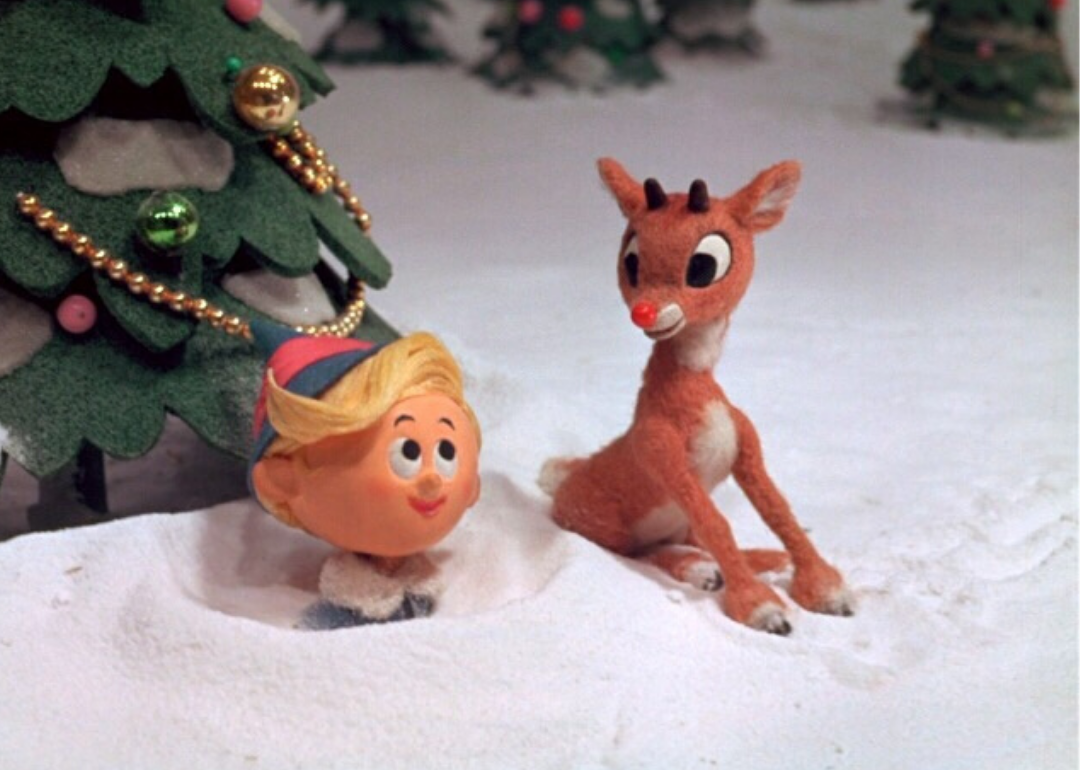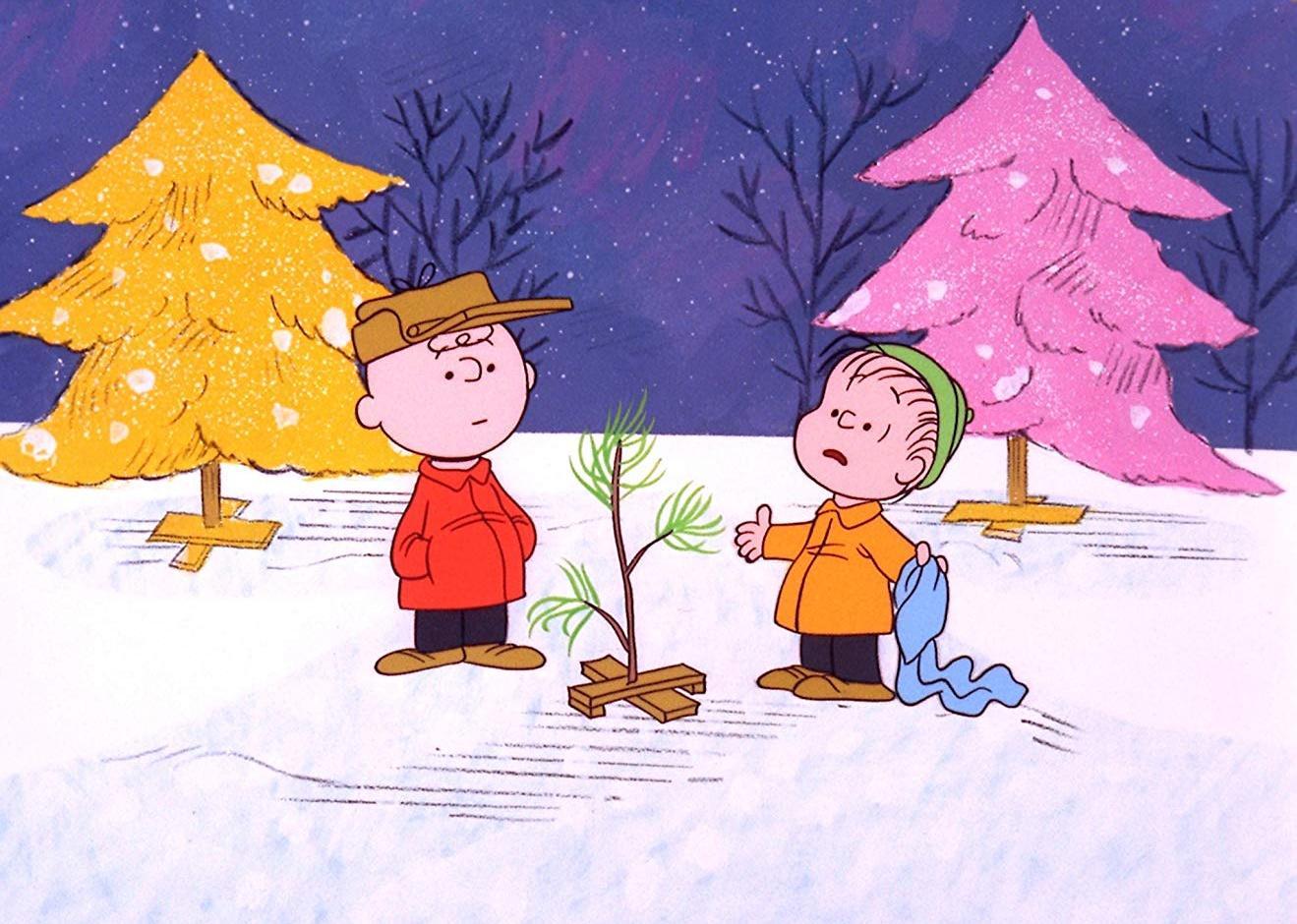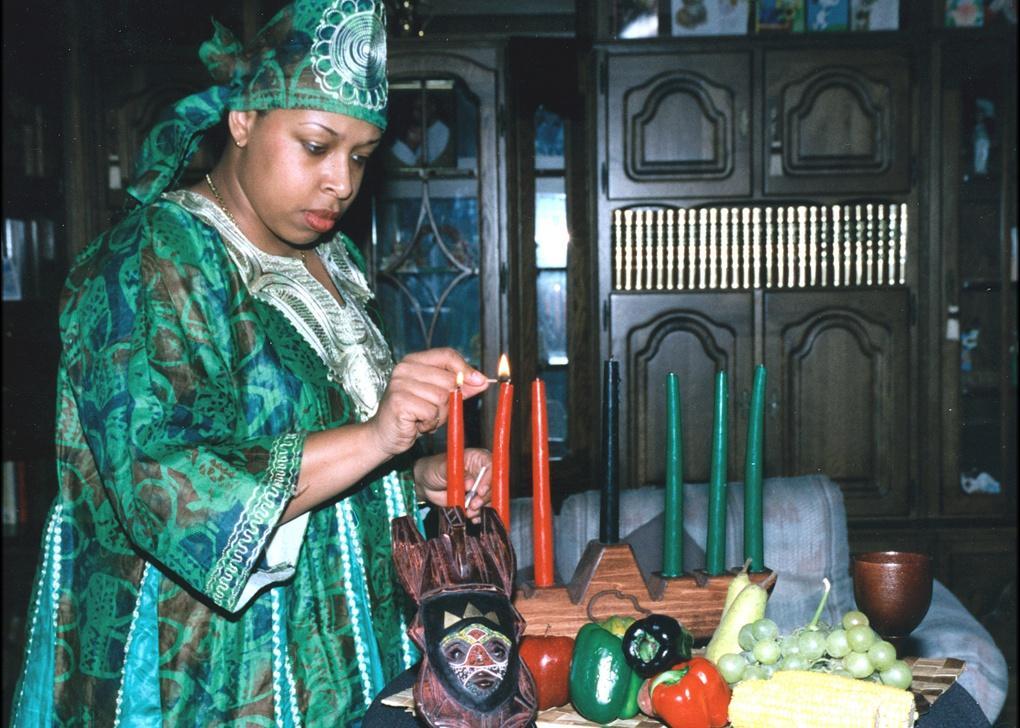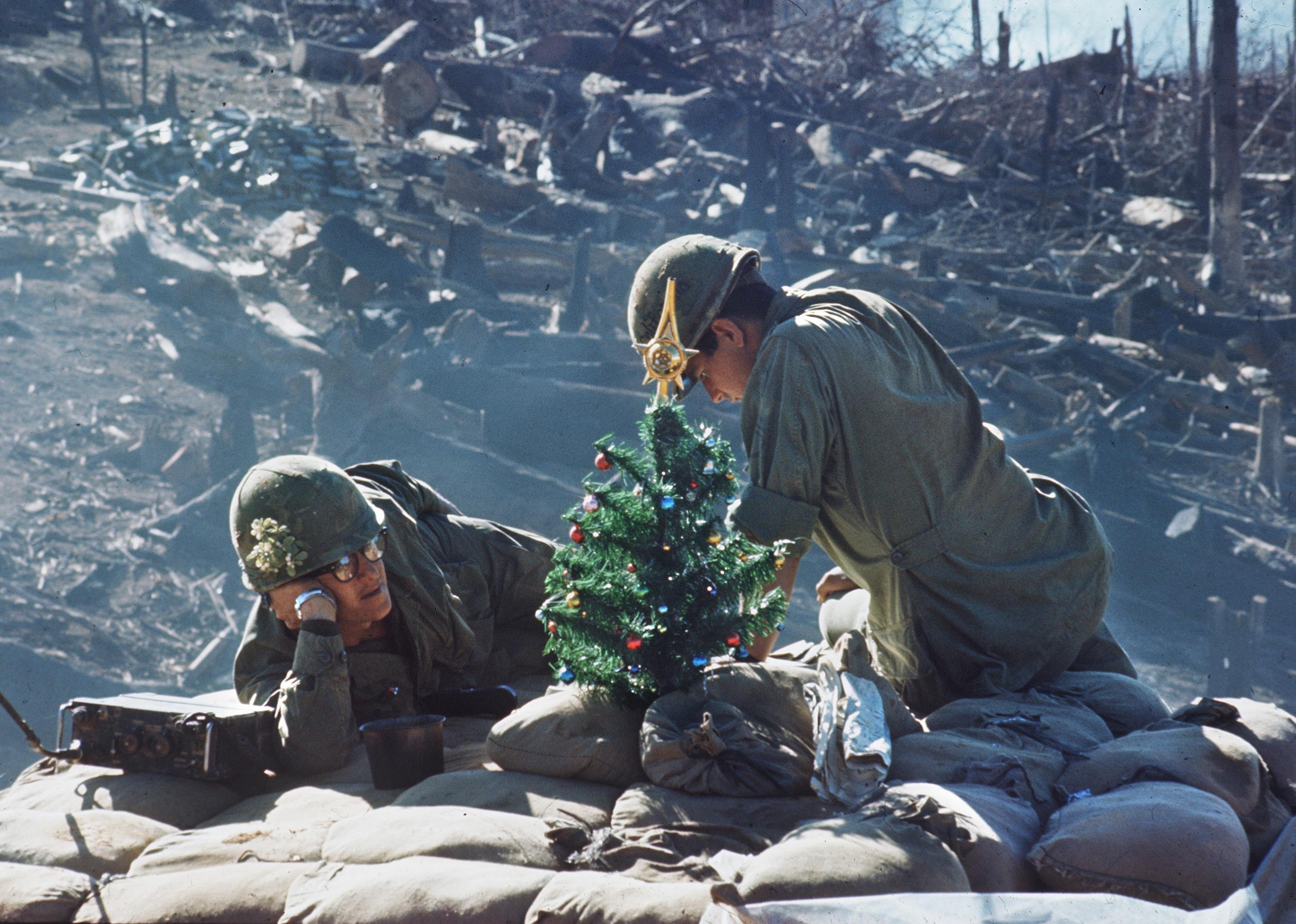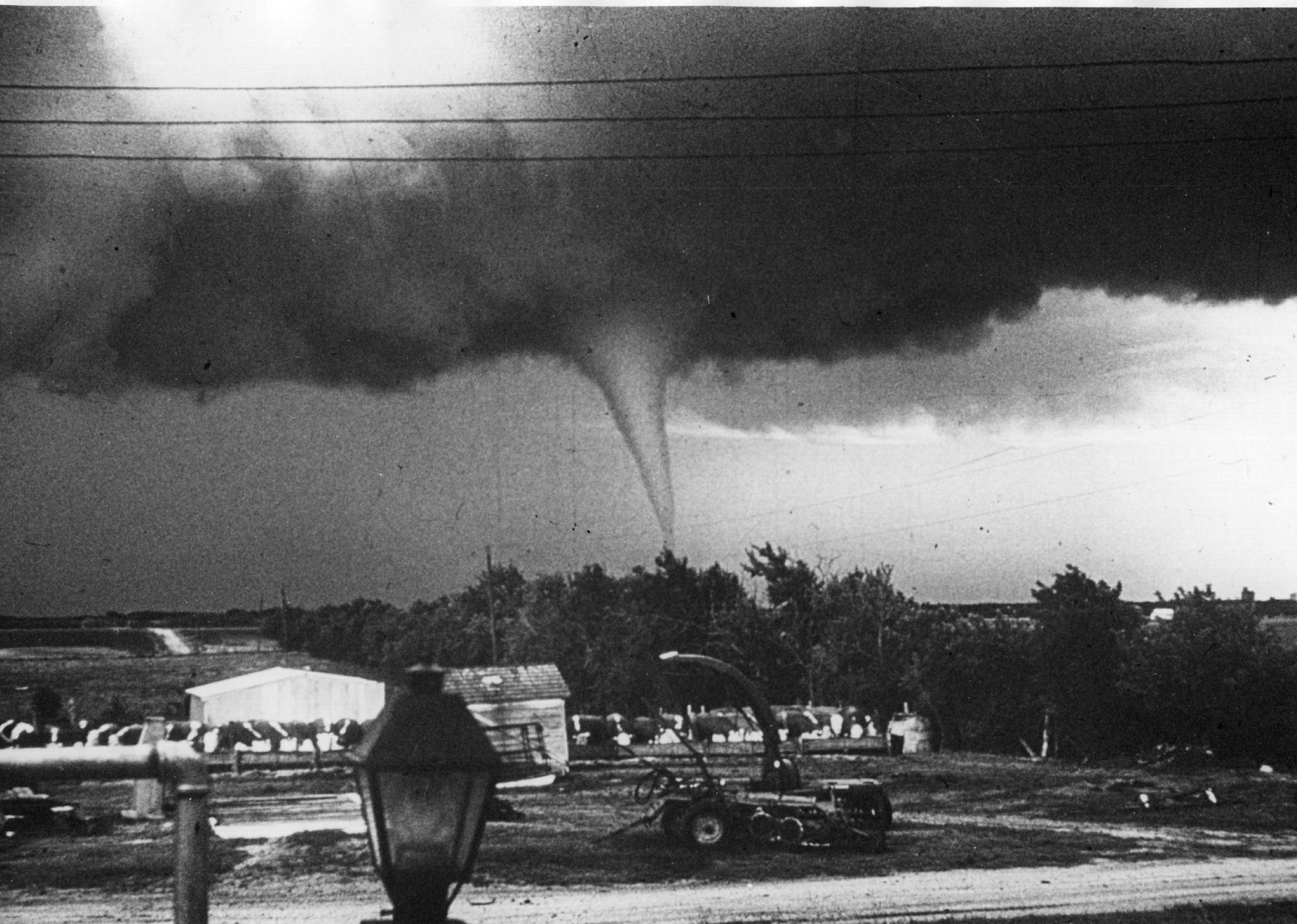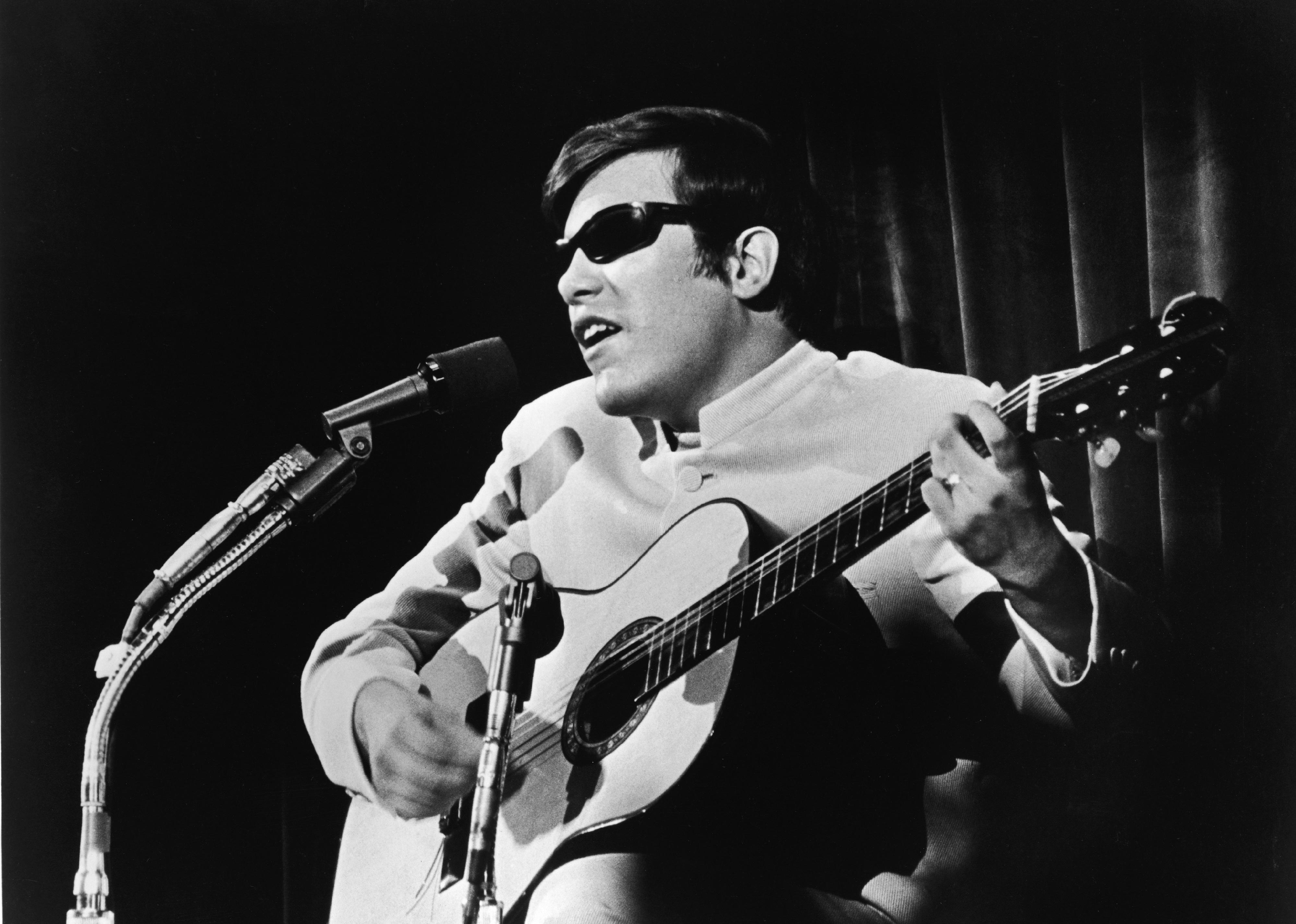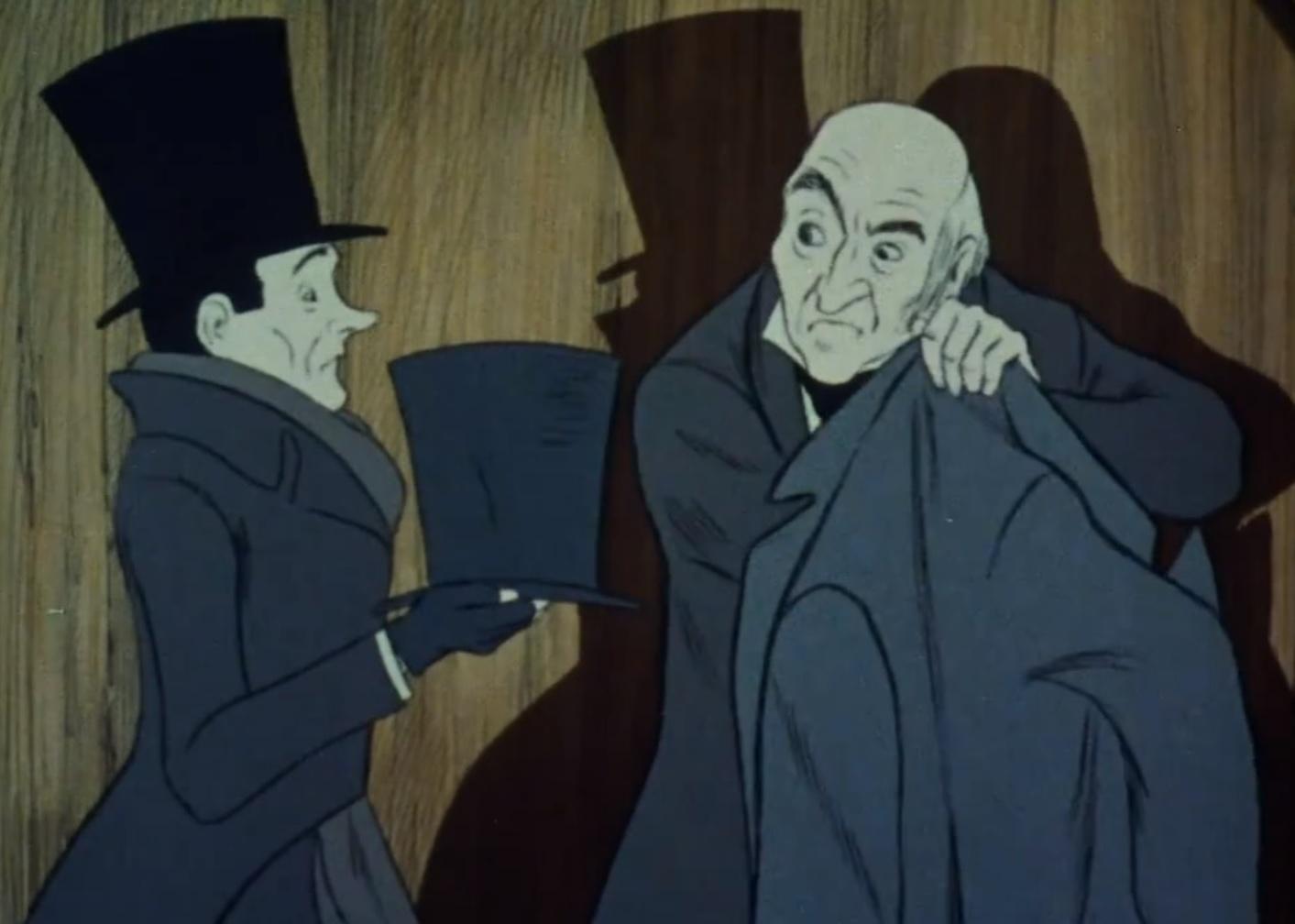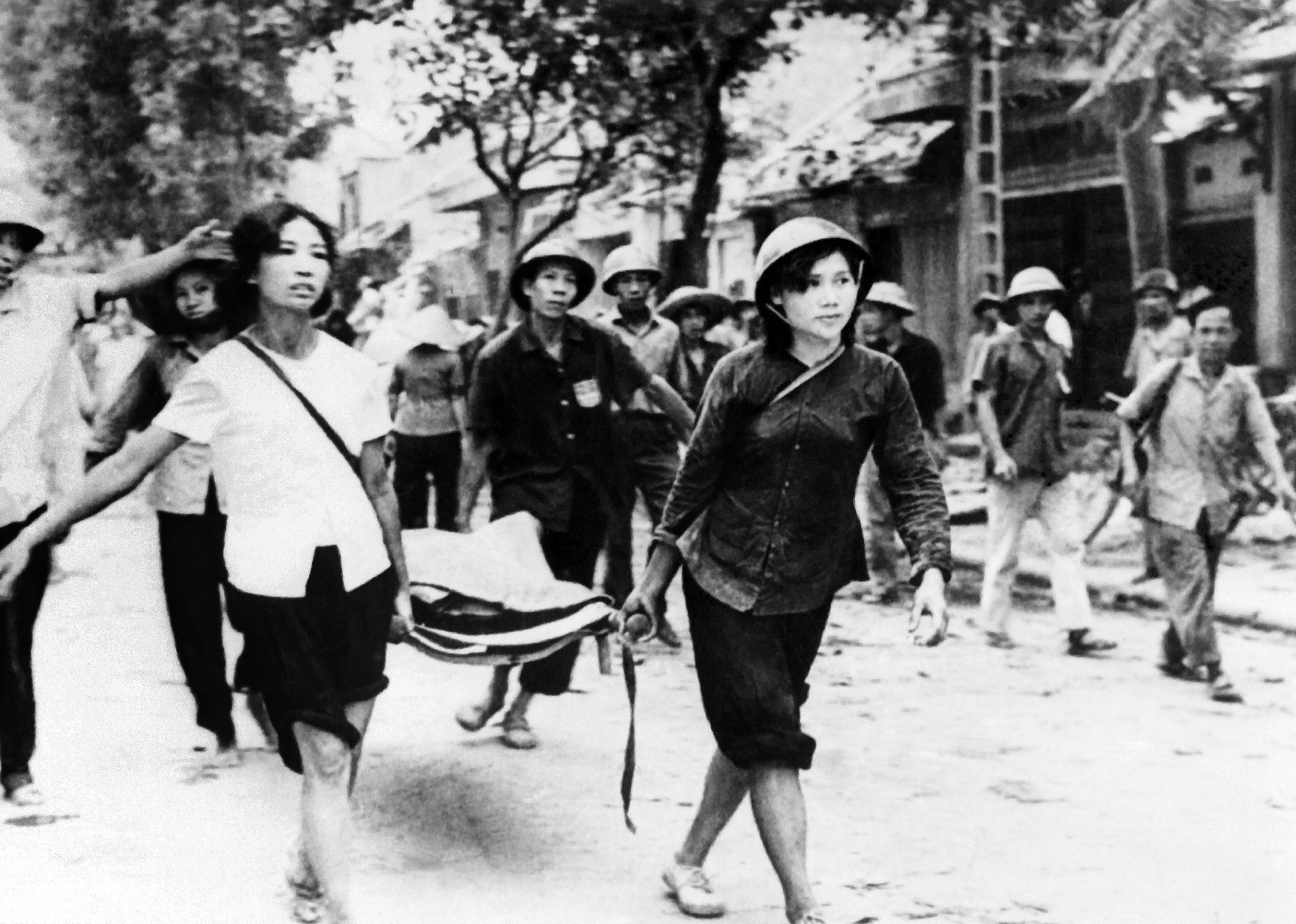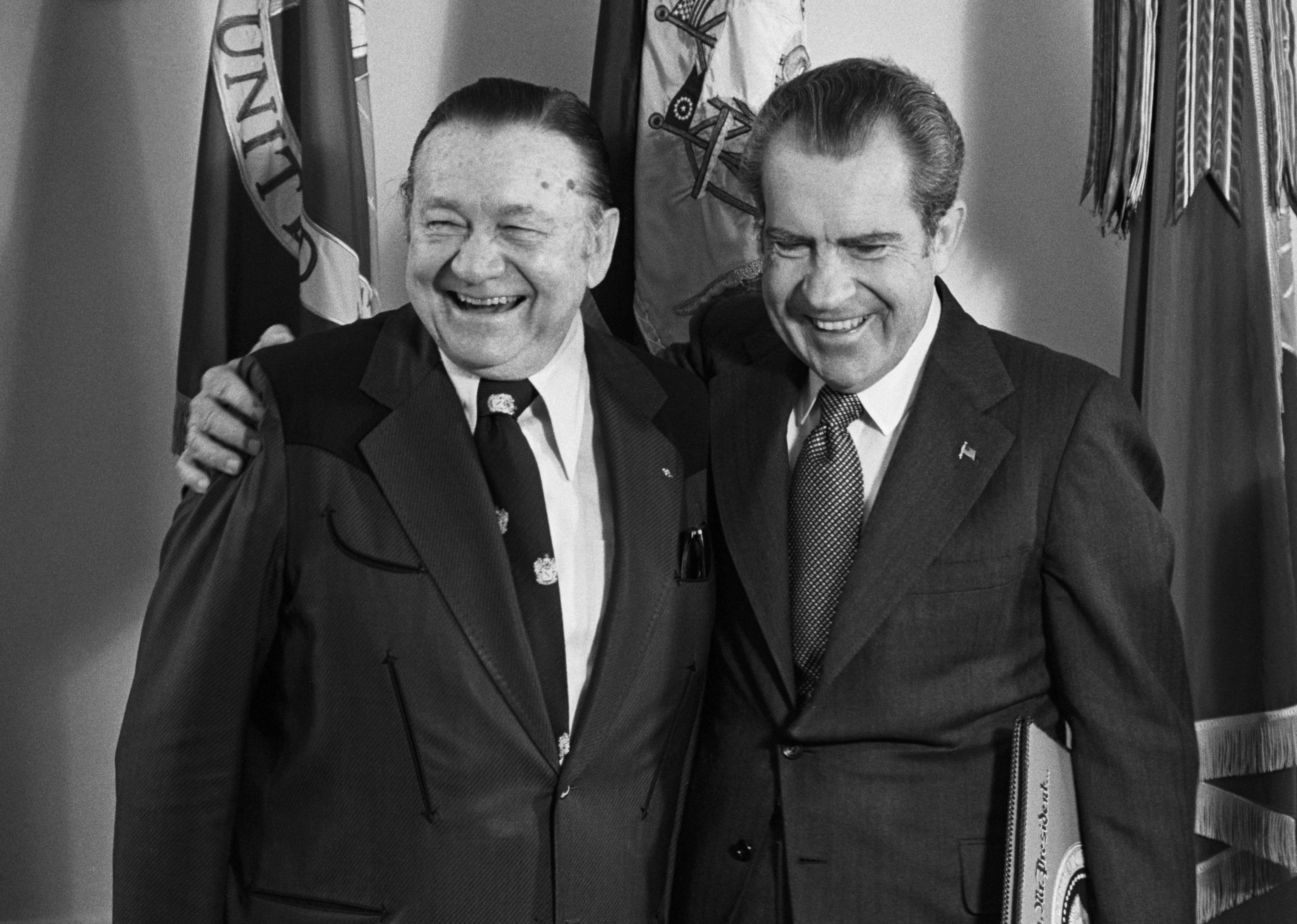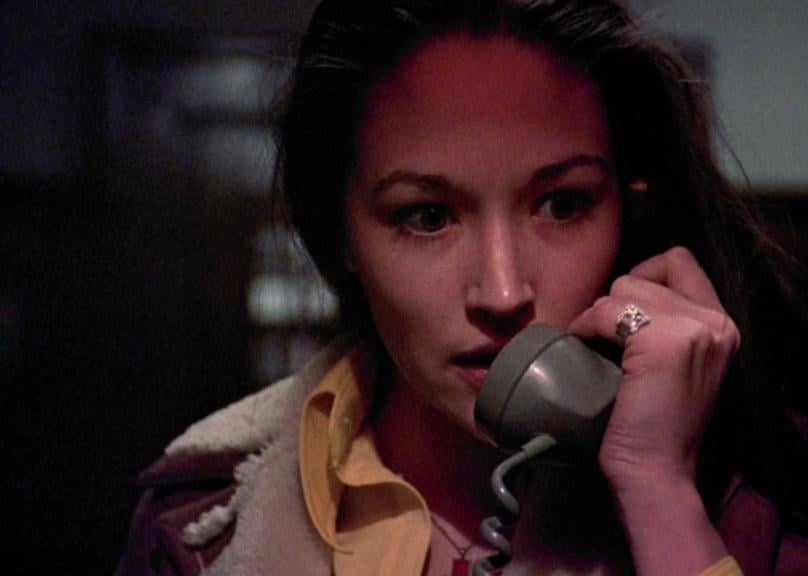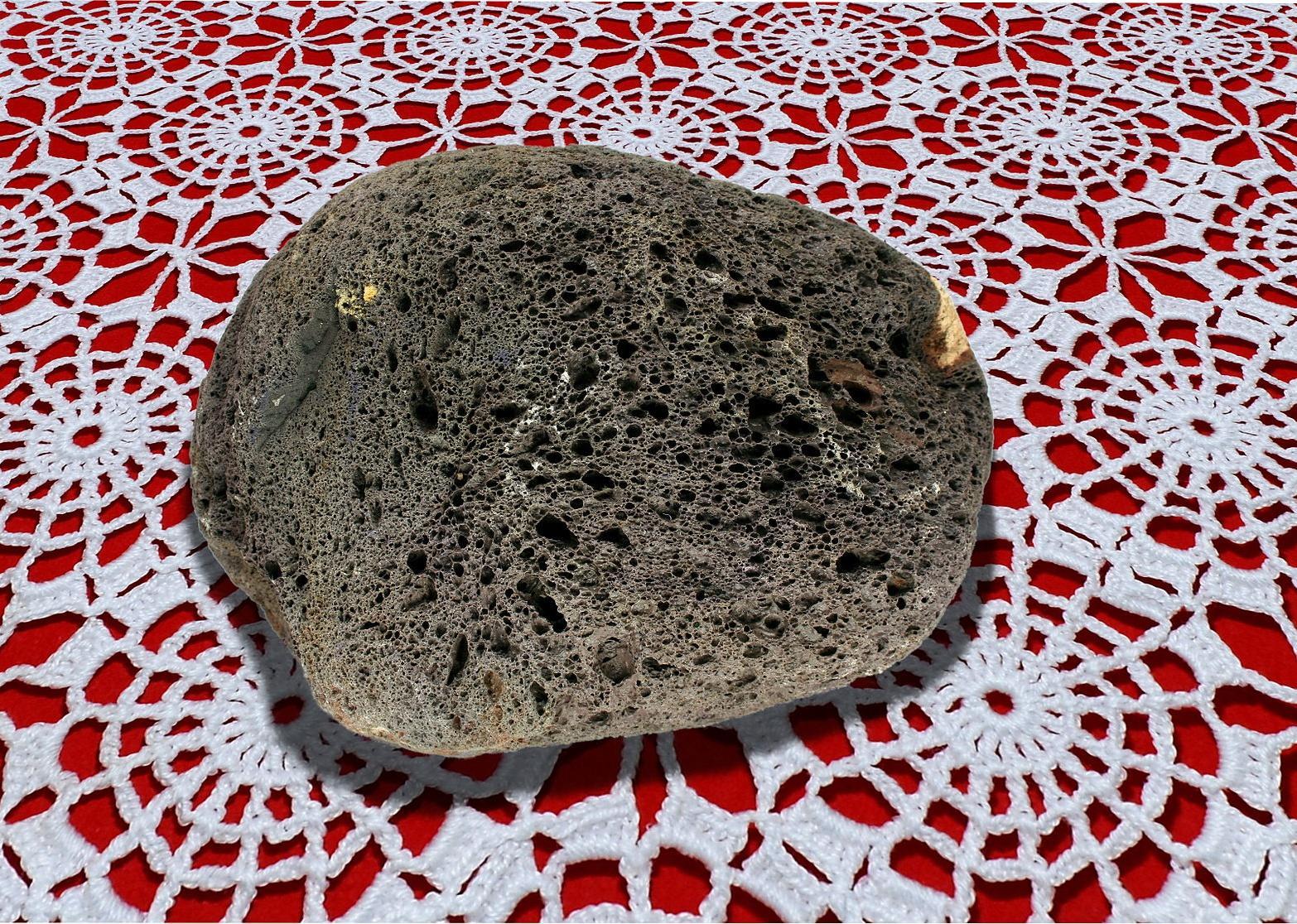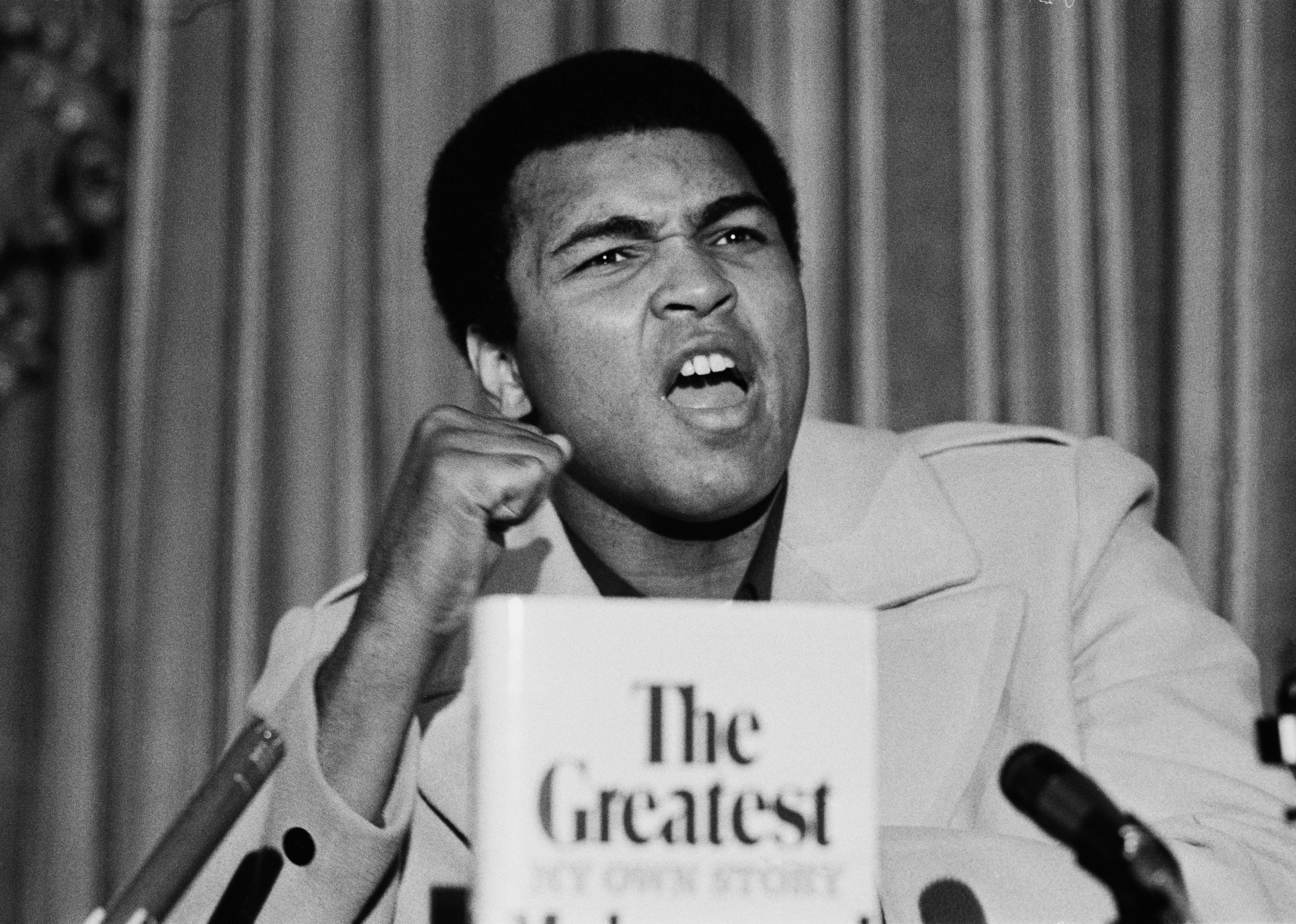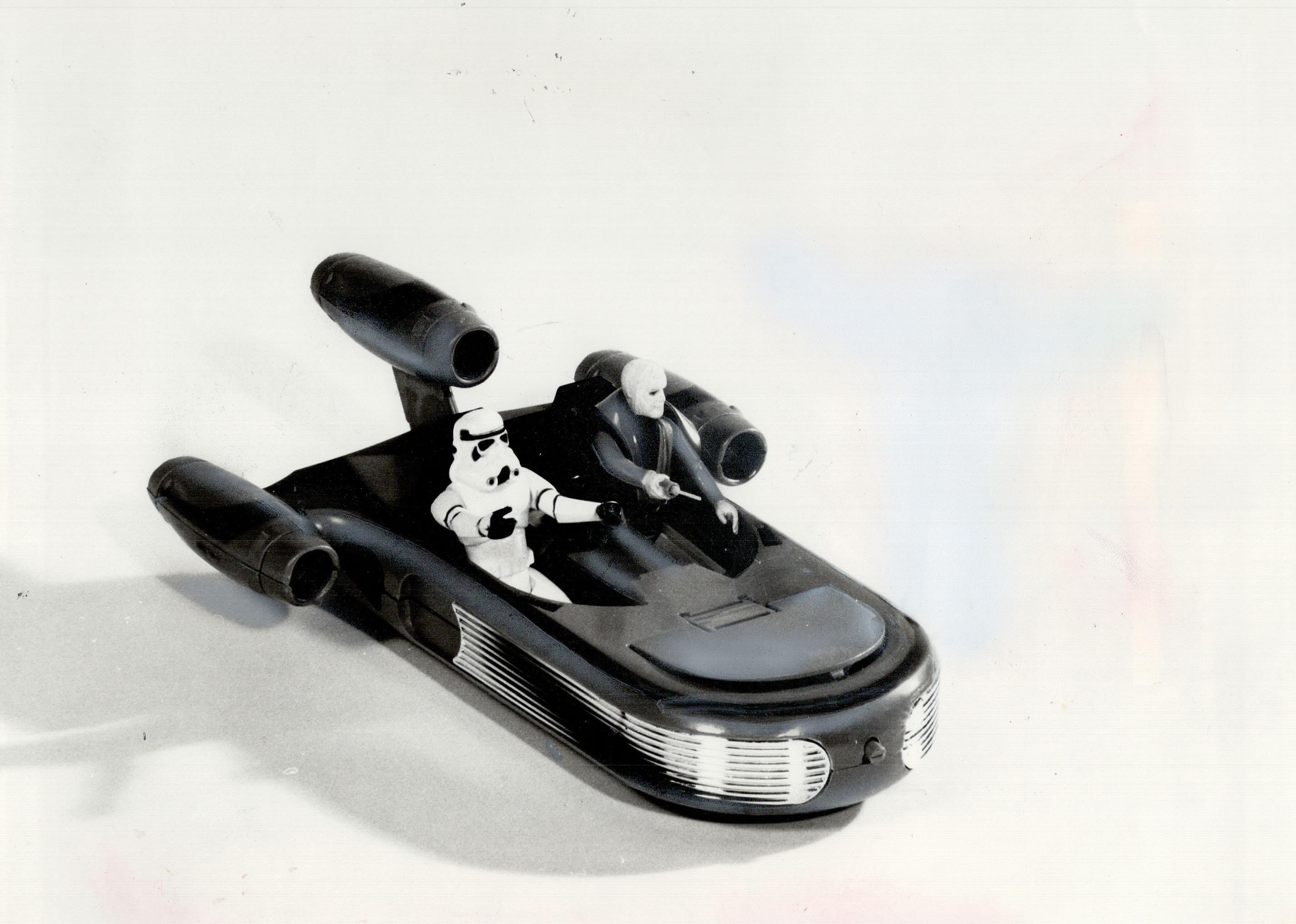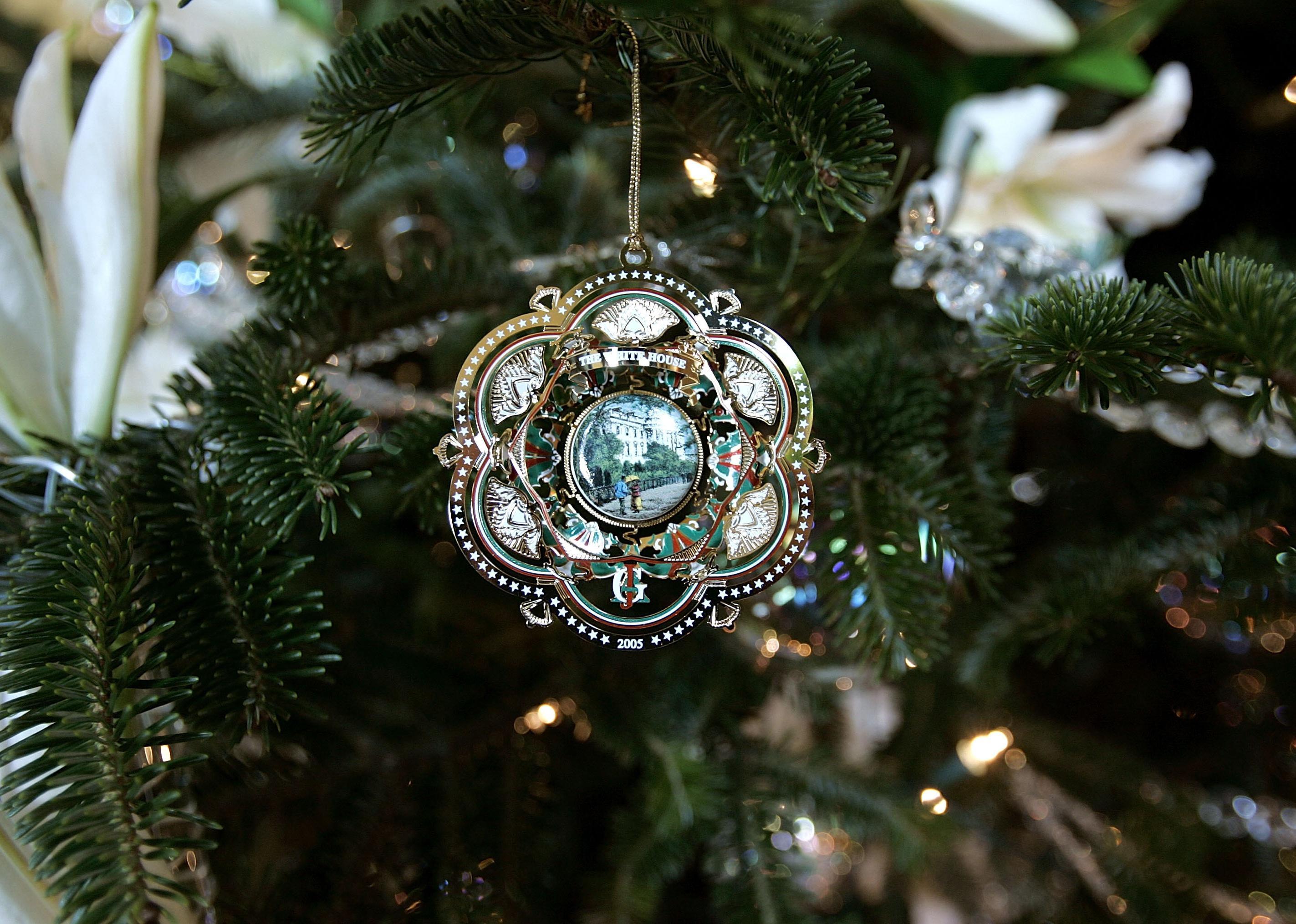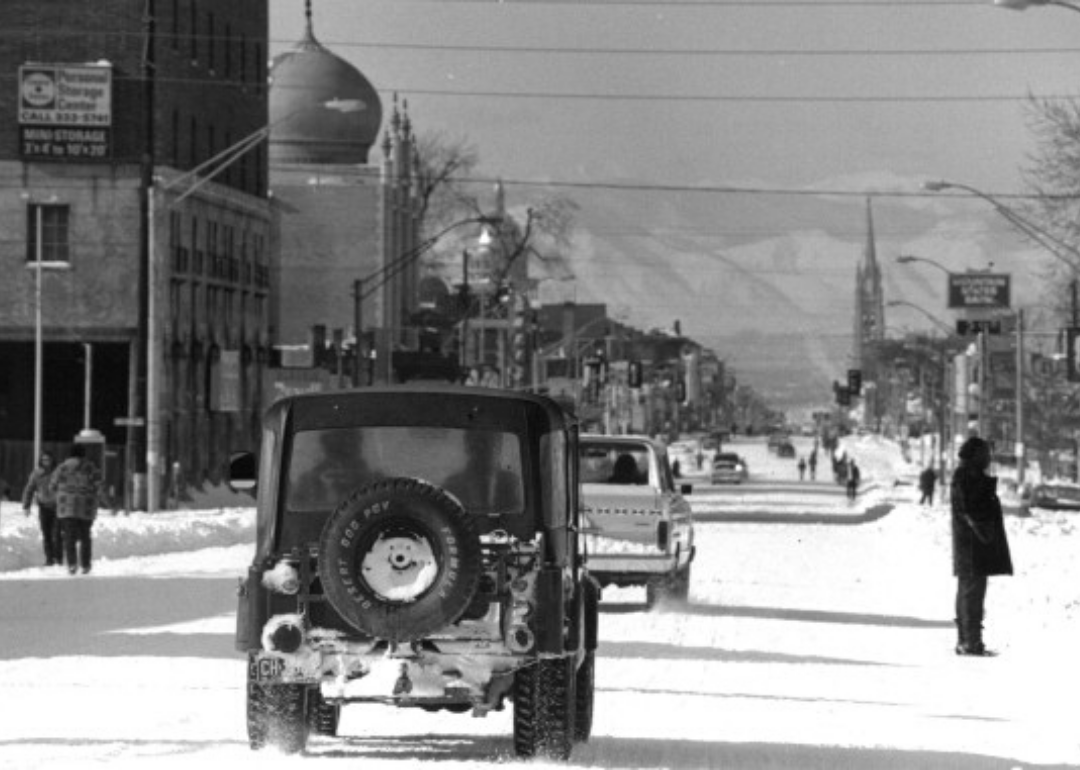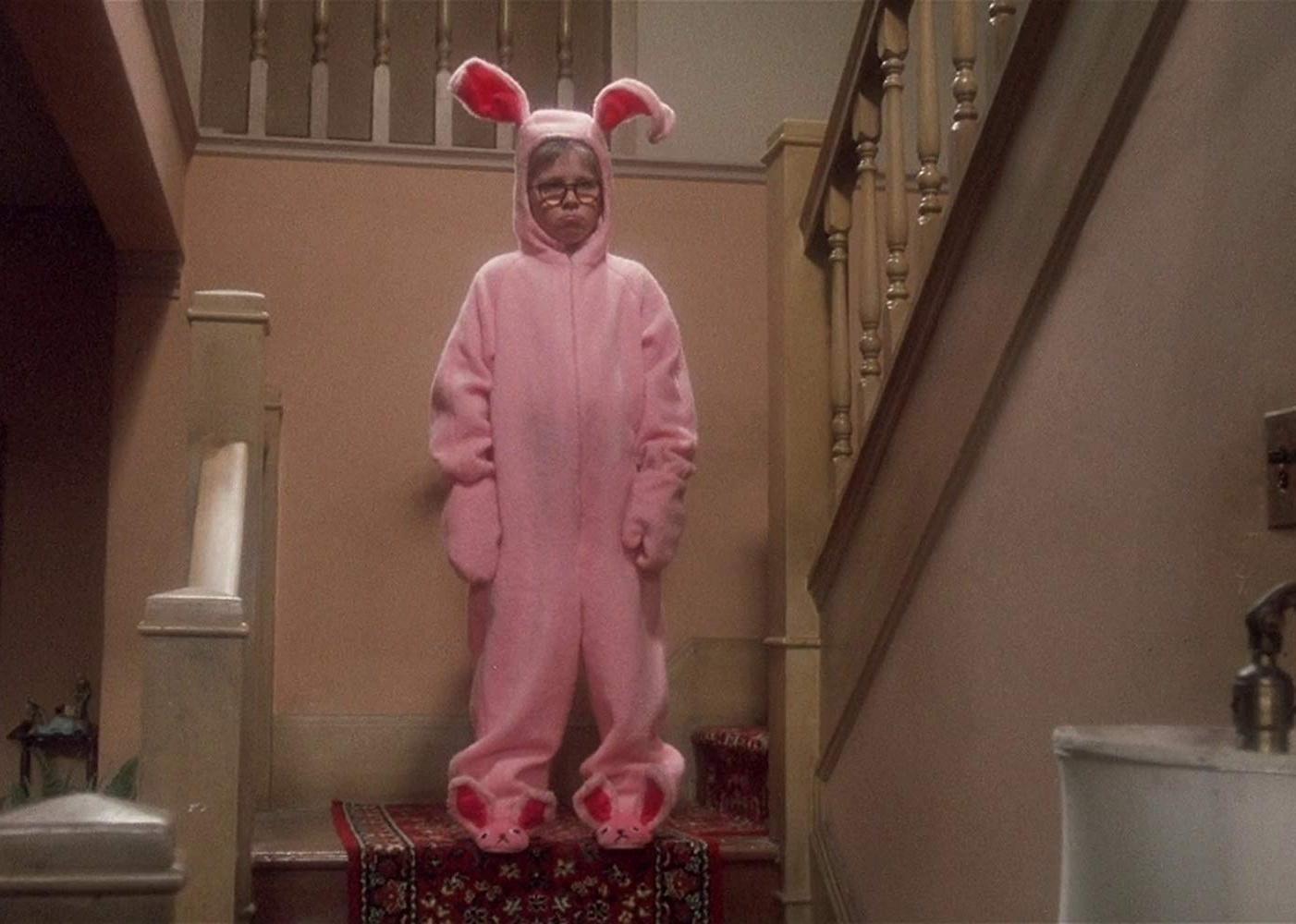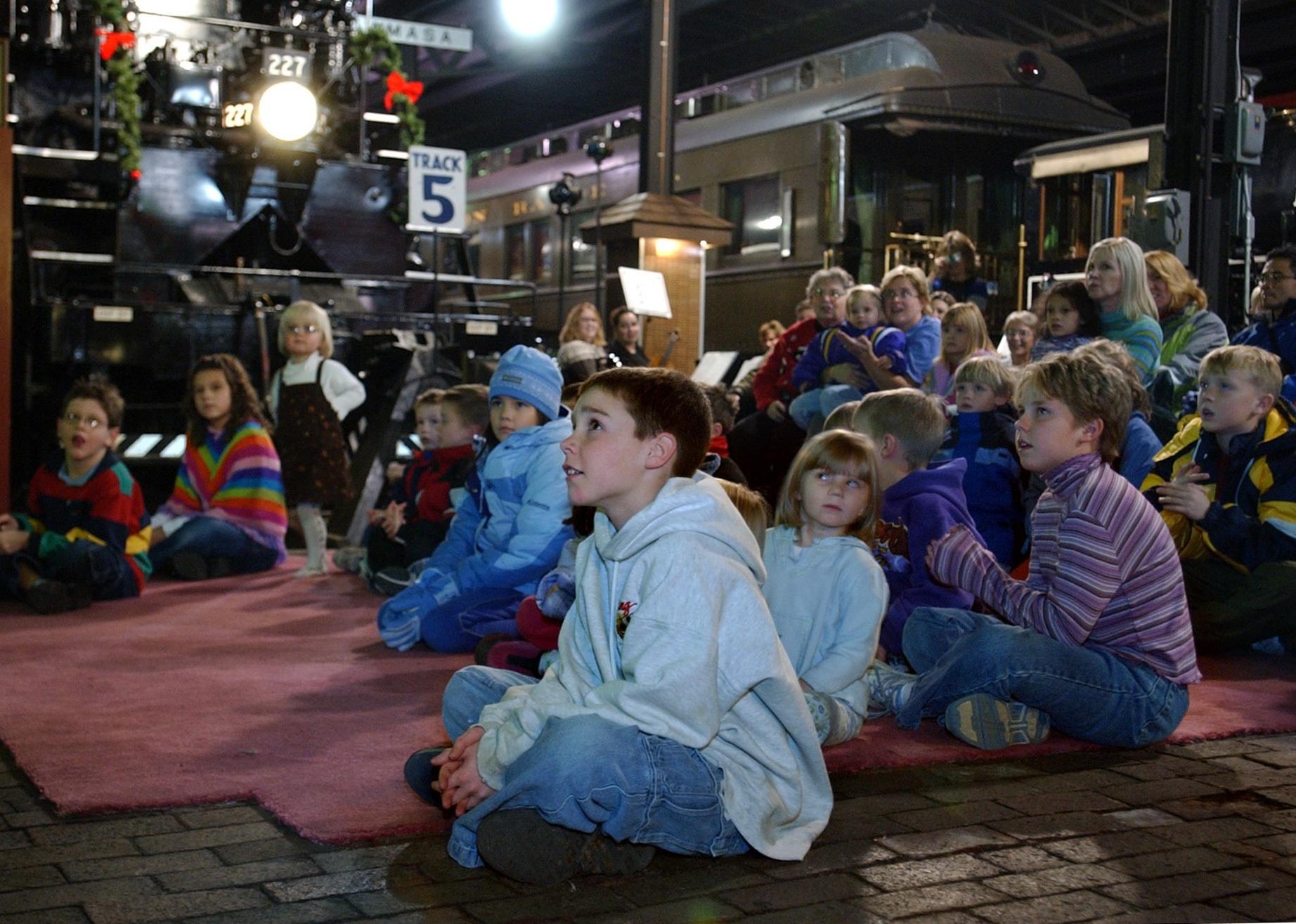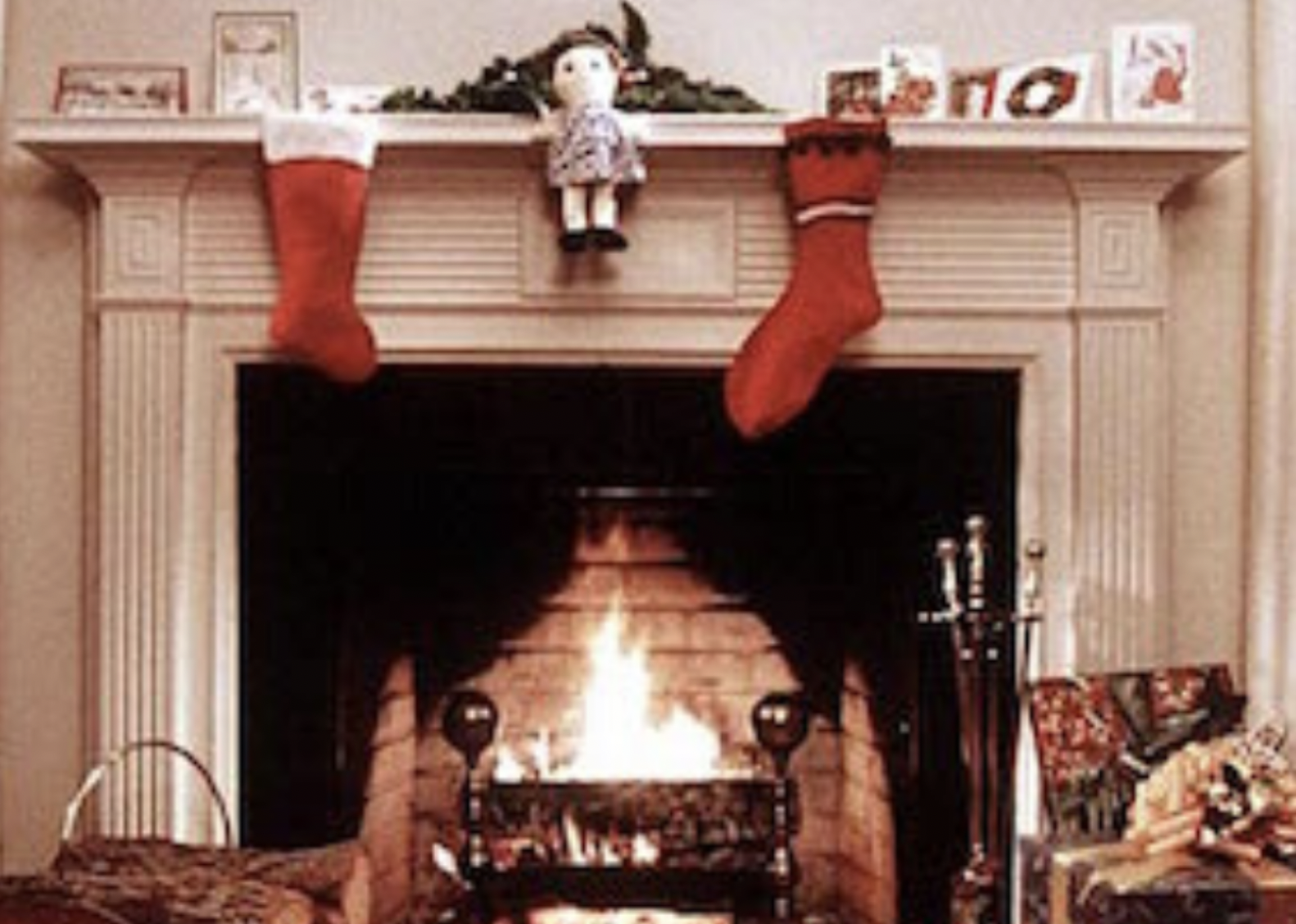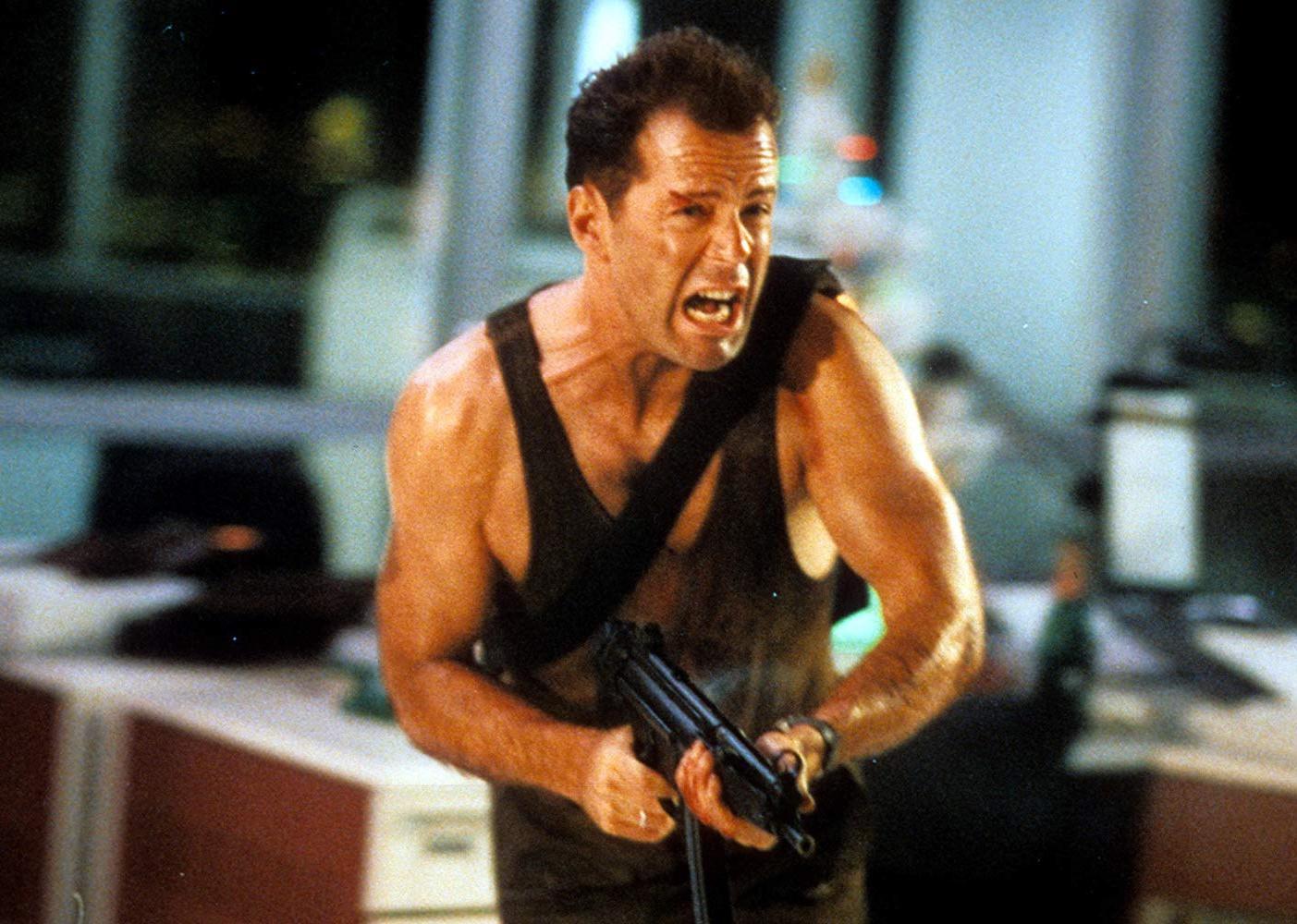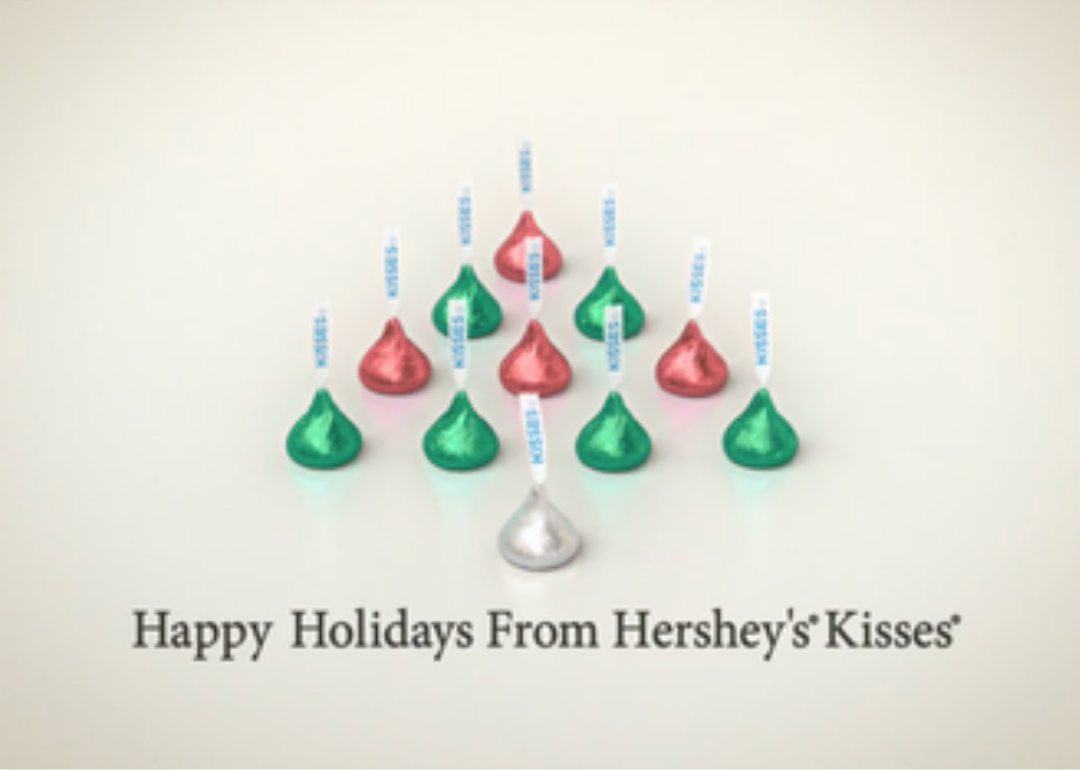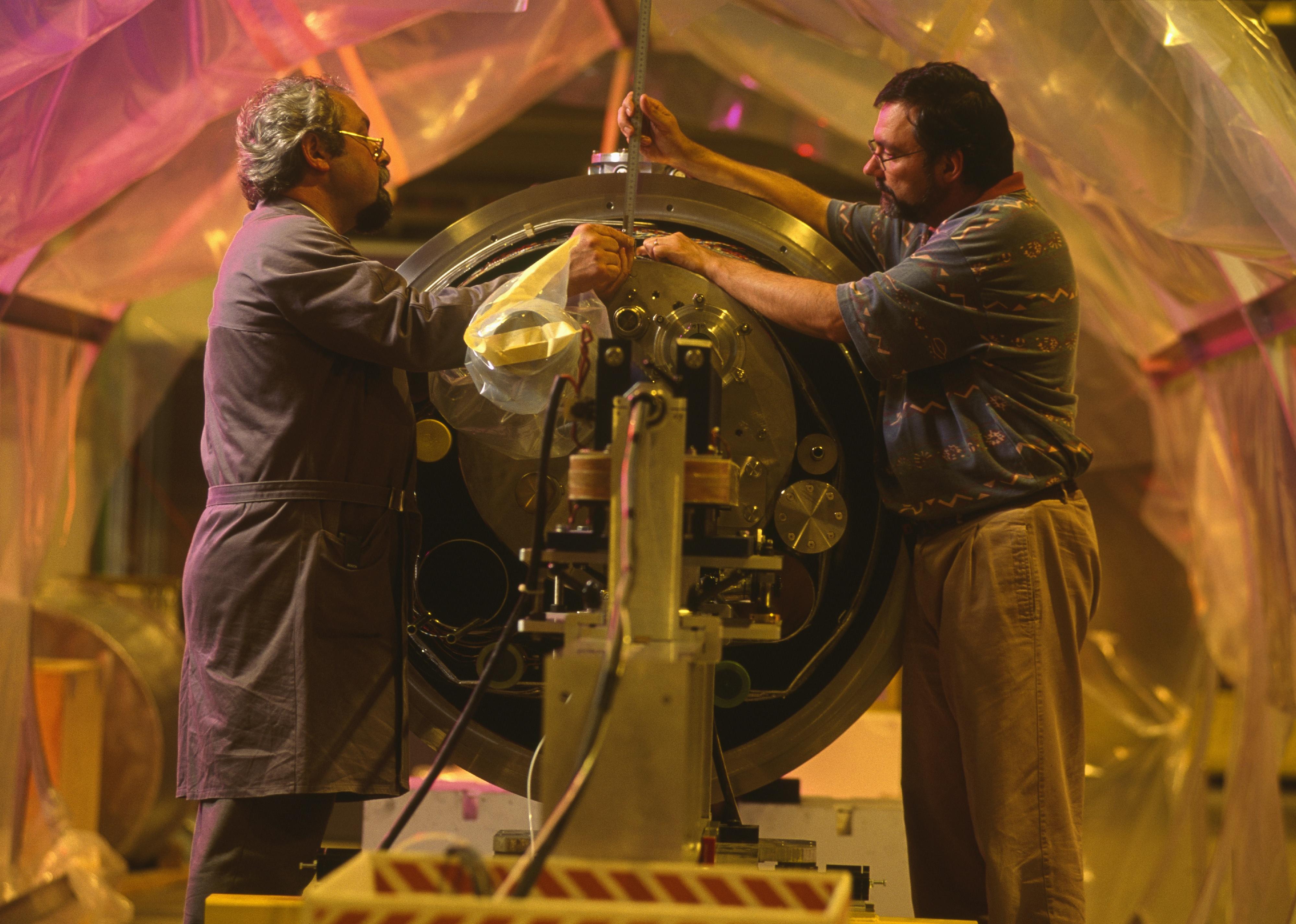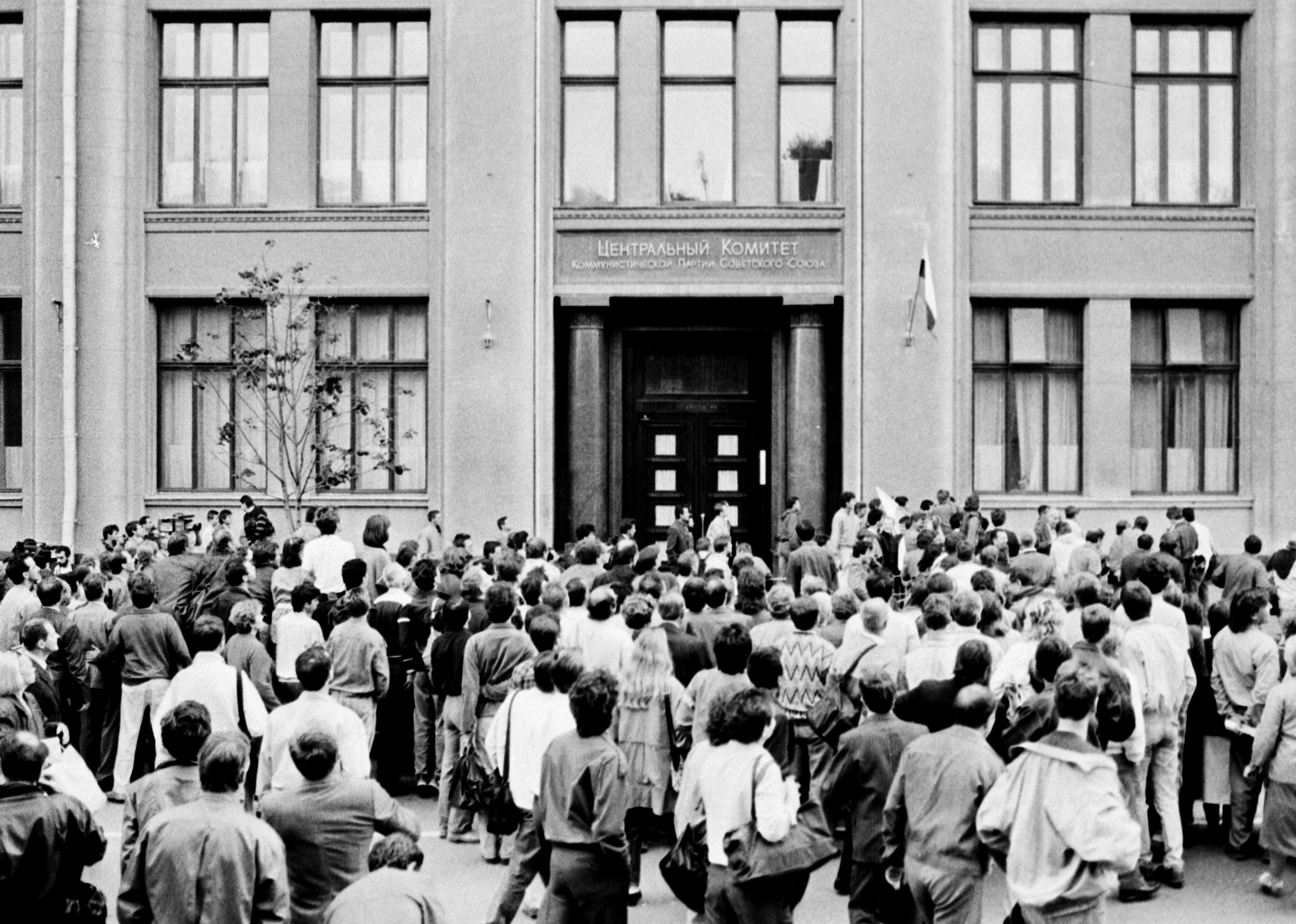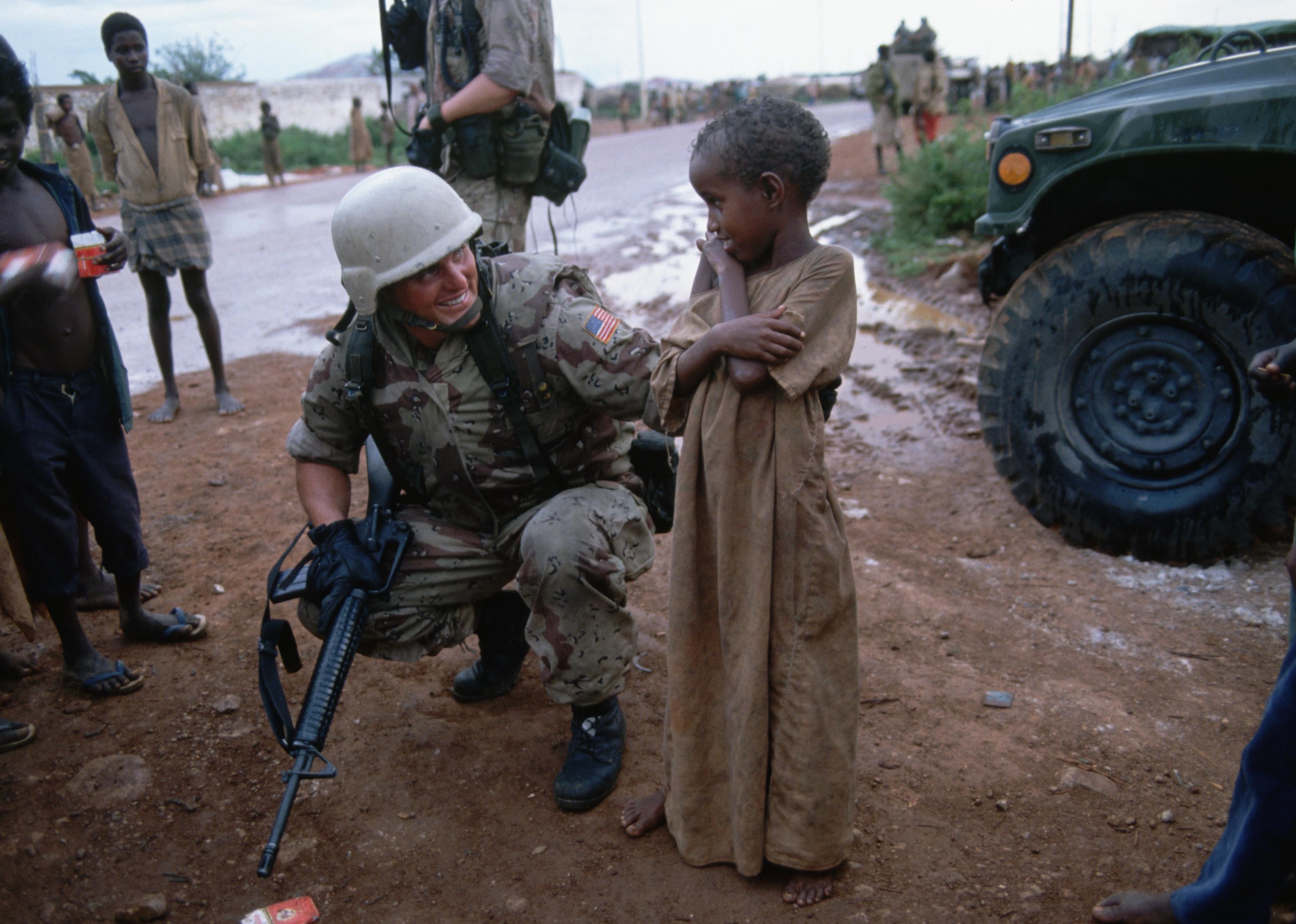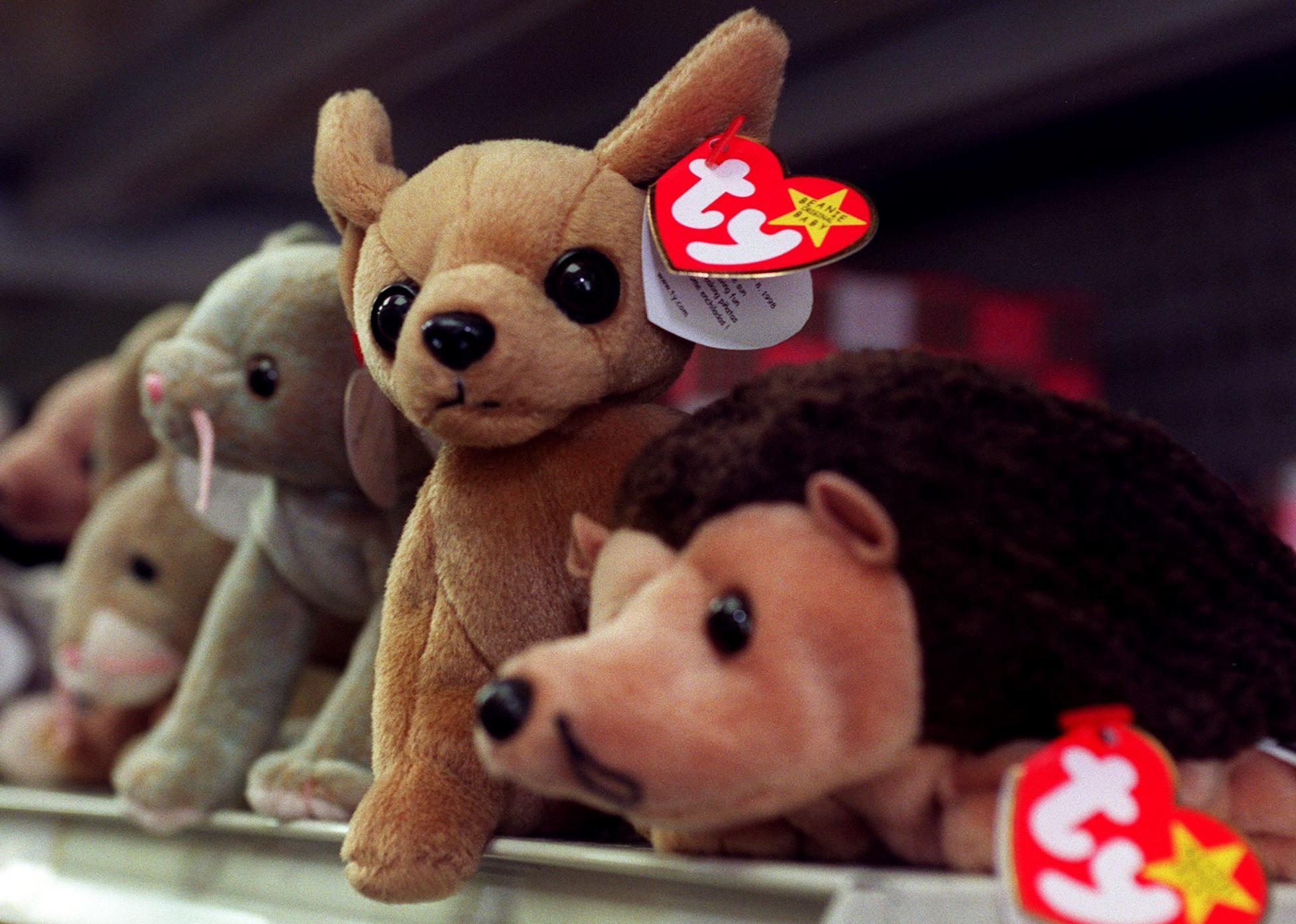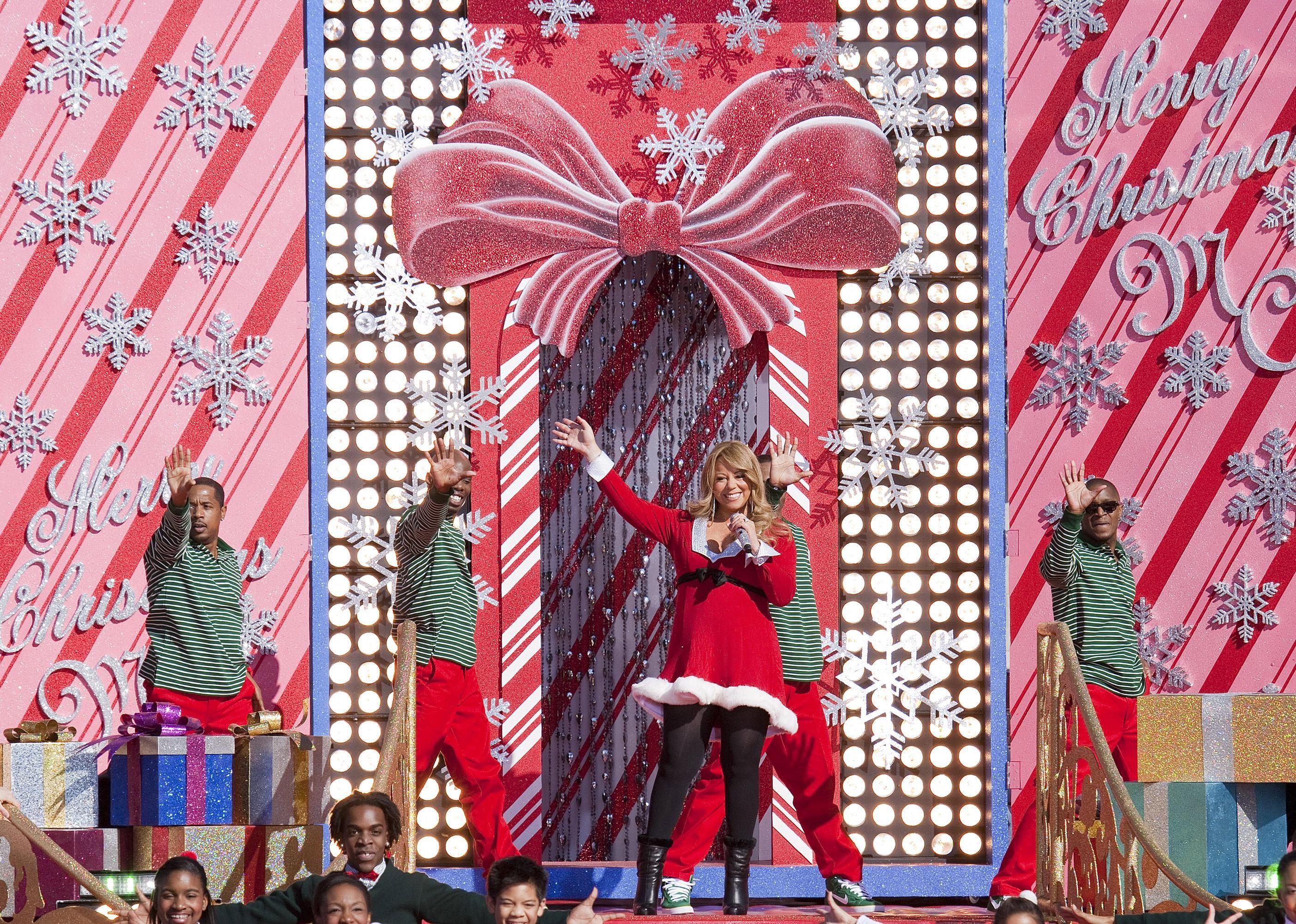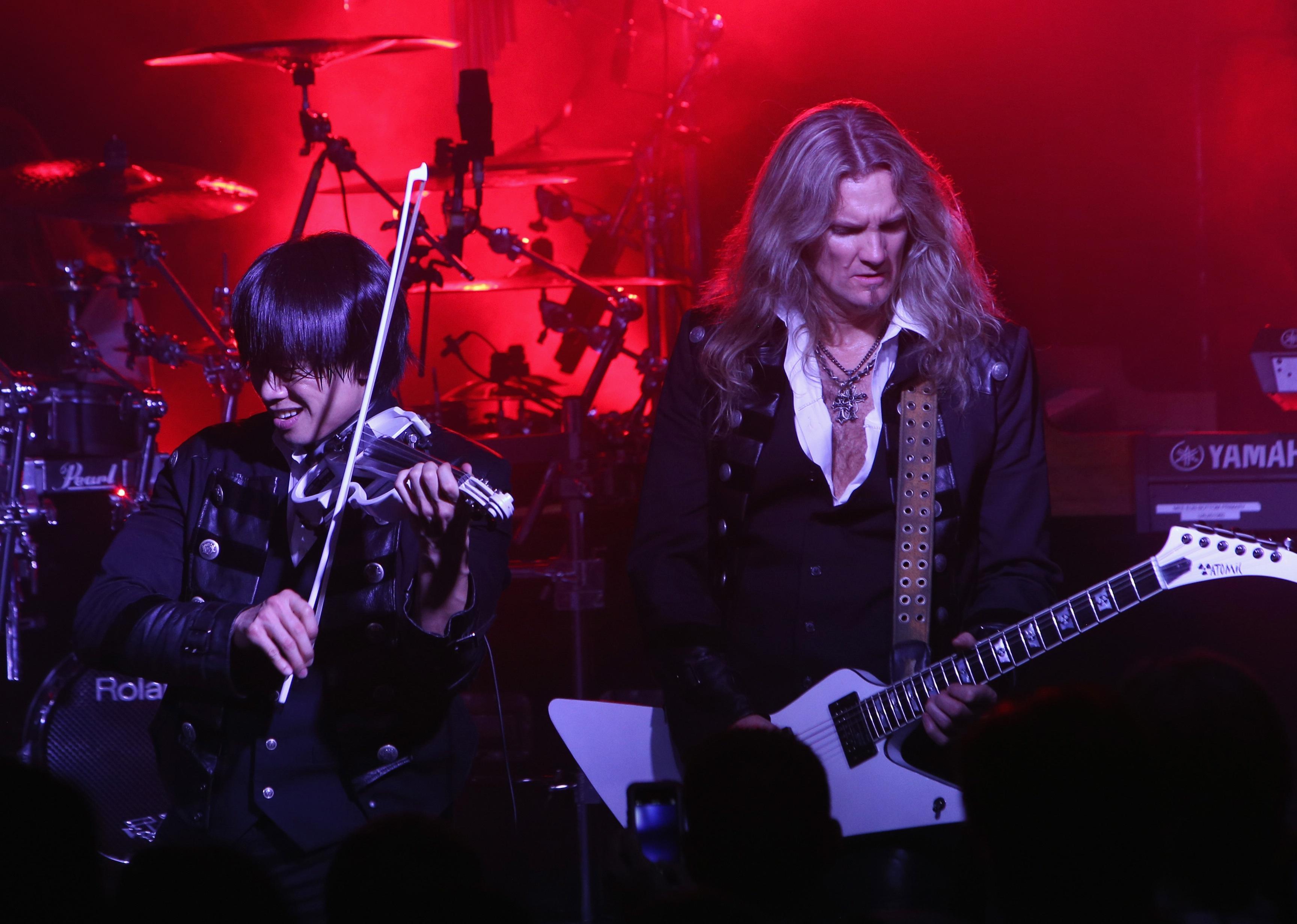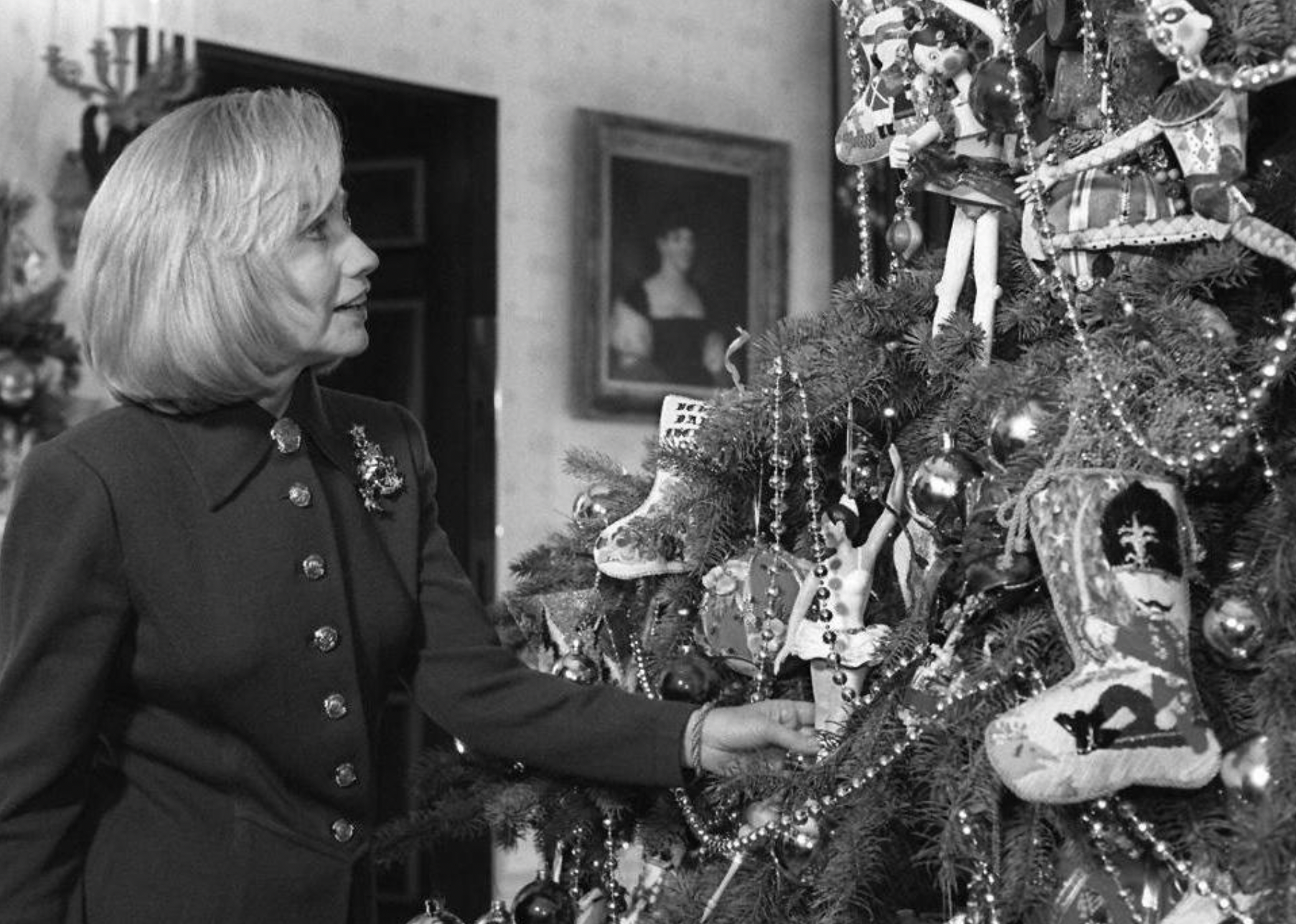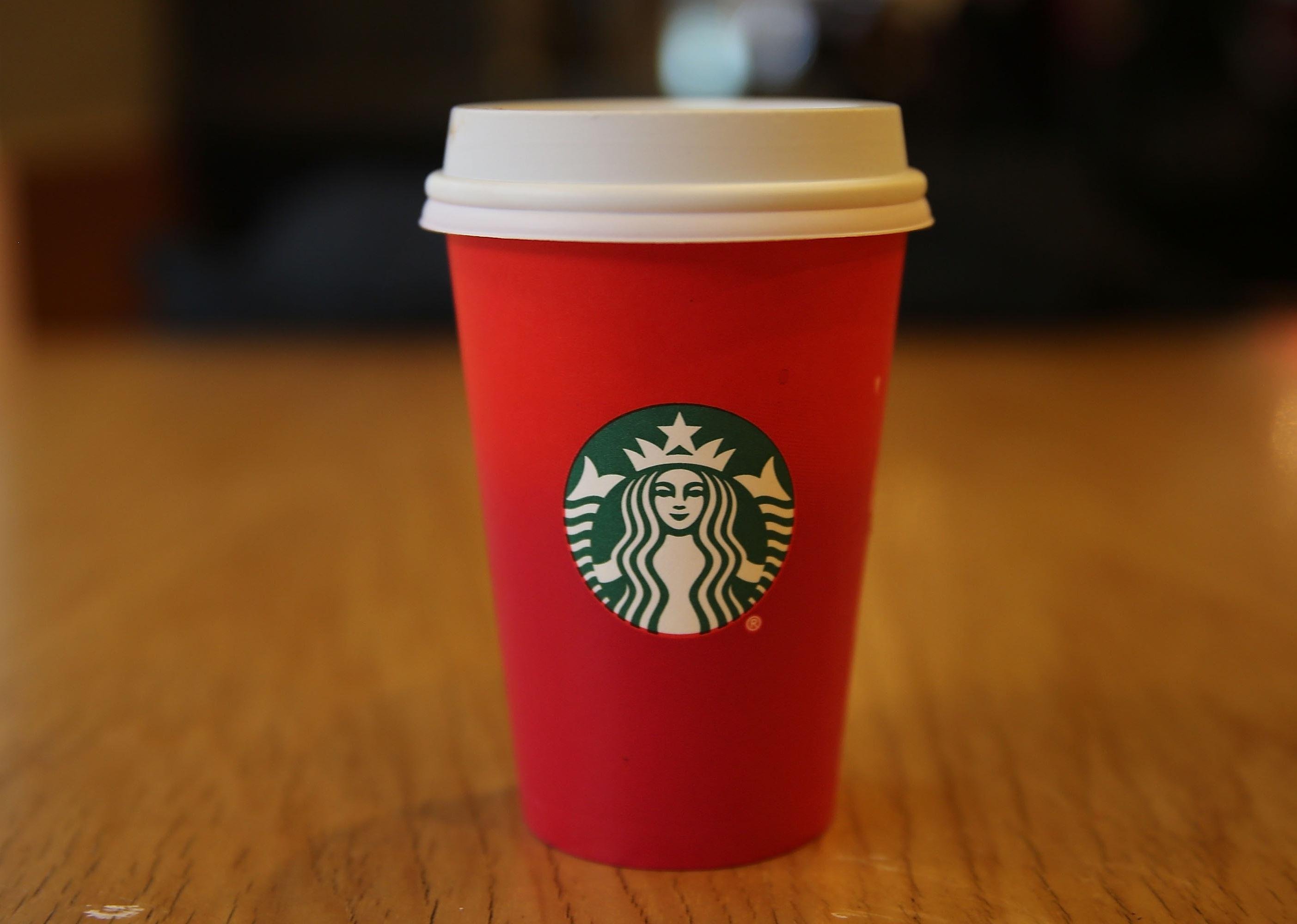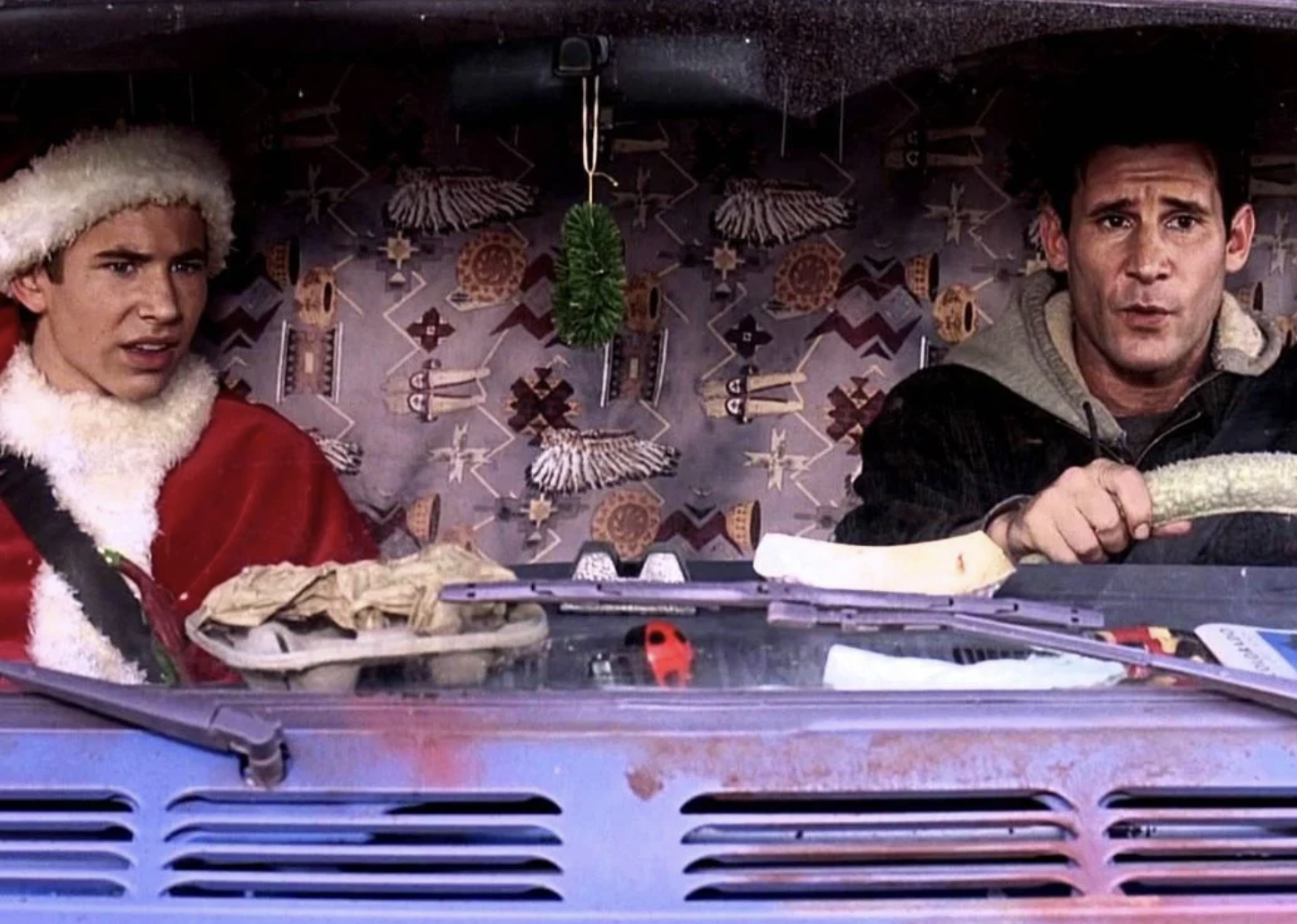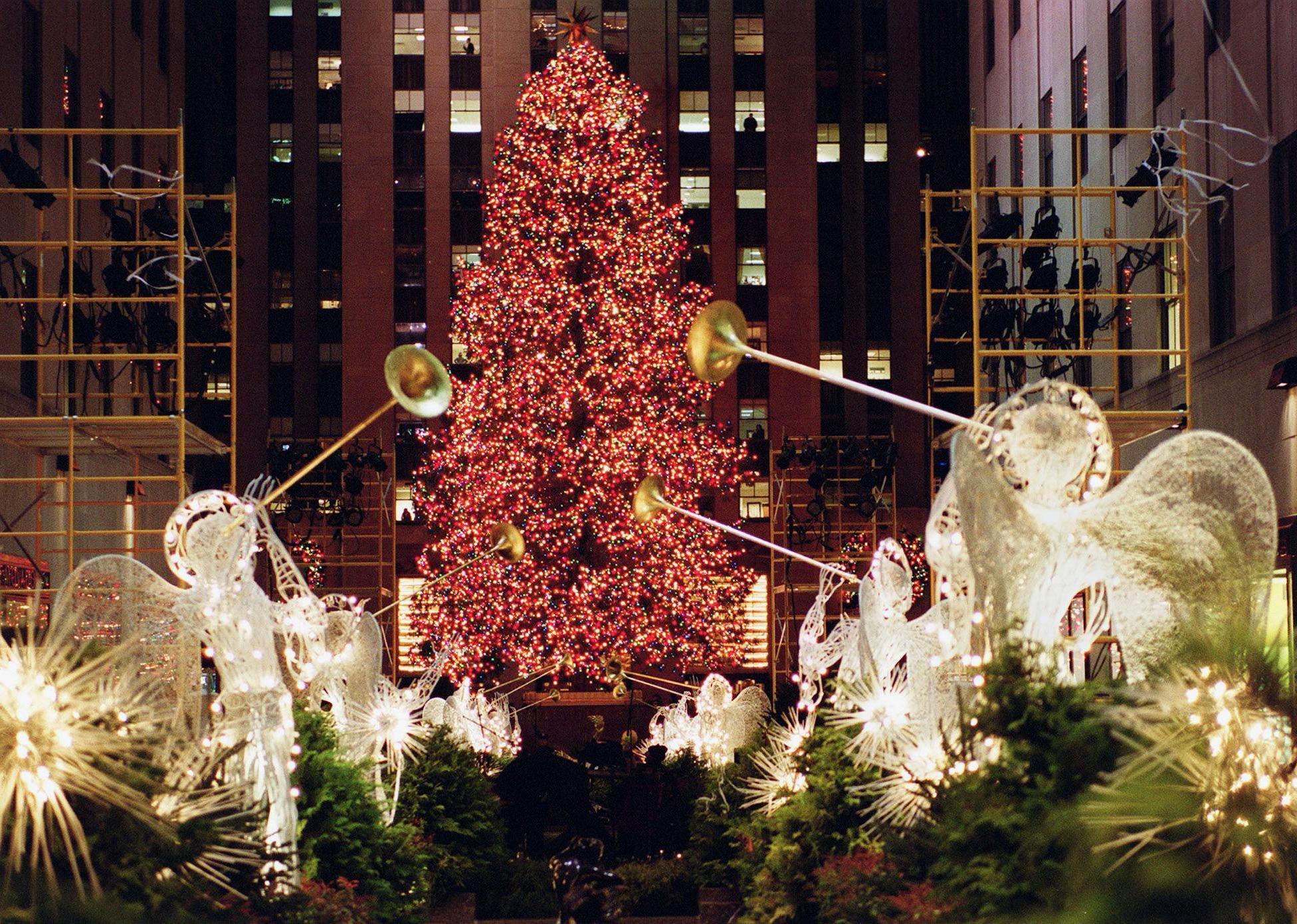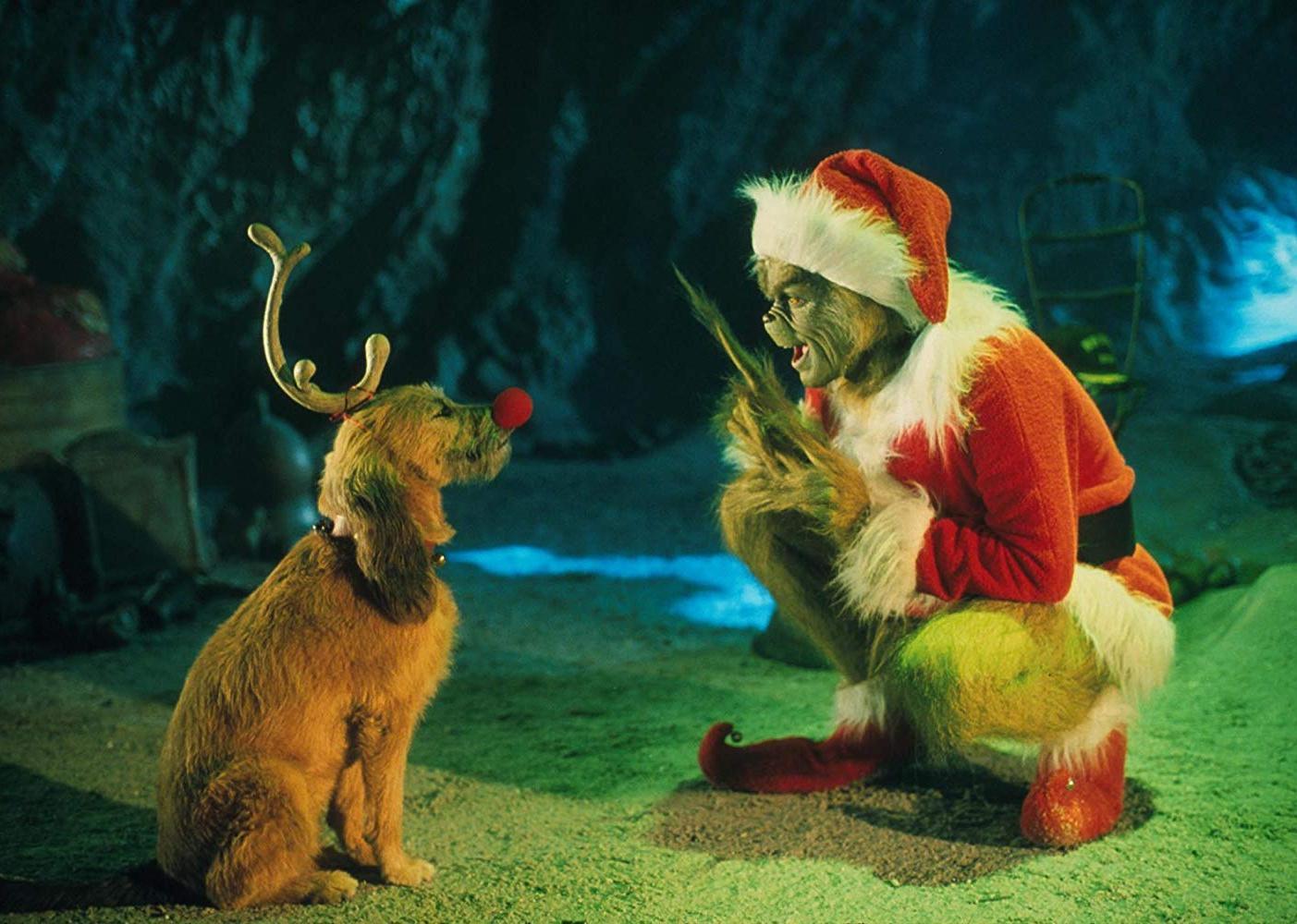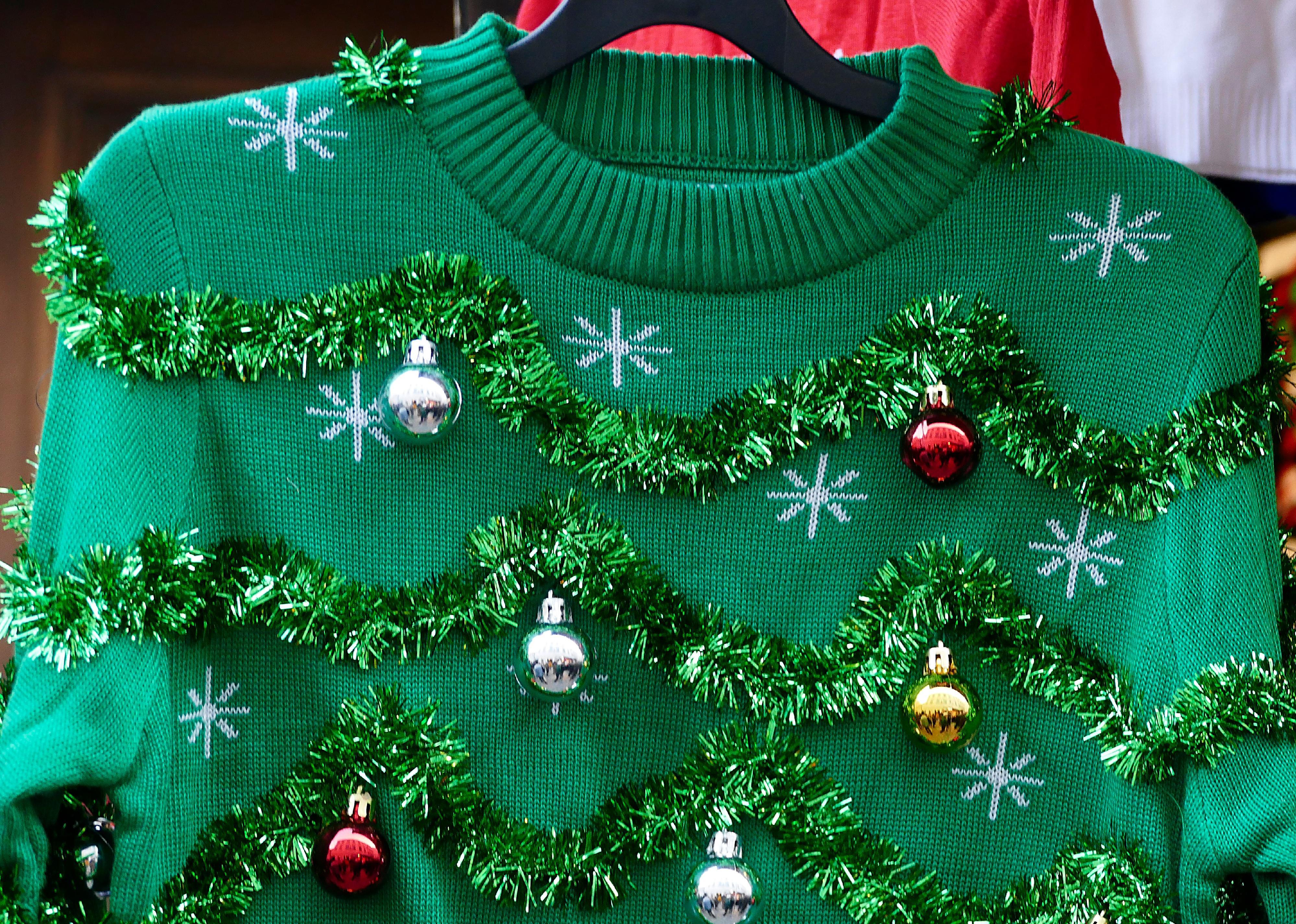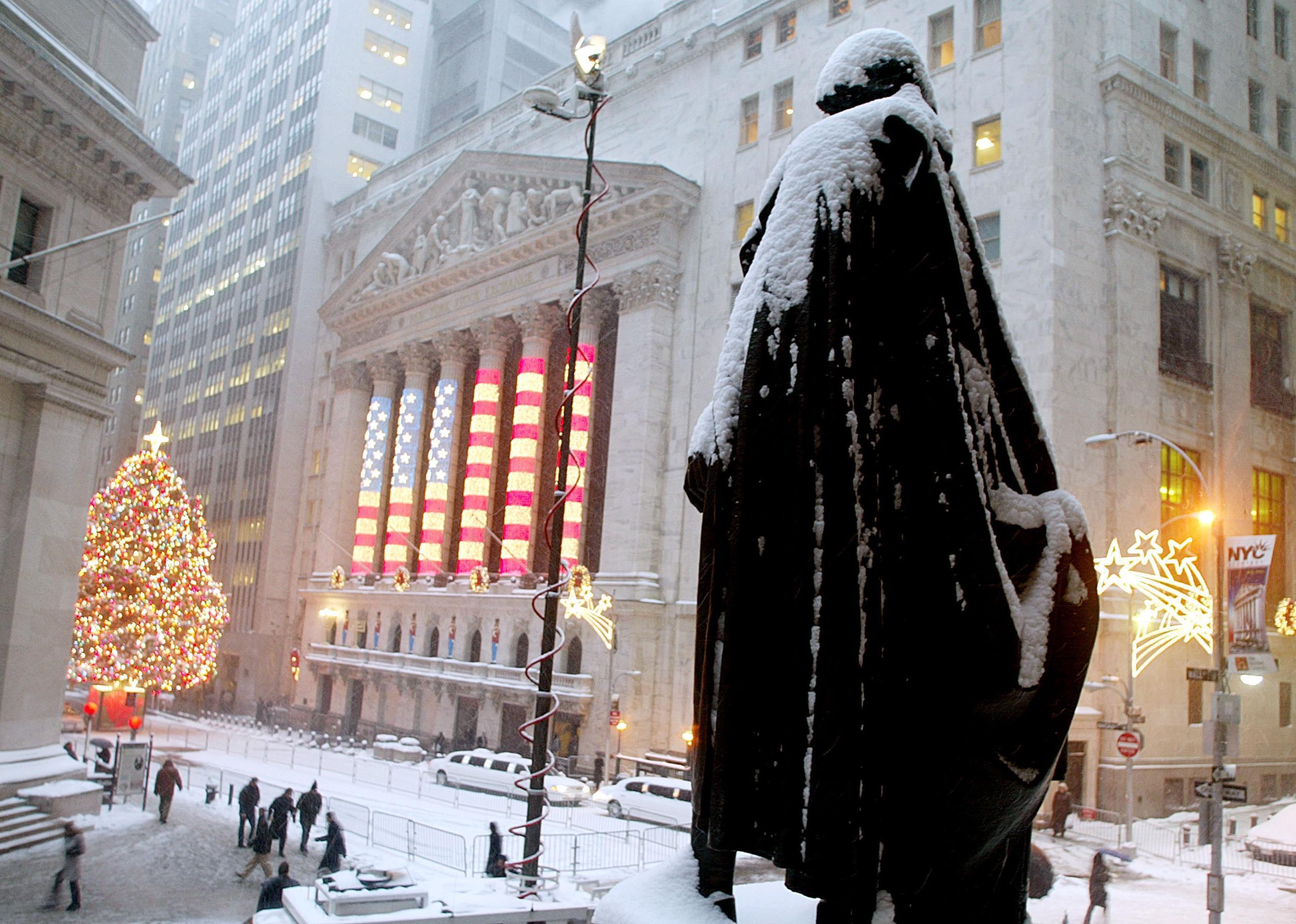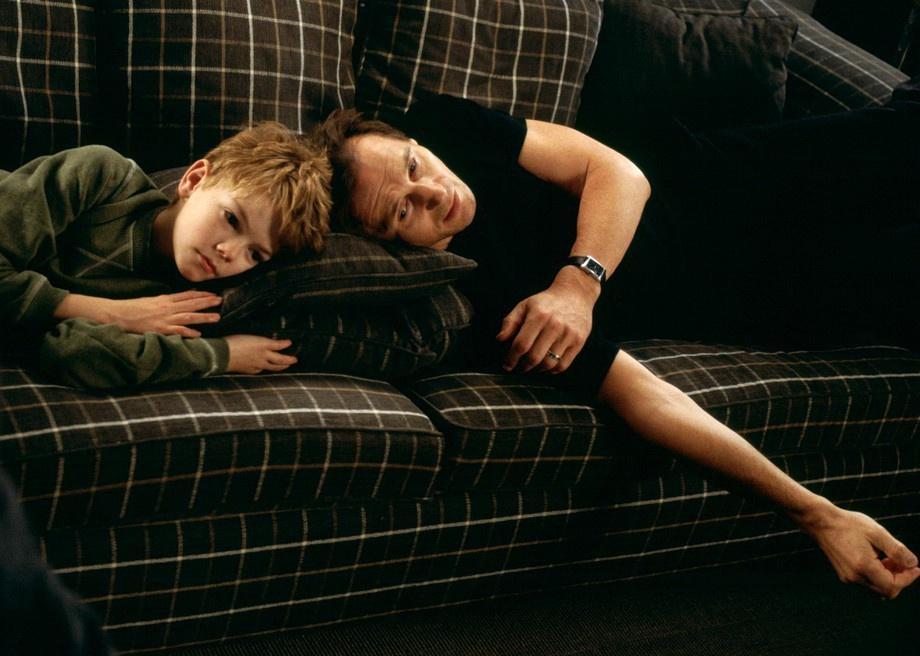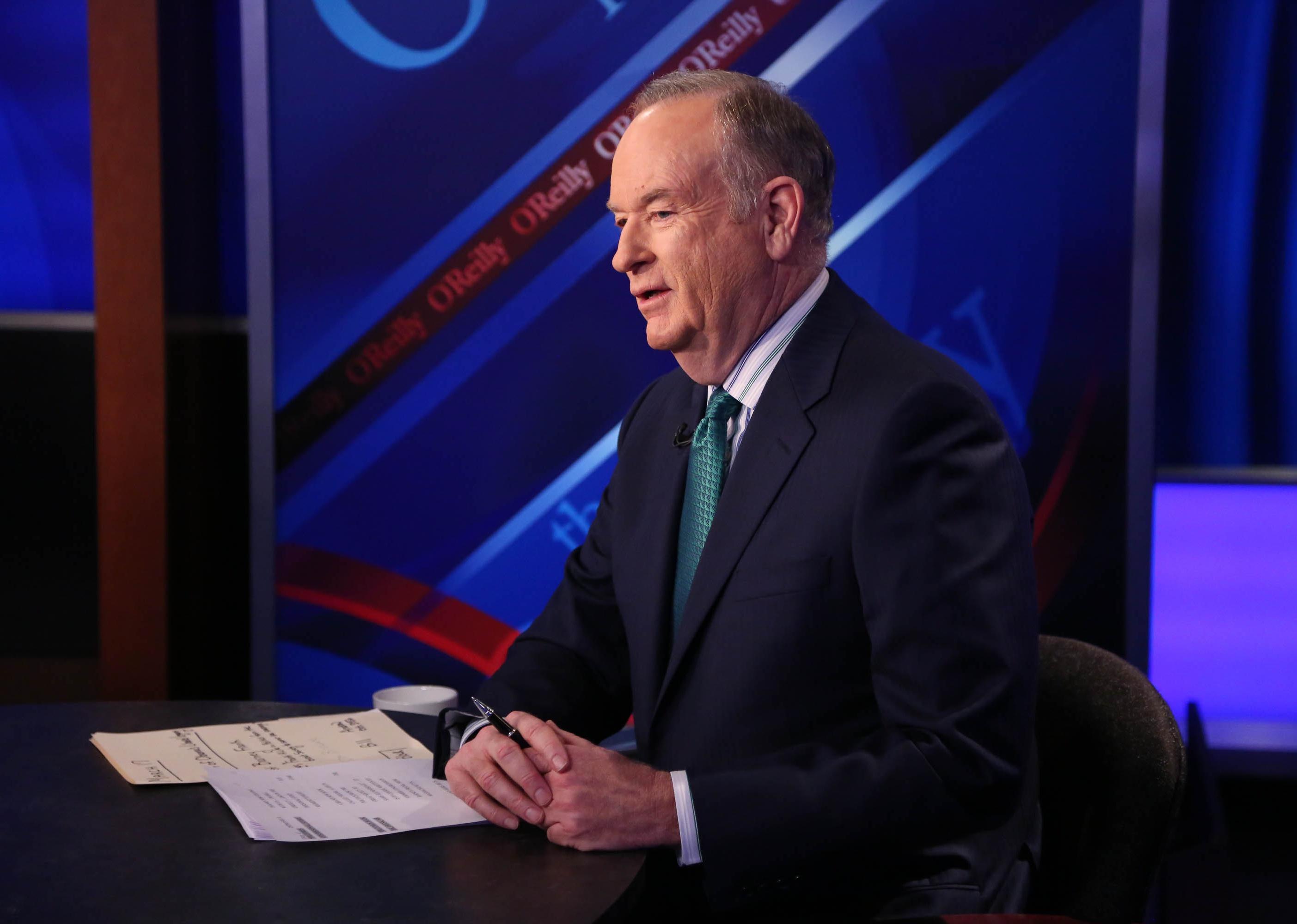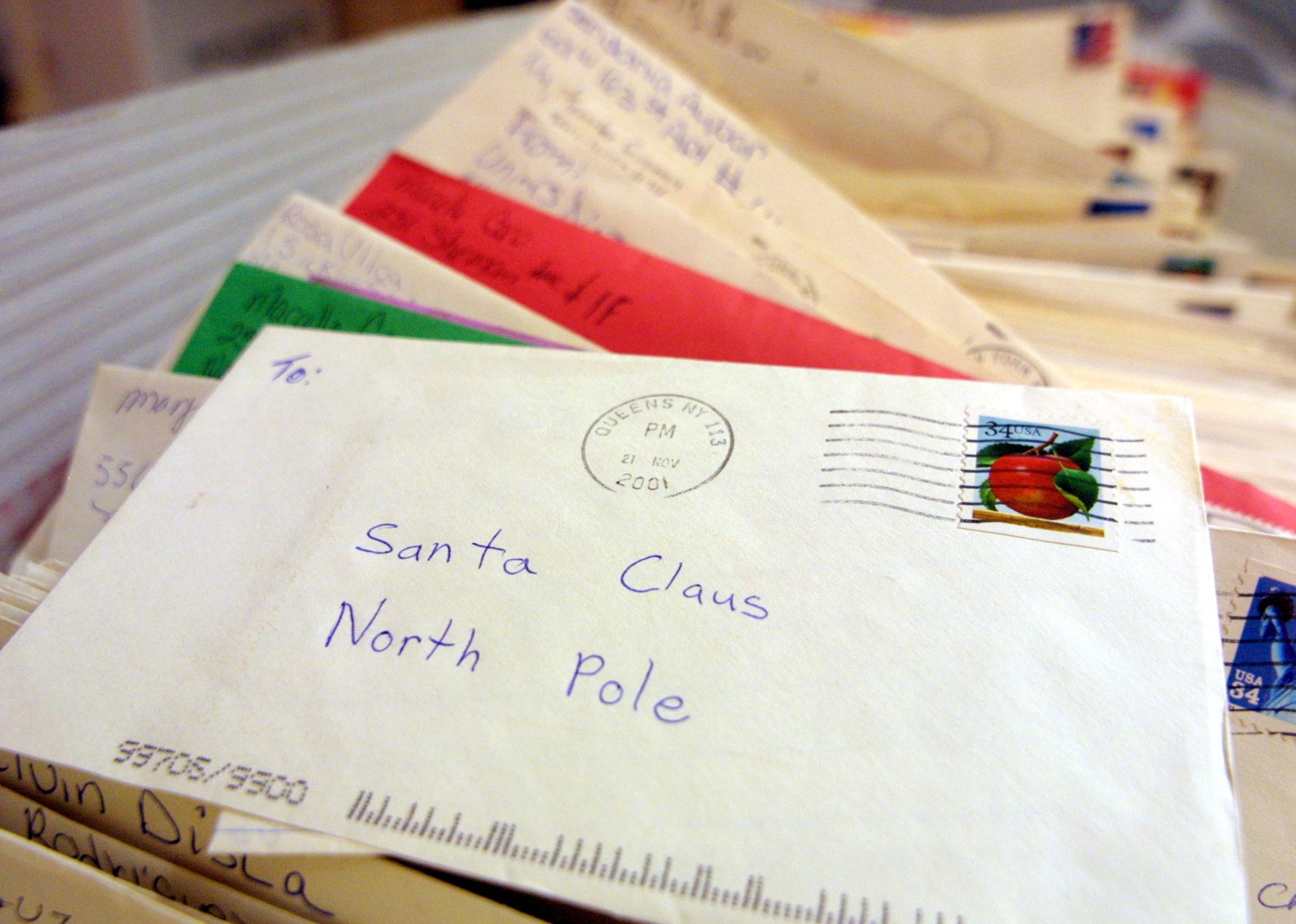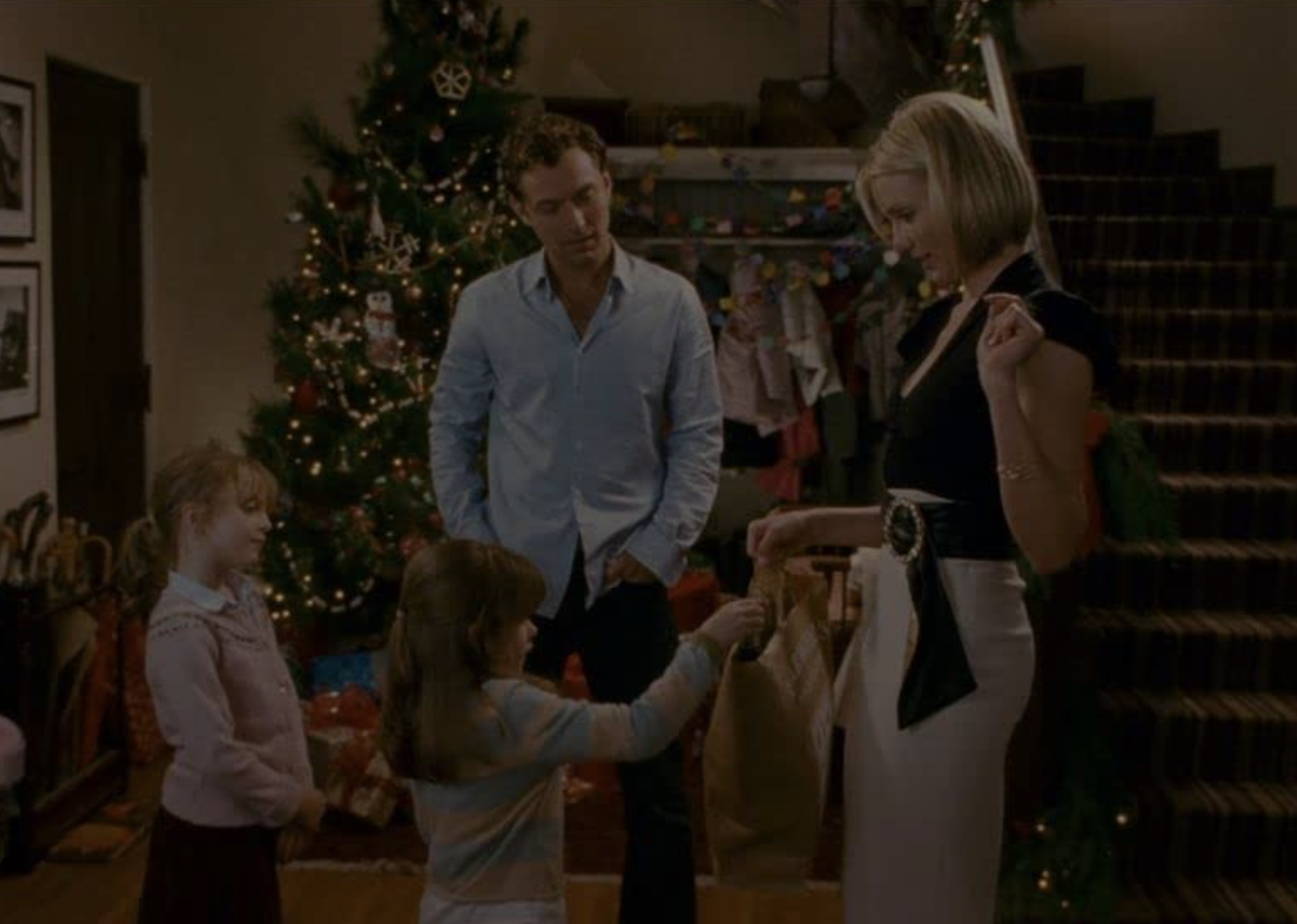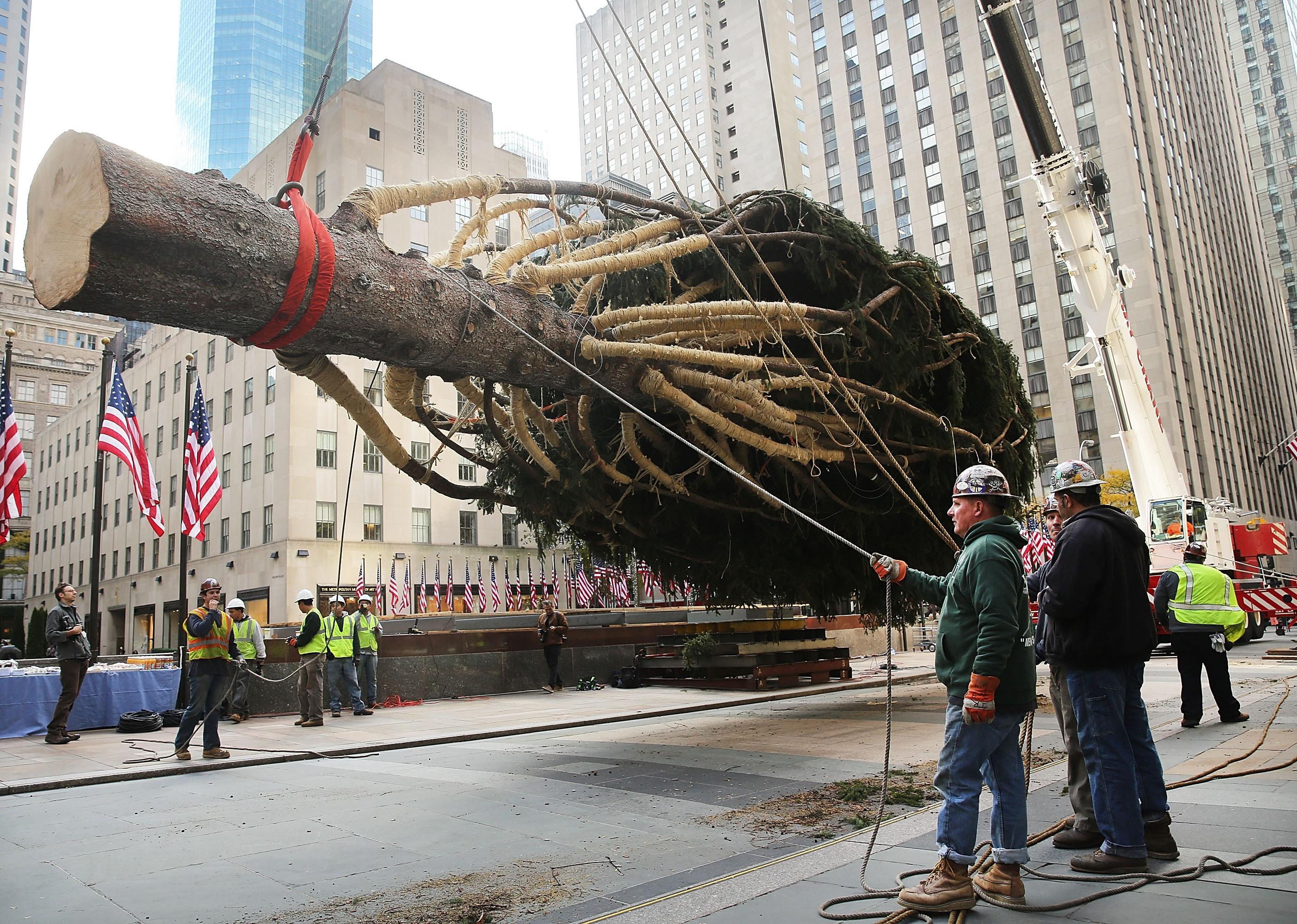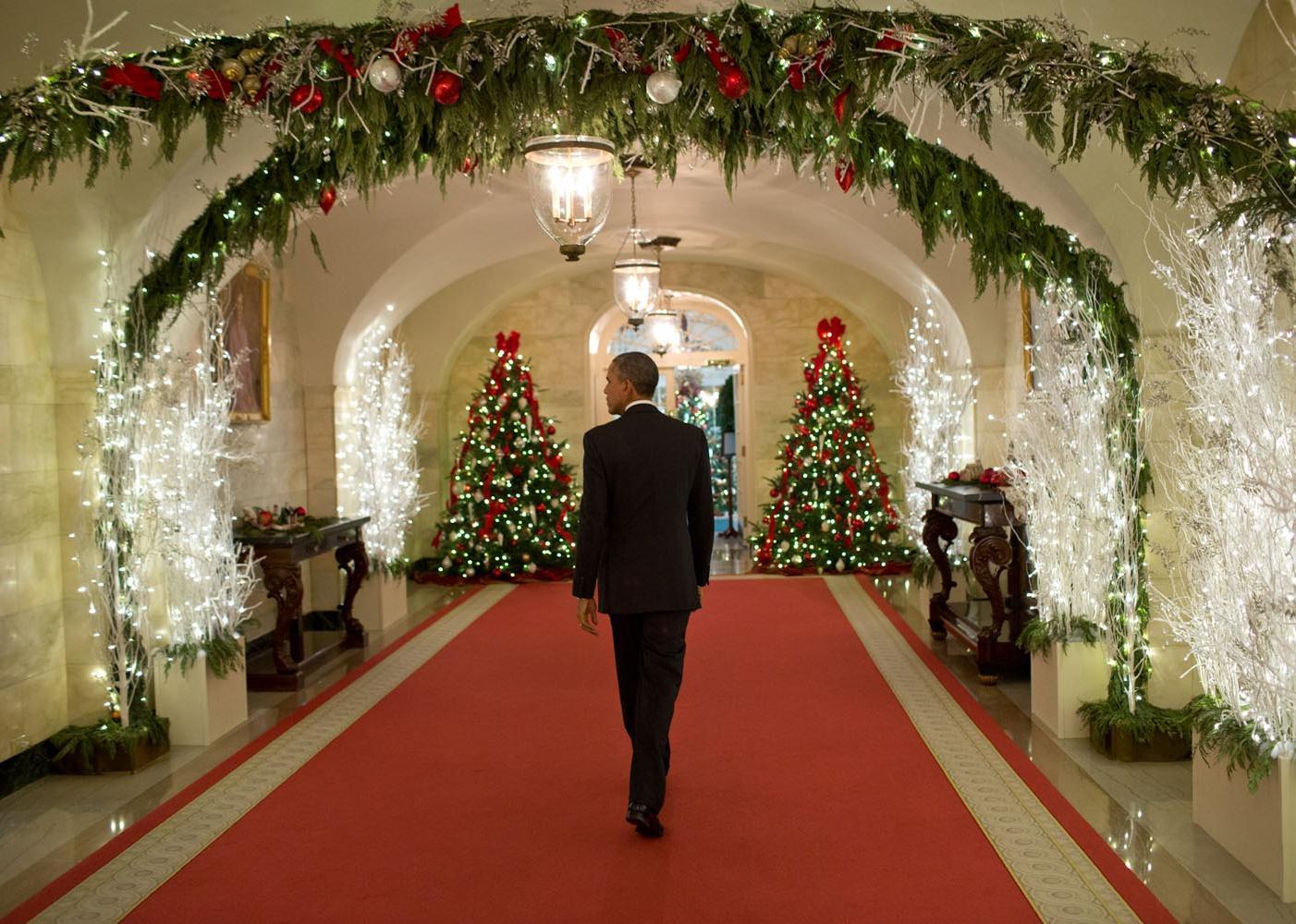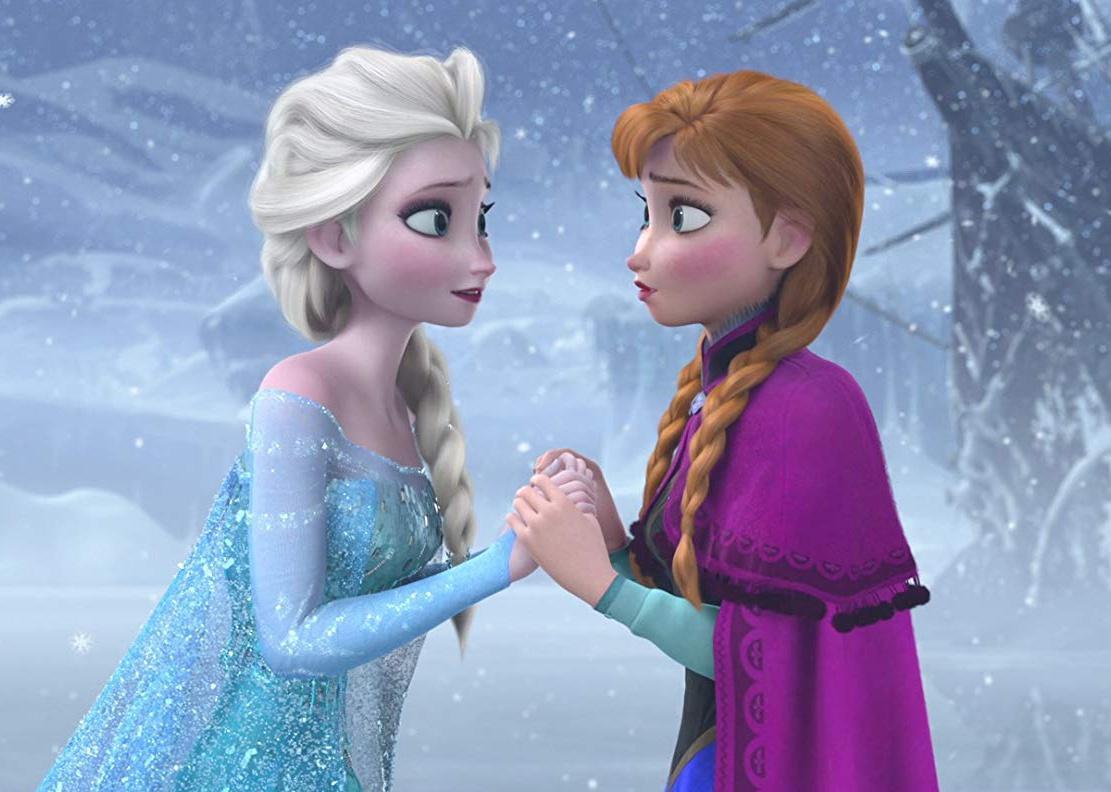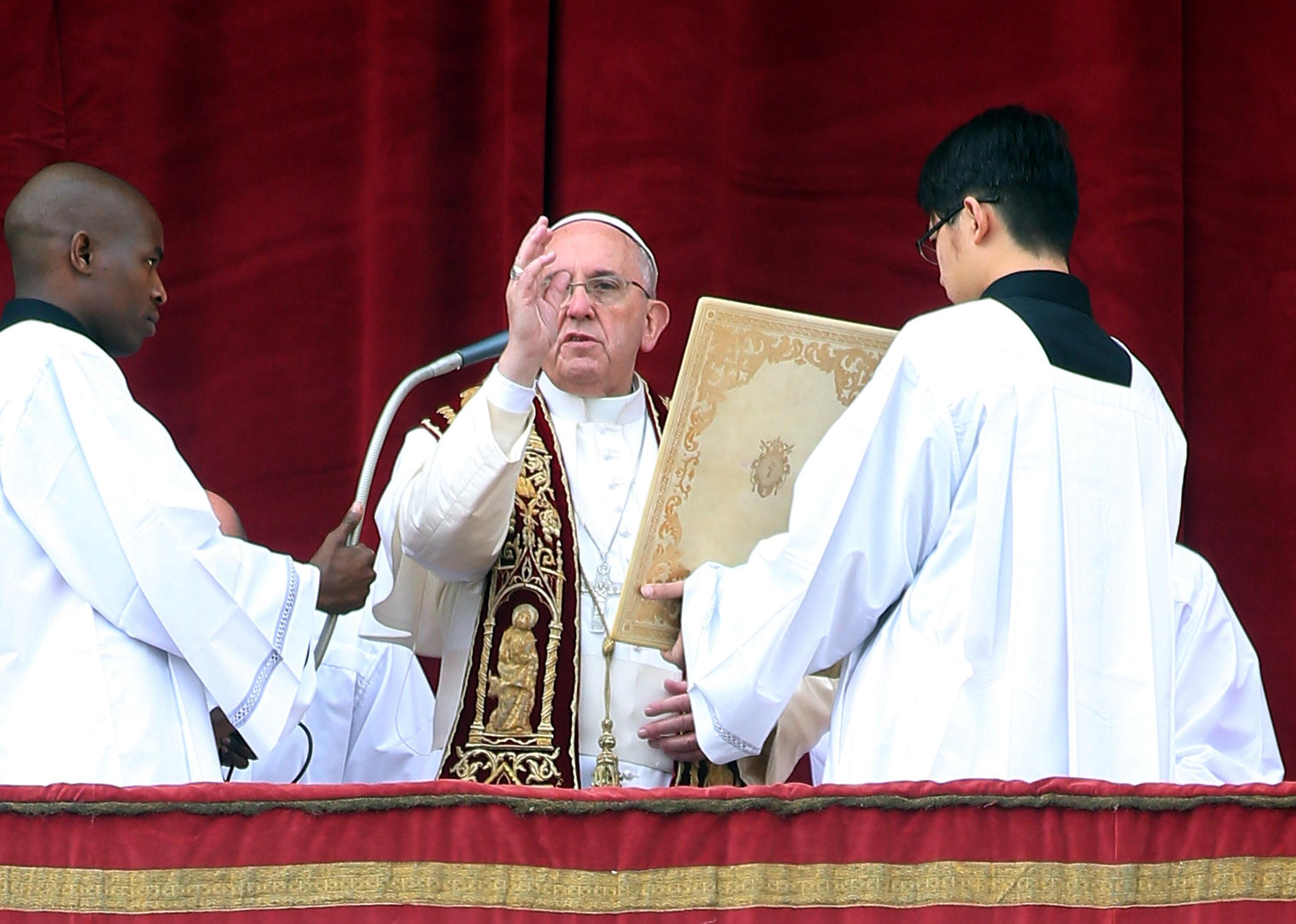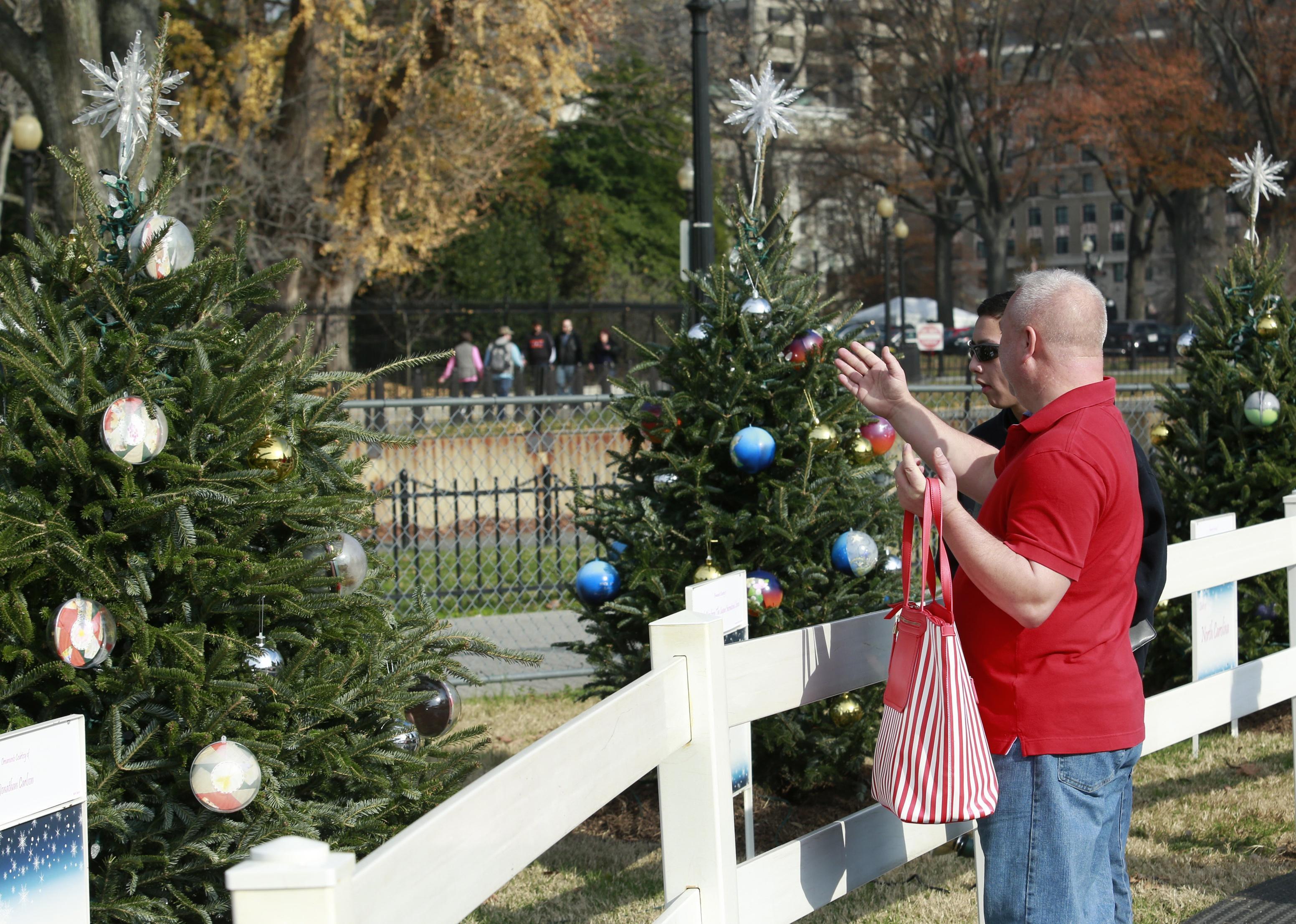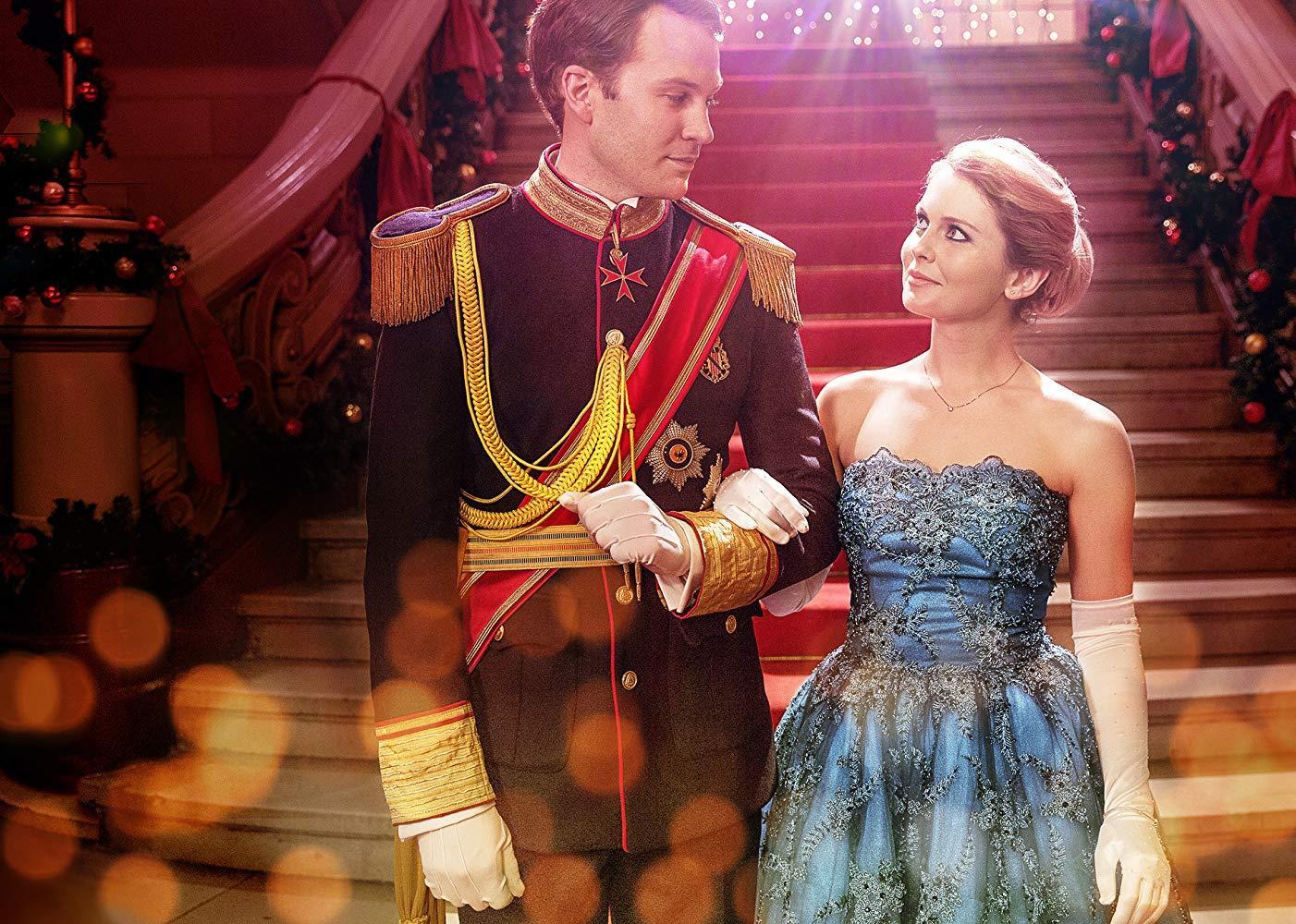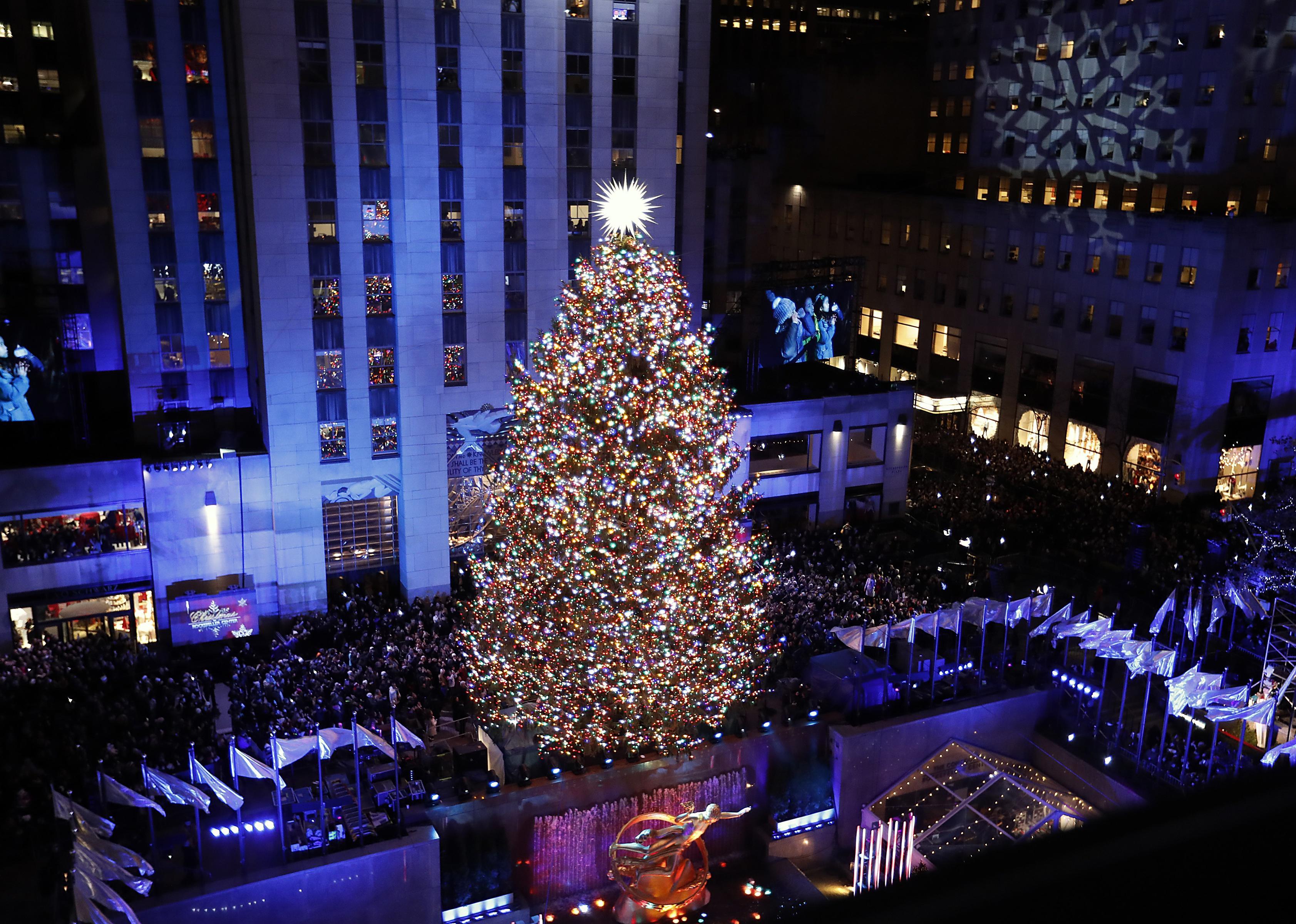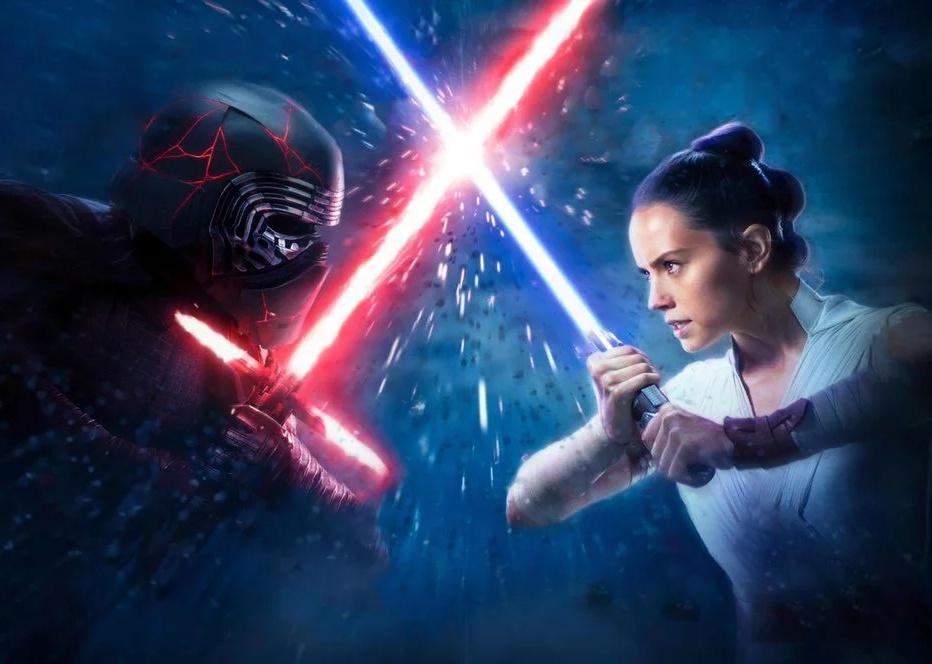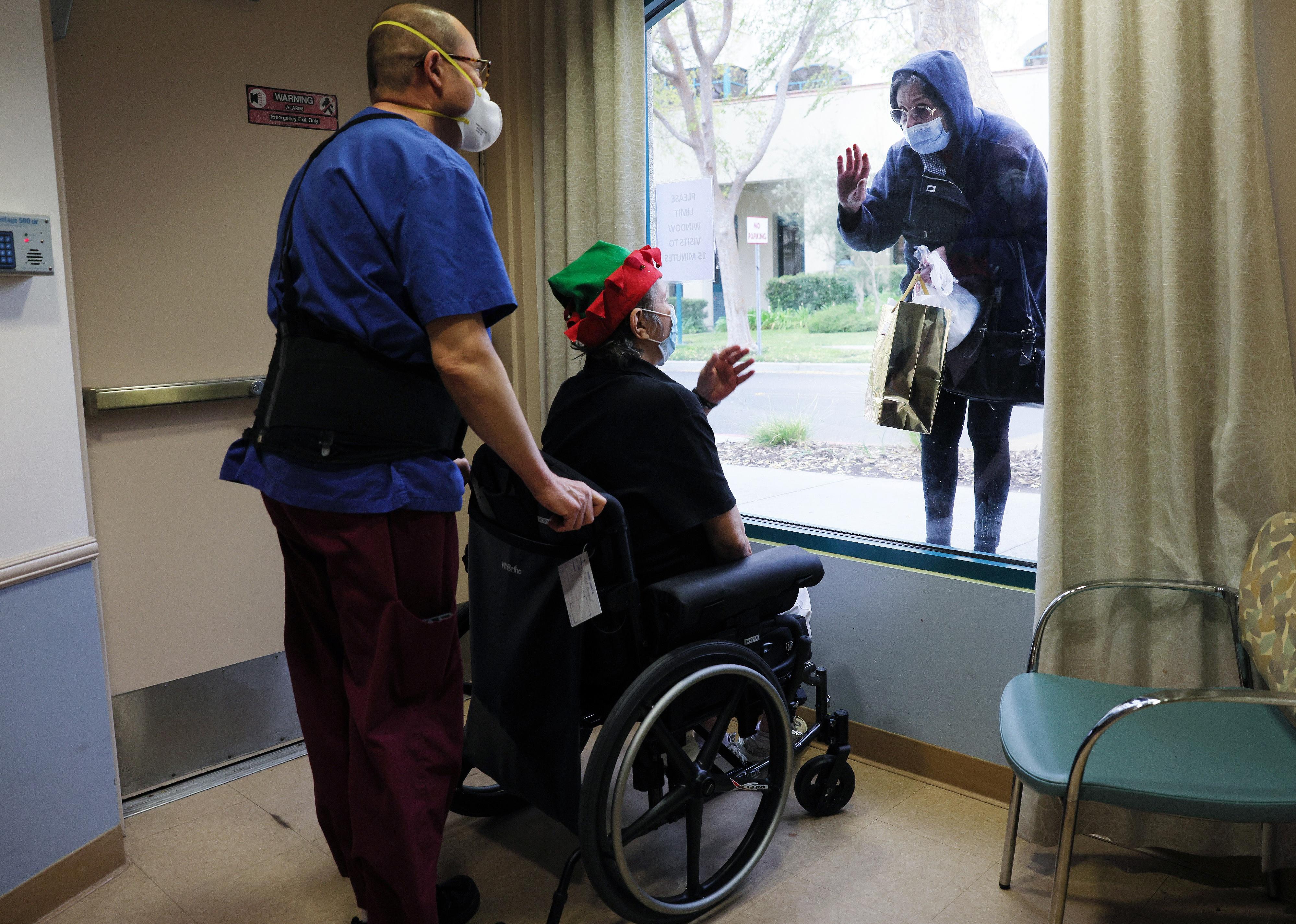What Christmas was like the year you were born
AFP // Getty Images
What Christmas was like the year you were born
On Christmas Day in 1914, British and German troops emerged from the trenches of World War I as weeks of bad weather cleared and called a truce. It was spontaneous and not approved by any higher-ups, but many soldiers on both sides ended up taking part. Soccer games were played between the British and German troops before they returned to their respective sides at dusk and continued fighting.
The Christmas Truce, as it is known today, is for many an illustration of the power Christmas holds over humanity’s collective imagination. The Yuletide is generally thought of as a time for family, togetherness, compassion, and generosity. However, the ways people celebrate and think of the holiday continue to change as society evolves.
To see how the holiday has changed over the last century, Stacker explored how popular traditions, like food and decorations, emerged and evolved from 1920 to 2021 in the U.S. and around the world. Stacker also found when some of the most popular Christmas songs, movies, and books entered the canon of the holiday season and looked at gifts that topped many Christmas lists over the years.
Some traditions on the list are centuries old, and others are newer but no less cherished. At times, especially in eras of war and strife, families adjust their rituals to accommodate their new circumstances while still keeping their spirits up.
Read on to discover how Christmas has evolved over the past century.
You may also like: Can you solve these real ‘Jeopardy!’ clues about the ’70s?
![]()
Fox Photos // Getty Images
1920: Nativity plays are all the rage
By 1920, Christmas celebrations were shifting away from the public space and more toward the family. Nativity plays, a tradition still shared today, had become extremely popular for schoolchildren in 1920.
Topical Press Agency // Getty Images
1921: Christmas takes to the radio
Many of today’s traditions began during Prohibition-era America. By this time, the radio had become ubiquitous. The recent invention had become a popular gift and also the center of most social gatherings—particularly for live-broadcast holiday concerts.
General Photographic Agency // Getty Images
1922: BBC broadcasts first British radio play ‘The Truth about Father Christmas’
Radios were globally influential, and in 1922, the BBC started daily programs. The BBC broadcast its first orchestral concert on Dec. 23 and its first radio-broadcast play, “The Truth About Father Christmas,” on Dec. 24.
Harris & Ewing // Library of Congress
1923: First Christmas tree in the White House
Alongside the radio, Christmas trees were a growing centerpiece of the holiday. In 1923, President Calvin Coolidge lit the first national Christmas tree in the White House—a 64-foot fir.
William Lovelace // Getty Images
1924: Macy’s parade ushers in Christmas
Today’s Macy’s Thanksgiving Day Parade began as the “Macy’s Christmas Parade” in 1924. Reports reveal that 10,000 people showed up to see live animals from Central Park Zoo.
Cincinnati Museum Center // Getty Images
1925: General Electric makes artificial lights more accessible
By the middle of the 1920s, the increasing popularity of Christmas trees meant a need for affordable and accessible lights. Enter powerhouse General Electric, who began production of pre-assembled, inexpensive lights to adorn homes and trees for the holidays.
Topical Press Agency // Getty Images
1926: Alcohol poisonings abound thanks to the US government
A little Christmas libation never hurt anyone—except in 1926. Angered by the public’s continued consumption during prohibition, the government employed a scare tactic by poisoning some manufactured liquor. On Christmas Eve in New York City, hospitals were overflowing with sick people.
Science & Society Picture Library // Getty Images
1927: Artificial feather trees gain popularity
Besides more conventional lights, the trees themselves took on innovations. By the latter half of the decade, artificial trees were common. “Feather trees” were assembled from dyed goose feathers and attached to a “trunk.”
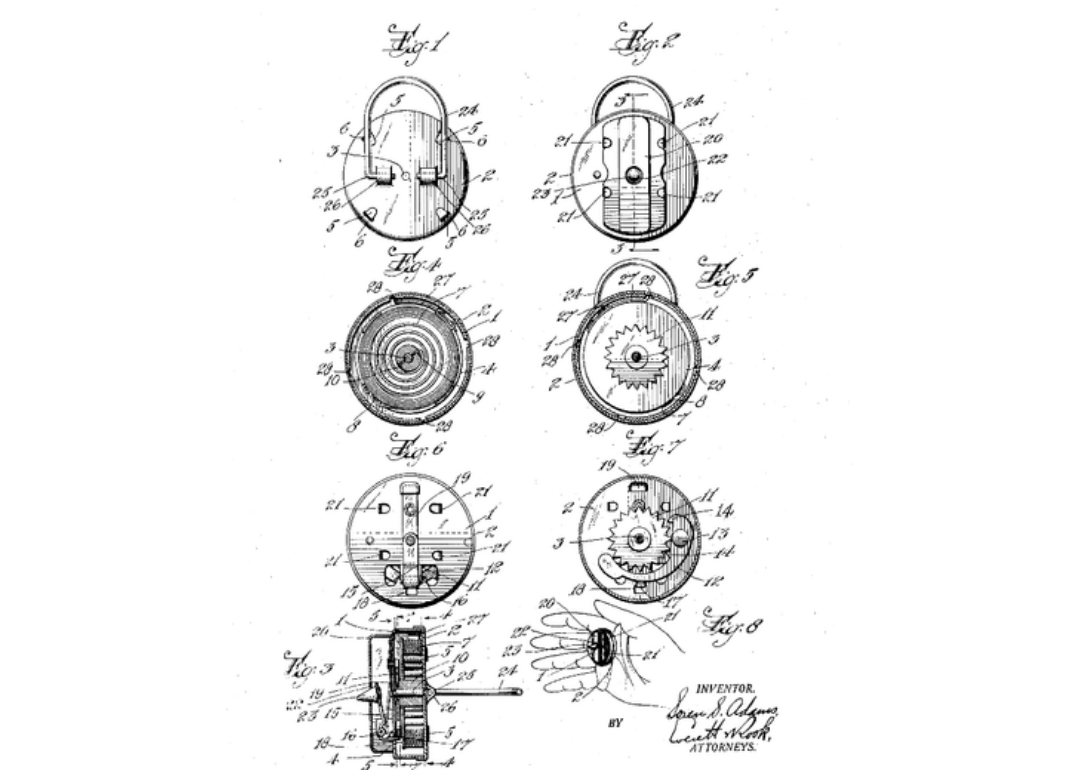
Soren Adams // Wikimedia Commons
1928: Gag gifts make their debut
Who doesn’t love a good practical joke? The joy buzzer, invented in 1928, was a prank device comprising a coiled spring inside a disc worn in the palm. When the wearer shakes hands with another person, a button on the disc releases the spring, which quickly unwinds, creating a vibration that feels like a minor electric shock to the unsuspecting victim. The same year marked Hollywood’s first Christmas Parade in Los Angeles.
Keystone-France // Getty Images
1929: The White House catches on fire
Christmas in 1929 will be remembered for a great blaze in the nation’s capital. As a children’s Christmas party took place for President Hoover’s aides and friends, the West Wing executive offices caught fire. Despite the four-alarmer bringing some 130 firefighters to the White House, the children were never aware. The press room was destroyed, and the offices suffered substantial damage. However, the fire was out by 10:30 p.m.
Pool BASSIGNAC/REGLAIN // Getty Images
1930: First Coca-Cola ad featuring Santa debuts
Coca-Cola ads have shaped how Americans view Santa for decades, with his bushy beard and twinkling eyes fast becoming the template in people’s imaginations. But that design, created by Haddon Sundblom in 1931, wasn’t the first ad by the company to feature the jolly man himself. The year before, artist Fred Mizen painted a department store Santa drinking a Coke for an advertisement in December 1930.
The New York Historical Society // Getty Images
1931: Rockefeller Center lights up officially for the first time
An international sensation, the Rockefeller Center Christmas tree lit up for the first time in 1931. Back then, the tree was just a 20-foot balsam fir bought with the pooled money of construction workers to lift their spirits.
E. Royston Pike // Wikimedia Commons
1932: George V delivers the first Christmas Broadcast
A significant tradition in the U.K. and around the world, the Christmas broadcast is a sort of State of the Union at year’s end—a barometer of national and global issues and events. British King George V (pictured here making his annual broadcast) began the tradition in 1932.
Hulton Archive // Getty Images
1933: The Rockettes kick off their annual ‘Christmas Spectacular’
Two years after New York City’s other famous tradition, the Rockefeller tree-lighting, the Rockettes started their “Christmas Spectacular” at the nearby Radio City Music Hall. The 90-minute show remains a holiday staple for New Yorkers and international tourists each year.
Keystone // Getty Images
1934: Debut of the Shirley Temple Doll
The next big toy following the joy buzzer, the Shirley Temple Doll made its debut based on the most famous child star of the time. Both the real-life Temple and the doll version were major uplifting influences on Depression-era Americans, who found a little reprieve in her talents and chipper spirit.
Harry Todd // Getty Images
1935: The popularity of canned beer
The first canned beer hit from Gottfried Krueger Brewery hit the market in Virginia in 1935. By Christmas, 37 additional breweries were proprietors, selling more than 200 million cans. Canned beer had become the drink of choice and a home staple during the holidays.
Edward Miller // Getty Images
1936: The rise of Monopoly
Charles Darrow sold his game, Monopoly, to Parker Brothers in 1935, explaining that his unemployment caused a massive need for any distraction. By the end of the year and into the following Christmas, the game was a smash hit. It was later found, however, that it was actually Elizabeth “Lizzie” Magie who originated the rules of the classic game.
Bettmann // Getty Images
1937: Amelia Earhart-inspired gifts
Following the disappearance of aviation pioneer Amelia Earhart in July 1937, her aviator-style hat and goggles became a popular children’s Christmas gift. Earhart was declared dead in January 1939, and various theories continue to circulate about what could have happened to the famed pilot.
Hulton Archive // Getty Images
1938: Superman is born
The current superhero boom can be traced back to Action Comics #1 in 1938, when Superman was introduced. Reports revealed that 200,000 copies were printed that first year, and it became a major Christmas gift of the late 1930s.
Willrow Hood // Shutterstock
1939: Little green army men craze
You may know them primarily from “Toy Story,” but little green army men took off in the 1930s. The toys represented mid-20th-century American soldiers. These tiny fighters, clad in U.S. Army olive green, sold for mere pennies in 1939.
Unknown // Wikimedia Commons
1940: Manchester’s Christmas Blitz claims hundreds of lives
Christmas during times of war is difficult, but the Manchester Blitz in the days leading up to the holiday left the U.K. devastated. By Dec. 22, 684 people died, and 2,300 were wounded in the German bombing of the city. Many shops and homes were completely demolished.
Bettmann // Getty Images
1941: Winston Churchill visits a country at war
Christmas this year was subdued, with the attack on Pearl Harbor on Dec. 7 and the United States’ subsequent entry into World War II hanging over the populace. For the holidays that year, President Franklin Roosevelt hosted Winston Churchill, prime minister of the United Kingdom.
The Courier-Mail // Wikimedia Commons
1942: Little Golden Books hit the shelves
Produced in partnership with Simon & Schuster, the Artists and Writers Guild, and the Western Printing and Lithographing Company, this collection was created to make books more affordable for children everywhere. Coming out in September, these titles (which included “The Little Red Hen” and “The Alphabet from A to Z”) only cost a quarter, making it easy and affordable to put books under the tree.
Decca Records // Wikimedia Commons
1943: ‘I’ll Be Home for Christmas’ is a hit among war-weary Americans
Bing Crosby’s heartfelt promise to be home in time for the holidays struck a chord with soldiers and civilians alike, shooting to #3 on the charts shortly after its release and staying up for 11 weeks. It was one of the most requested songs at USO shows on both fronts and proved to be a significant boost to soldier morale.
Keystone // Getty Images
1944: Rockefeller tree goes dark
Due to wartime blackout regulations, the Rockefeller tree and all other outdoor Christmas decorations were forced to remain dark throughout the holiday season. However, the year after, they would return bigger than ever, with organizers going all out to celebrate the end of the war.
Fox Photos // Getty Images
1945: First post-war Christmas
After the twin blows of the Great Depression and World War II, America was ready to celebrate in a big way. As such, Christmas 1945 remains one for the history books as stores stocked up, and communities ensured returning soldiers would receive gifts for the holidays. Rationing was beginning to ease, holiday lights were permitted once more, and the mood was hopeful as people started looking toward the future.
Liberty Films (II)
1946: ‘It’s A Wonderful Life’ releases
George Bailey’s journey to self-acceptance almost didn’t happen, and certainly wasn’t the Christmas classic many know and love today. The shooting was incredibly expensive and ran far longer than initially intended. The movie didn’t even make its budget back upon release. It wasn’t until 1974 after the film forgot to renew its copyright that it became a Christmas staple, as television stations could play it nonstop without paying.
Silver Screen Collection // Getty Images
1947: ‘Miracle on 34th Street’ has people believing in Santa again
20th Century Fox released its tale of a department store rivalry and a legal case that gets a young girl to believe in Santa to huge success, winning three Oscars. Since then, the film has been adapted and remade several times, most recently in 1994, though the original remains popular with audiences.
U.S. National Archives and Records Administration // Wikimedia Commons
1948: Truman lights the tree from across the country
The White House Christmas tree has long been a popular staple, but the president wasn’t always there to attend the actual tree lighting. From 1948 to 1951, President Harry Truman signaled the lighting of the National Christmas Tree from his home in Independence, Missouri. He and his wife delivered their greetings to the people of Washington D.C. via a young boy and girl who were the recipients of the 1948 Recreation Department Youth Award.
Rick Madonik // Getty Images
1949: Silly Putty finds its purpose
Like chocolate chip cookies and penicillin, Silly Putty was created by accident in 1943 during an engineer’s attempt to create synthetic rubber for the war effort. It didn’t fill the government’s need, so it languished in obscurity until this year when toy store owner Ruth Fallgetter was convinced by advertiser Peter Hodgson to put the putty in her annual catalog. It was a hit, and Hodgson went on to brand it as the “Silly Putty” we know today.
Hulton Archive // Getty Images
1950: Bing Crosby croons about ‘Silver Bells’
Less than a decade after he made it big with “I’ll Be Home for Christmas,” Bing Crosby once again made his mark on the holiday season with “Silver Bells.” Written for the movie “The Lemon Drop Kid,” songwriters Jay Livingston and Ray Evans were hesitant to write a Christmas song as new ones rarely charted. This one might not have either had it kept its original name, “Tinkle Bells.” Luckily, Livingston’s wife pointed out the slang meaning for “tinkle,” leading to a hasty name change.
PD-self // Wikimedia Commons
1951: A new popular gift for children
A new popular gift for children debuted in 1951. A couple in New York City invented Colorforms, which allowed colorful vinyl shapes to be stuck and restuck on laminated boards. Colorforms were brought to the market in 1951 and rapidly became extremely popular.
Picture Post // Getty Images
1952: The first toy commercial airs
Christmas lists would never be the same after 1952, when the first toy received its own commercial. The toy in question? The Mr. Potato Head, a bodiless composite of facial features. The toy made more than $4 million in sales in the first few months after its launch in 1952.
Central Press // Getty Images
1953: Eartha Kitt’s ‘Santa Baby’ takes over the airwaves
A new Christmas song hit the airwaves in 1953, setting the tone for the decade. Eartha Kitt’s rendition of the Christmas classic has been copied countless times since, including by the likes of Madonna.
Boston Globe // Getty Images
1954: Wiffle balls under the tree
A new gift for milder temperatures arrived in 1954, with the invention of the Wiffle ball. A father looking for a safer way for his son to play baseball without breaking the neighbor’s windows invented a lighter version of a baseball. Unsurprisingly, the adaptation was a hit.
Bettmann // Getty Images
1955: NORAD tracks Santa across the world
Helping millions of children around the world believe for a little longer, an American Air Defense colonel started a tradition that carries on to this day on Christmas Eve in 1955. Thanks to a clerical error, he was connected to a little girl who wanted to know if Santa was real and how his rounds were going. The colonel told her, and a tradition was born.
George W. Hales // Getty Images
1956: Pogo sticks
To the delight of children and their parents alike, an updated pogo stick was available for gifting in 1956. The new design had two handles instead of one, which was safer for the rider’s chin.
Al Ravenna // Wikimedia Commons
1957: Dr. Seuss releases ‘How the Grinch Stole Christmas!’
In 1957, the classic Christmas book “How the Grinch Stole Christmas” was published on Oct. 12 in Redbook magazine as an illustrated poem. Geisel, with help from his wife Helen, released a full-length book version more or less simultaneously in December 1957.
Fred Morley // Getty Images
1958: Hula Hoops sweep the nation
One gift likely to be on the lists of many children in 1958 was the hula hoop. The toy debuted to wild fanfare that year, with over 25 million sold in several months.
Barbieologin // Wikimedia Commons
1959: The world meets Barbie
One of the most famous toys of the 20th century came on the market in 1959. Barbie was unveiled at the New York Toy Fair in 1959. Although Barbie initially received mixed reviews, she was sold more than 300,000 times that year alone.
TIMOTHY A. CLARY // Getty Images
1960: Etch A Sketch shakes things up
Another marquee toy came on the market in 1960 with Etch A Sketch. The Ohio company that had purchased the rights to the toy invested heavily in advertising, and it was a smash hit that holiday season.
Hulton Archive // Getty Images
1961: Ken and Chatty Cathy compete over the doll market
Hot on Barbie’s heels, Chatty Cathy made her debut in 1961. The doll was powered by a phonograph record in her stomach and came with 11 prerecorded phrases. By the end of the year, she was the second most popular doll in the country after Barbie.
Bureau of Engraving and Printing // Wikimedia Commons
1962: First Christmas postage stamp arrives
Customers had requested a Christmas postage stamp for years, but it wasn’t until 1962 that the USPS gave it to them. The inaugural stamps featured a wreath and two candles and rapidly sold out.
Public Domain
1963: Americans go crazy for aluminum Christmas trees
The aluminum Christmas tree reached peak popularity in 1963. The tree appealed to families looking to add sparkle to their holiday decor without all the mess of cleaning up ferns and remembering to hydrate a living tree.
Rankin/Bass Productions
1964: Stop-motion animated ‘Rudolph the Red-Nosed Reindeer’ airs
One of the most popular Christmas songs became an animated special in 1964. “Rudolph the Red-Nosed Reindeer” was produced by Videocraft International Ltd. and cast with puppets. The show remains a beloved classic today.
Lee Mendelson Film Productions
1965: ‘A Charlie Brown Christmas’ becomes an instant classic
Another television Christmas special became an instant classic in 1965 with the release of “A Charlie Brown Christmas.” The hit was initially considered a gamble by The New York Times, which considered it risky to adapt a comic strip to television.
Christopher Myers // Wikimedia Commons
1966: Kwanzaa emerges as a response to Christmas
African Americans began celebrating the holiday of Kwanzaa in 1966. The holiday was meant to be a response to the commercialization of Christmas. The holiday is similar to harvest festivals like Thanksgiving, encouraging gratitude and celebration.
AFP // Getty Images
1967: North Vietnam ceasefire lasts most of Christmas Day
The Vietnam War was raging by 1967. But on Christmas Day, a ceasefire was held for most of the day, allowing troops stationed in the country a moment of respite from fighting for celebration.
NASA // Wikimedia Commons
1968: America celebrates Christmas while orbiting the moon
A new frontier was breached on Christmas Eve in 1968. Apollo 8, the first mission to the moon, was launched that night. The launch was broadcast back to Earth, with the crew reading from the Book of Genesis.
Bert Hoyt // Getty Images
1969: The most tornadoes ever recorded
The year 1969 holds the inauspicious distinction of being the Christmas with the highest number of tornadoes on record. Twelve tornadoes touched down that day, killing one person and injuring 17 others.
RCA Records // Getty Images
1970: José Feliciano releases ‘Feliz Navidad’
The Christmas classic “Feliz Navidad” was released in 1970. Singer José Feliciano recorded the song with lyrics in both English and Spanish to promote multiculturalism and to ensure American stations would play it.
American Broadcasting Company (ABC)
1971: ‘A Christmas Carol’ animated adaptation airs
“A Christmas Carol” received an animated adaptation in 1971. The rendition was just 25 minutes long and won an Oscar that year for Best Animated Short.
AFP // Getty Images
1972: The US bombs Hanoi on Christmas
Far from the Christmas truce several years earlier, 1972’s Christmas in Vietnam was chaotic and violent. Richard Nixon announced a surprise Christmas bombing of North Vietnam, concentrated in the capital of Hanoi.
Bettmann // Getty Images
1973: Watergate overshadows Christmas tree lighting
Unfortunately for Richard Nixon, even the lighting of holiday trees couldn’t overshadow the scandal engulfing his presidency. Despite Nixon’s attempt to project an aura of normalcy, Watergate would derail his presidency and result in his resignation.
Film Funding Ltd. of Canada
1974: ‘Black Christmas’ revolutionizes horror
Christmas had typically been reserved for heartwarming film and television. But in 1974, the slasher classic “Black Christmas” debuted and forever altered the horror genre.
carol // Wikimedia Commons
1975: Pet Rock takes the country by storm
To the relief of parents everywhere, hoping not to be asked for a dog or a cat, the pet rock became a wildly popular toy in 1975. The pet rock required very little in the way of upkeep and even less in maintenance costs.
Evening Standard // Getty Images
1976: Muhammad Ali and Cher top Christmas lists
While Barbie remained popular, dolls modeled after real people became a new trend in the 1970s. Dolls modeled on the singer Cher and the boxer Muhammad Ali topped holiday wish lists in 1976.
John Mahler // Getty Images
1977: ‘Star Wars’ fans get an empty box for Christmas
Toy companies were unprepared for the outright mania for “Star Wars” toys in the weeks before Christmas in 1977. Rather than rush the toys to market, they sold empty boxes with IOUs for the toys to be delivered in the following months.
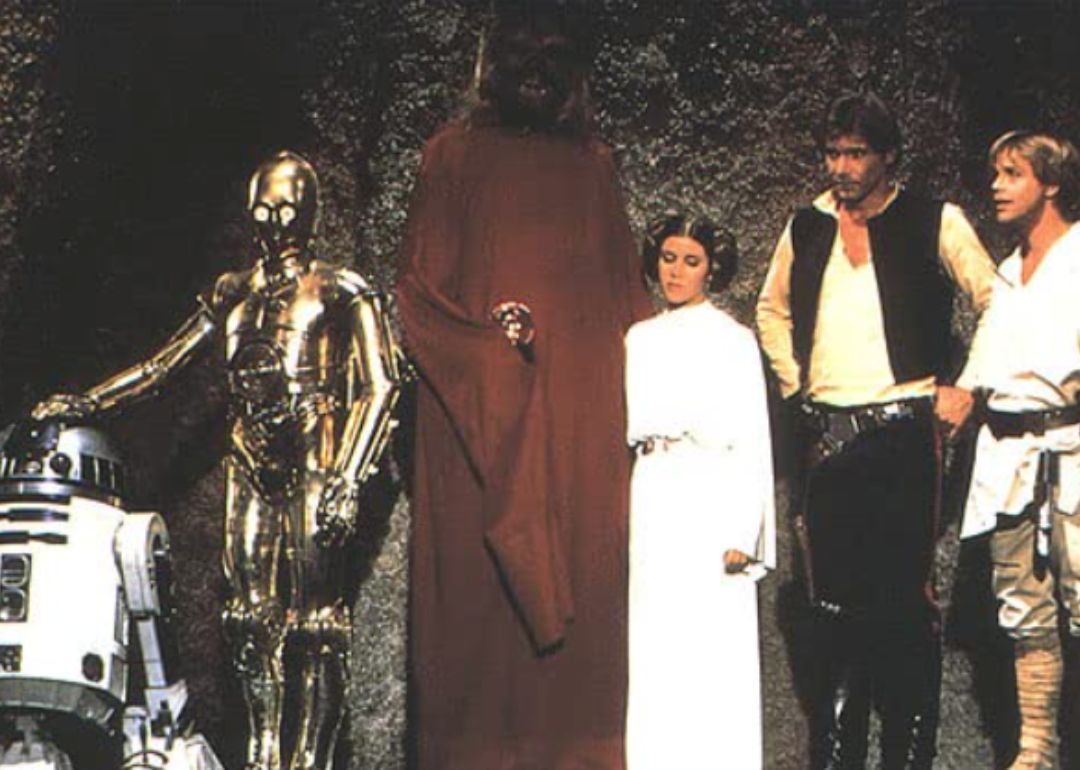
20th Century Fox Television
1978: Wild Christmas TV specials dominate airwaves
1978 was a banner year for Christmas TV specials. That year included “The Pink Panther in: A Pink Christmas” and the “Star Wars Holiday Special.”
GEORGES GOBET // Getty Images
1979: USSR invades Afghanistan
Christmas 1979 was a militaristic one for the Soviet Union. That year, the country invaded Afghanistan, kicking off a yearslong conflict in the Middle East.
ullstein bild // Getty Images
1980: Rubik’s Cube hits the shelves
One of the most popular toys to this day was launched in 1980. The Rubik’s Cube would be a defining feature of the entire decade.
Chip Somodevilla // Getty Images
1981: The first White House ornament
The first White House Christmas tree ornament was designed in 1981. Every year since then, the White House Historical Association has designed an official ornament.
Eric Bakke / The Denver Post // Getty Images
1982: Christmas blizzard buries part of US
It was a very white Christmas for many parts of America in 1982. A blizzard buried parts of the country in extreme snow that day, a bonanza to those who found a sled under the tree.
Metro-Goldwyn-Mayer (MGM)
1983: ‘A Christmas Story’ changes the landscape of holiday film
The beloved film “A Christmas Story” premiered in 1983. The film follows a young boy attempting to evade a bully and convince his parents a Red Ryder BB gun is the perfect gift for him.
Mike Slaughter // Toronto Public Library
1984: First Christmas computer camp opens
Parents who needed to get their children out of the house for a while on Christmas break had a new option in 1984. That year, Chicago’s Museum of Science and Industry began offering a computer camp for children to learn data structures and work on problem-solving skills.
Star Tribune // Getty Images
1985: Chris Van Allsburg publishes ‘Polar Express’
In 1985, popular Christmas entertainment went analog. “The Polar Express” was a children’s book published to great acclaim and popularity that year and told the story of a young boy encountering a train headed to the North Pole.
Joseph Malzone // Wikimedia Commons
1986: Yule Log special stops airing
In 1966, New York station WPIX filmed a “Christmas card” to fill up programming space. For three hours, the station looped a 17-second clip of a Yule log burning in a fireplace. For the next 20 years, this stunt would be a Christmas tradition in New York City. Unfortunately, as the clip played with no commercials, it was a financial loss for the station, prompting its end.
Bettmann // Getty Images
1987: Former Manson family member Lynette ‘Squeaky’ Fromme recaptured after prison break
In 1975, former Manson family member Lynette “Squeaky” Fromme was arrested for the attempted assassination attempt of President Gerald Ford in Sacramento, California. Fromme was sentenced to life imprisonment and was sent to Federal Correctional Institution, Dublin. Transferred to Federal Prison Camp Alderson for attacking an inmate, she escaped on December 23, 1987. Fromme was attempting to see Charlie Manson, who she suspected was dying. Fromme would be recaptured on Christmas Day.
Twentieth Century Fox
1988: ‘Die Hard’ enters the Christmas canon
Is “Die Hard” a Christmas movie? It’s a question that’s divided fans of the ever-popular action movie starring Bruce Willis since it was released in 1988, and the main action in the narrative takes place during an office holiday party. Today, it’s impossible to escape the film during the holiday season.
Hershey’s // Wikimedia Commons
1989: Hershey’s Kisses commercial first airs
The Hershey’s Kisses ringing bells commercial is one of the most iconic sights during the holiday season, having aired unchanged from its 1989 conception to the present day. The 30-second spot almost didn’t happen; it was entirely the initiative of brands manager John Dunn, who was sure he could sell his boss on the whimsical ad despite not having permission to make it.
pitchal frederic // Getty Images
1990: The internet connects a web browser and server
The year 1990 brought a new gift to the world at large when computer scientists from CERN set up the first successful connection between a web browser and a server, setting the blueprint for the internet as we know it today. It would take several years after this date for the internet to be adopted by more than just scientists, and it would only happen thanks to a tireless push from the scientists who marked this first Christmas Day achievement.
ALEXANDER NEMENOV // Getty Images
1991: USSR President Gorbachev resigns
Christmas 1991 marked a new phase for world politics when USSR President Mikhail Gorbachev announced his resignation from his position, and the fall of the Soviet Union was confirmed. His 10-minute televised speech focused on the successes he’d brought to the region, including strides in human rights, before ceding control of the government to Boris Yeltsin, functionally ending the Cold War.
Peter Turnley // Getty Images
1992: The US feeds starving Somalians
The story of U.S. involvement in the Somalia conflict is a complicated one that analysts and military officials are still trying to sort out today. However, that doesn’t mean there wasn’t some unabashed good that came from the situation, namely the Christmas Day mission to deliver grain to starving Somalis struggling with famine.
JOYCE NALTCHAYAN // Getty Images
1993: The Beanie Baby craze takes the world by storm
Beanie Babies debuted in 1993, and the children’s toy quickly became a huge success and a popular Christmas gift, despite its creator’s decision to limit the number sold and refusal to place them in big stores. In the years following, collectors would go crazy over the stuffed toys, spending thousands of dollars on them before the Beanie Baby bubble burst in the late 1990s.
Handout // Getty Images
1994: Mariah Carey releases ‘All I Want For Christmas Is You’
Every year like clockwork, Mariah Carey’s holiday smash “All I Want For Christmas Is You” begins climbing the charts once again, breaking records on its annual ascent despite considerable changes in the music industry since its release. The song differs from most Christmas anthems due to its upbeat tempo. The song’s later inclusion in the film “Love Actually” probably didn’t hurt its popularity either.
Anna Webber // Getty Images
1995: Trans-Siberian Orchestra brings down the house with ‘Carol of the Bells’
A Ukrainian folk melody found new life in the Trans-Siberian Orchestra’s adaptation of “God Rest Ye Merry, Gentlemen” and “Shchedryk” (also known as “Carol of the Bells”). Featuring electric guitar, bells, and cello, the song invokes the story of a single cello player who played Christmas carols on his instrument in the square of a war-torn Sarajevo and has become a key part of the instrumental Christmas canon.
JOYCE NALTCHAYAN // Getty Images
1996: The Family Channel begins its ’25 Days of Christmas’ programming
The Family Channel started ushering in the Christmas season with 25 straight days of holiday cheer in 1996. Today, the channel (now known as Freeform) starts the fun even earlier with the “Countdown to the 25 Days of Christmas” and features holiday movies, romantic comedies, and animated specials to entertain during the holiday season. It’s one of the channel’s biggest events of the year and allows it to continue competing even as streaming services dominate the entertainment sphere.
Spencer Platt // Getty Images
1997: Starbucks releases its first Christmas cup
Everyone knows that once Starbucks replaces its Pumpkin Spice Lattes with Peppermint Mochas, it’s time to get ready for its iconic holiday cups, featuring cheery classics like reindeer, snowflakes, and wrapping paper. However, not everyone has been pleased with Starbucks’ graphic design choices; starting in 2015, Starbucks has come under fire several times for not being “Christmas-y” enough with their designs.
Walt Disney Pictures
1998: Disney’s ‘I’ll Be Home For Christmas’ airs
Disney banked on the fame of “Home Improvement” and “Lion King” star Jonathan Taylor Thomas when creating this Christmas classic. The movie tells the tale of a spoiled college student trying to make it home for Christmas dinner to claim the car his father promised him. His plans are made more difficult after getting stranded in the desert three days before he has to be there. The movie was critically panned for its formulaic nature but continues to be shown throughout the holiday season.
STAN HONDA // Getty Images
1999: Rockefeller’s tree sets records
The tree in Rockefeller Center normally tops out at around 75 feet, but on the final Christmas of the 20th century, it reached 100 feet. It took 30,000 light bulbs to light up the tree, which hailed from Killingworth, Connecticut.
Universal Pictures
2000: Jim Carrey becomes the Grinch
Dr. Seuss’ beloved holiday classic has been adapted many times over the years. Still, perhaps the most controversial is the live-action adaptation starring 1990s comedy king Jim Carrey as the titular antihero. While some immediately adopted the Ron Howard-helmed flick into their Christmas collection, critics and audiences alike have panned the feature. Even Carrey wasn’t a fan, reportedly hating his costume so much that it drove the lead makeup artist to therapy after filming wrapped.
Zoltan Tarlacz // Shutterstock
2001: The birth of the ugly sweater party
Wearing your grandma’s ugly Rudolph sweater might be a tried and true tradition today, but it’s a relatively recent development in the grand scheme of Christmas. According to the book “Ugly Christmas Sweater Party Book: The Definitive Guide to Getting Your Ugly On,” the tradition didn’t become popular until 2001, and the ironic donning of holiday knitwear remains popular as the decades have worn on.
Mario Tama // Getty Images
2002: A huge snowstorm brings an inconvenient white Christmas
The Northeast was pounded by a huge snowstorm in the days leading up to Christmas. The snowstorm shut down flights and made holiday travel difficult for almost everyone involved. Though some residents appreciated the stereotypical white Christmas coming to them on Christmas Eve, others were not so grateful, especially once another messier snowstorm came through on New Year’s Day.
Universal Pictures
2003: ‘Love Actually’ hits theaters
The 21st century has seen the creation of very few new classic Christmas movies, but there have been a handful of exceptions. “Love Actually,” a British ensemble film with an A-list cast that follows the lives of several characters in and around the Christmas season, is a romantic movie that has a bit of something for everyone. Its appeal isn’t universal, and the debate rages to this day about whether it truly deserves a place in the pantheon of Christmas classics.
Rob Kim // Getty Images
2004: Bill O’Reilly kicks off the modern ‘War on Christmas’
Come November and December, a familiar fight breaks out in media circles: Is there a “war on Christmas,” causing people to replace “Merry Christmas” with more neutral holiday greetings—and if there is, what does it mean? This modern political debate got its fuel and its name from a book by John Gibson, which claims liberals have something against the holiday. On Dec. 7, 2004, Bill O’Reilly hosted a segment about the book and “Christmas Under Siege,” later picked up by other conservative commentators, continues to shape the annual holiday debate.
Mario Tama // Getty Images
2005: Postmaster General formalizes Operation Santa Claus
We’ve been writing letters addressed to the North Pole for nearly 200 years, but the question remains: What do we do with all the correspondence to St. Nick? After years of destroying them or sending them to an office, people began responding to them with the permission of their local postmaster. This hodgepodge system lasted for nearly a century until 2005. The next year, the Postmaster General announced Operation Santa Claus, which put guidelines into place about who could respond to letters and how they could go about doing so.
Columbia Pictures
2006: ‘The Holiday’ hits theaters
This British American holiday movie stars Cameron Diaz and Kate Winslet as two disaffected women who switch homes for the holidays and fall in love with two men (Jack Black and Jude Law). The movie hasn’t held up for everyone in the following years, but it joins “Love Actually” as a new romantic Christmas classic.
Spencer Platt // Getty Images
2007: The Rockefeller tree becomes a home for the needy
So, what do people do with a towering Christmas tree once Christmas is over? Rockefeller Center cuts it into lumber and donates it to Habitat for Humanity. Since 2007, NBC/Universal—the owner of Rockefeller Center—has given the lumber from its Christmas tree to a local Habitat for Humanity site, with non-useful parts of the tree being ground into mulch for the paper to be used for a limited edition book about the life cycle of the tree.
Maria Sbytova // Shutterstock
2008: Elf on the Shelf wins awards
This new tradition of parents placing an elf toy in different places throughout their home over the holidays was birthed by the publication of the 2005 children’s book, “Elf on the Shelf: A Christmas Tradition.” The newfound tradition proved to be a hit, winning Learning Express’ Best Toy Award for three years straight from 2008 to 2010. Not everyone finds Mr. Elf’s cheery demeanor relaxing. There are plenty of critics who find his smiling face creepy or overly commercial.
WPA Pool // Getty Images
2009: Queen Elizabeth honors soldiers lost in Afghanistan
In her annual Christmas message, the British monarch took a moment to remember the 106 soldiers from the U.K. who died in the war in Afghanistan, the most British casualties since the 1980s. She also highlighted the difficulties faced by families during the global recession, noting that it was a “difficult year” for many all around.
MANDEL NGAN // Getty Images
2010: An iPad craze for Christmas
It’s hard to imagine a world where touch screens don’t reign supreme, but Apple launched its signature iPad in April 2010 to huge fanfare. Though not the first tablet by any means, it was the first to reach an audience outside of tech bros and others who like to be the first to get their hands on the newest gadget. In Christmas 2010 alone, it was estimated that Apple sold anywhere from 5 million to 7.5 million units.
Handout // Getty Images
2011: Christmas heats up in Antarctica
The South Pole rarely has to worry about whether they’ll have a white Christmas, but recent years have seen things getting hotter thanks to changes wrought by climate change. In 2011, Antarctica noted its warmest temperature ever at the Amundsen-Scott South Pole Station, clocking in at -12.3 degrees Celsius.
The Obama Presidential Library
2012: Federal workers get a long weekend
Christmas fell on a Tuesday this year, leading the White House to issue an executive order giving all non-essential personnel Monday off to spend additional time with friends and loved ones.
Walt Disney Animation Studios
2013: ‘Frozen’ hits theaters in time for the holidays
Released on Thanksgiving, Disney’s “Frozen” captured hearts with its sweeping snowy landscapes and Elsa’s ballad “Let It Go.” The film’s popularity quickly carried over into the Christmas season, but its late release gave it staying power. A year after its release, forecasters projected that Elsa dolls would be the hottest toy of the Christmas season because it was released too close to the holiday to make it onto wish lists the year before.
Franco Origlia // Getty Images
2014: Pope Francis prays for refugees, exiles
In 2014, Pope Francis gave a radically different Christmas blessing than popes had given in years prior. The Pope prayed for groups, including refugees and exiles, persecuted Christian communities, and workers fighting the Ebola epidemic.
YURI GRIPAS // Getty Images
2015: Huge heat wave breaks records
There wasn’t much of a white Christmas in 2015. That year, record-high temperatures were recorded across the country, with temps as much as 35 degrees above average.
ODD ANDERSEN // Getty Images
2016: Berlin truck attack leaves 12 dead
On December 19, 2016, a truck ran into the Christmas market near the Kaiser Wilhelm Memorial Church in Berlin, killing 12 and injuring five. The driver was found dead from a gunshot wound to the head in the passenger’s seat. The incident, claimed by ISIL, was deemed a terrorist attack.
Netflix
2017: Netflix’s ‘A Christmas Prince’ launches a thousand memes
Netflix made a splash when it started producing original content, launching “House of Cards” to critical acclaim in 2013. It similarly made headlines in 2017 when it dropped “A Christmas Prince,” its first attempt at a Hallmark-style Christmas romance. This tale of a young journalist who falls in love with a prince while researching a story was dubbed “so bad it’s good” by many a critic, leading to an explosion of memes, two sequels in as many years, and an explosion in Christmas movies of similar campy quality.
John Lamparski // Getty Images
2018: Rockefeller’s star gets a new look
On Nov. 28, 2018, a new star was hoisted atop the tree at Rockefeller Center, a spiky, geometric piece composed of 3 million Swarovski crystals and weighing 900 lbs. It was designed by architect Daniel Libeskind, a Polish immigrant and child of Holocaust survivors. Libeskind is known for his work designing the World Trade Center memorial and surrounding construction.
Walt Disney Pictures
2019: ‘Star Wars’ saga continues with a ninth movie
The ninth movie in the “Star Wars” main arc, “Star Wars: The Rise of Skywalker,” landed on Christmas Day in 2019. This marked the end of the 42-year saga that told the story of the Skywalker line of Jedi Knights. As “Star Wars” is a Disney property, however, “Rise of Skywalker” has just been one of the many movies that have since extended the franchise.
Mario Tama // Getty Images
2020: Coronavirus pandemic forces us to forgo tradition
Like everything else in 2020, COVID-19 changed the way people around the world celebrated Christmas. It was a year without large holiday parties, family gatherings, and other hallmarks of a holiday built around tradition and togetherness. By December 2020, the rate of new COVID-19 cases in the U.S. was growing by more than 1 million on the first five days of that month. Official guidance was to avoid gatherings with people outside of your household, but if you must, do so outdoors, six feet apart, and with masks on. Despite restrictions on many holiday traditions, infectious disease expert Dr. Anthony Fauci ensured children around the world that Santa is immune to COVID-19 and would still be paying them a visit.

Artur Widak/NurPhoto via Getty Images
2021: Omicron, canceled flights, and supply chain issues
The COVID-19 pandemic, which upended every aspect of life in 2020, dragged into 2021, further adding frustration to another holiday season. The omicron variant was more contagious than previous strains and spread like wildfire. It sidelined many airline employees who were exposed to the virus and resulted in 4,000 flight cancellations globally on Christmas Eve and Christmas Day. With the shortage of truckers and a backlog of ships in ports, supply chain issues became even more apparent. Apart from receiving necessary goods, many doubted whether the gifts they ordered would even arrive on time.
